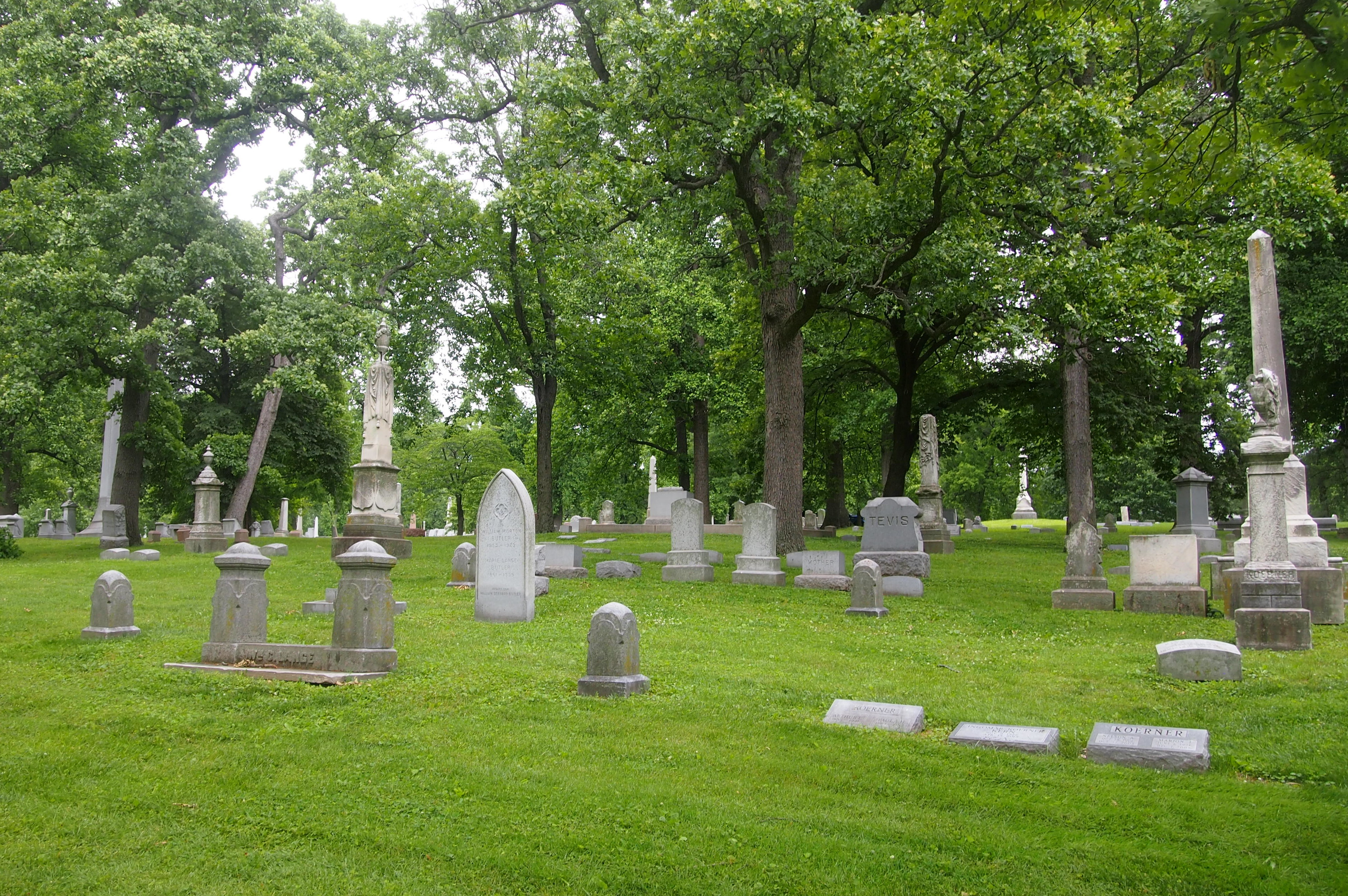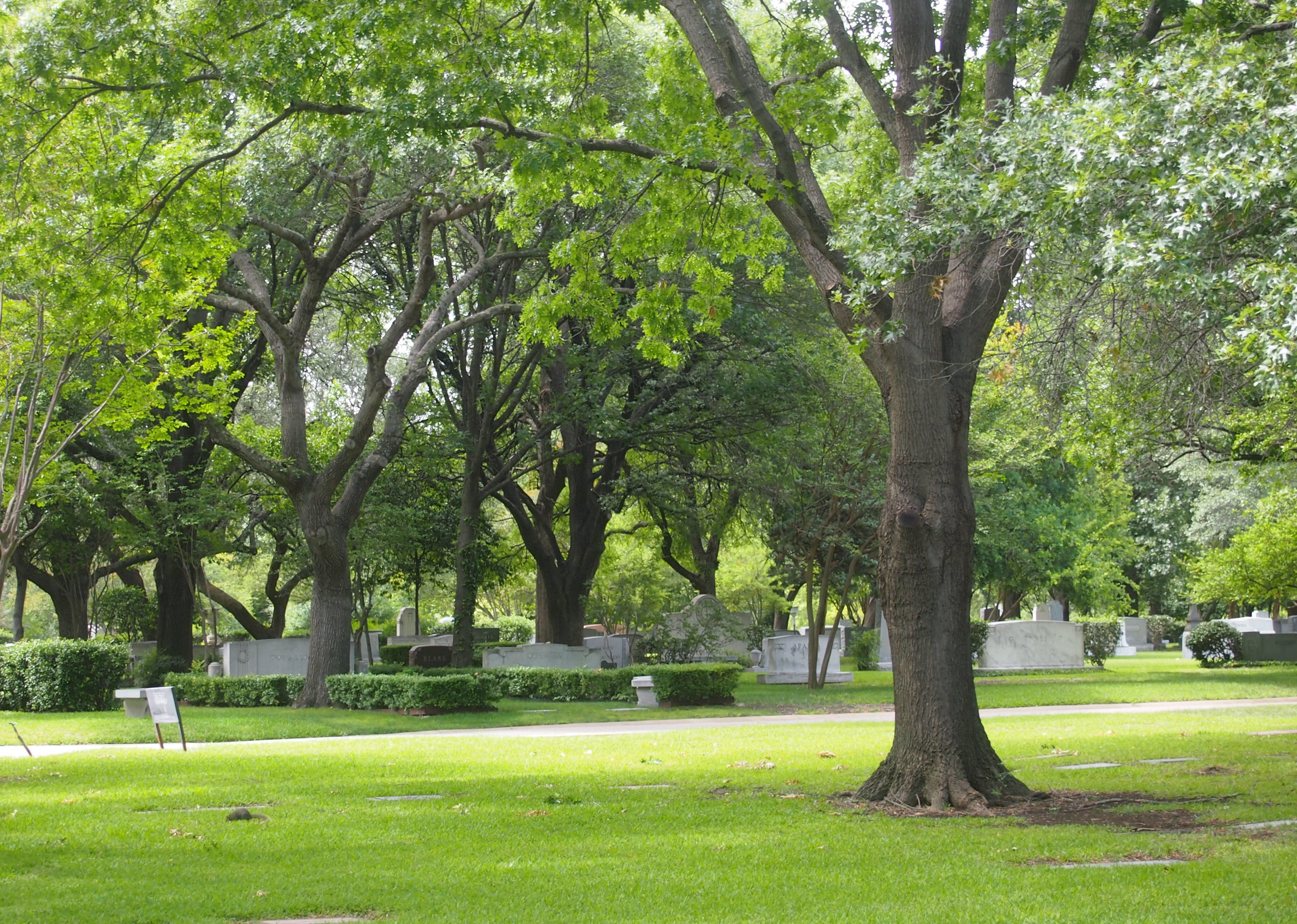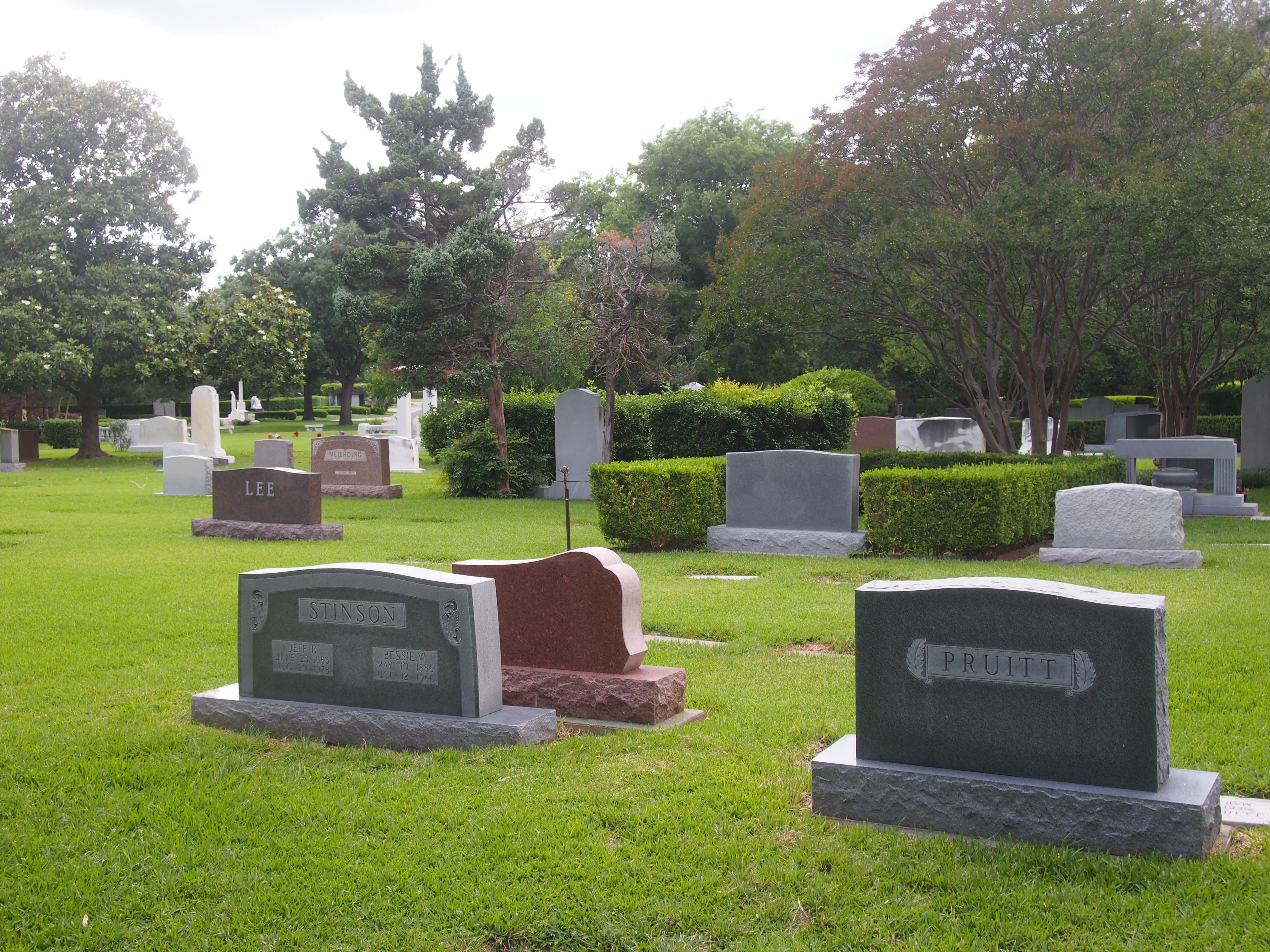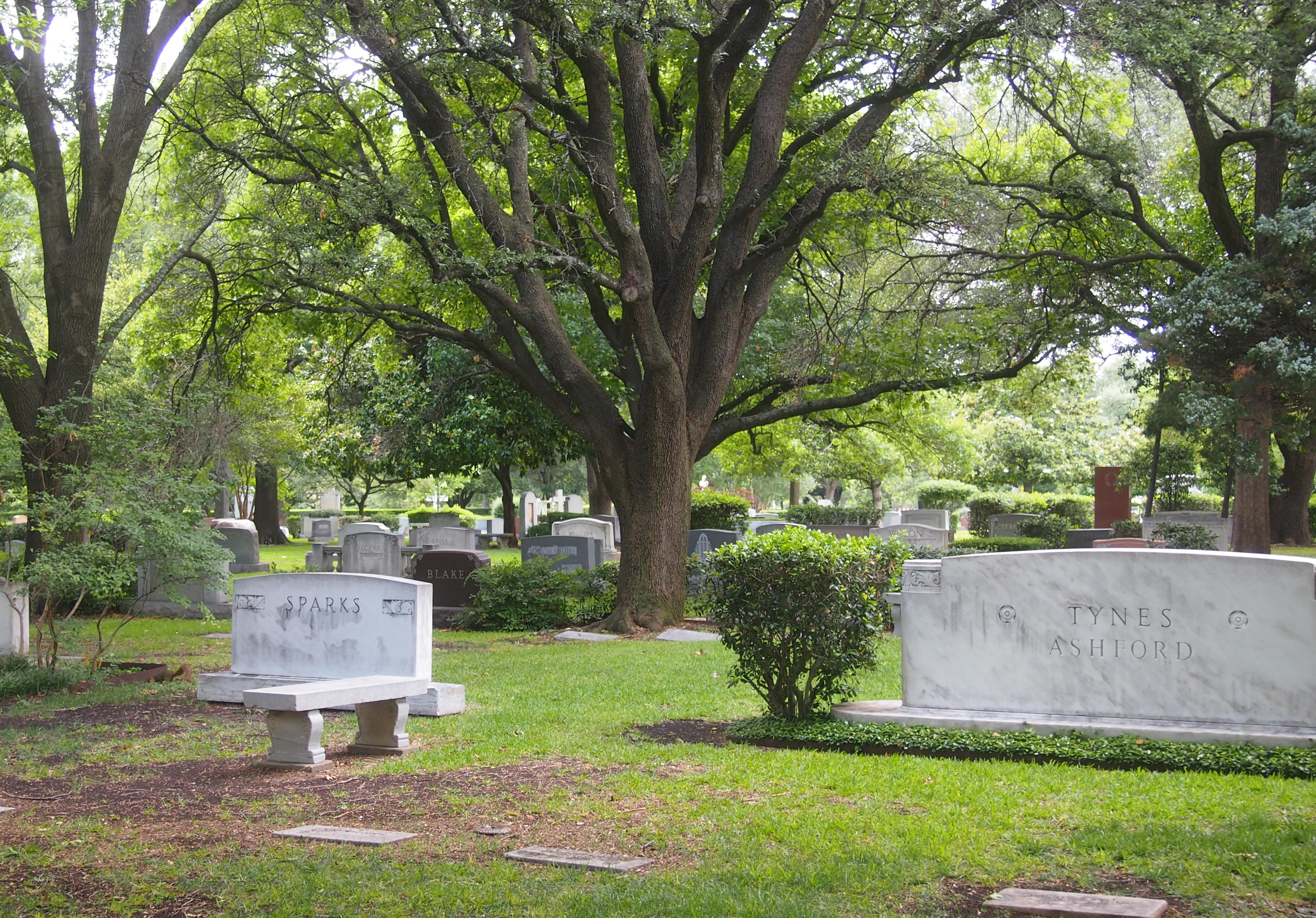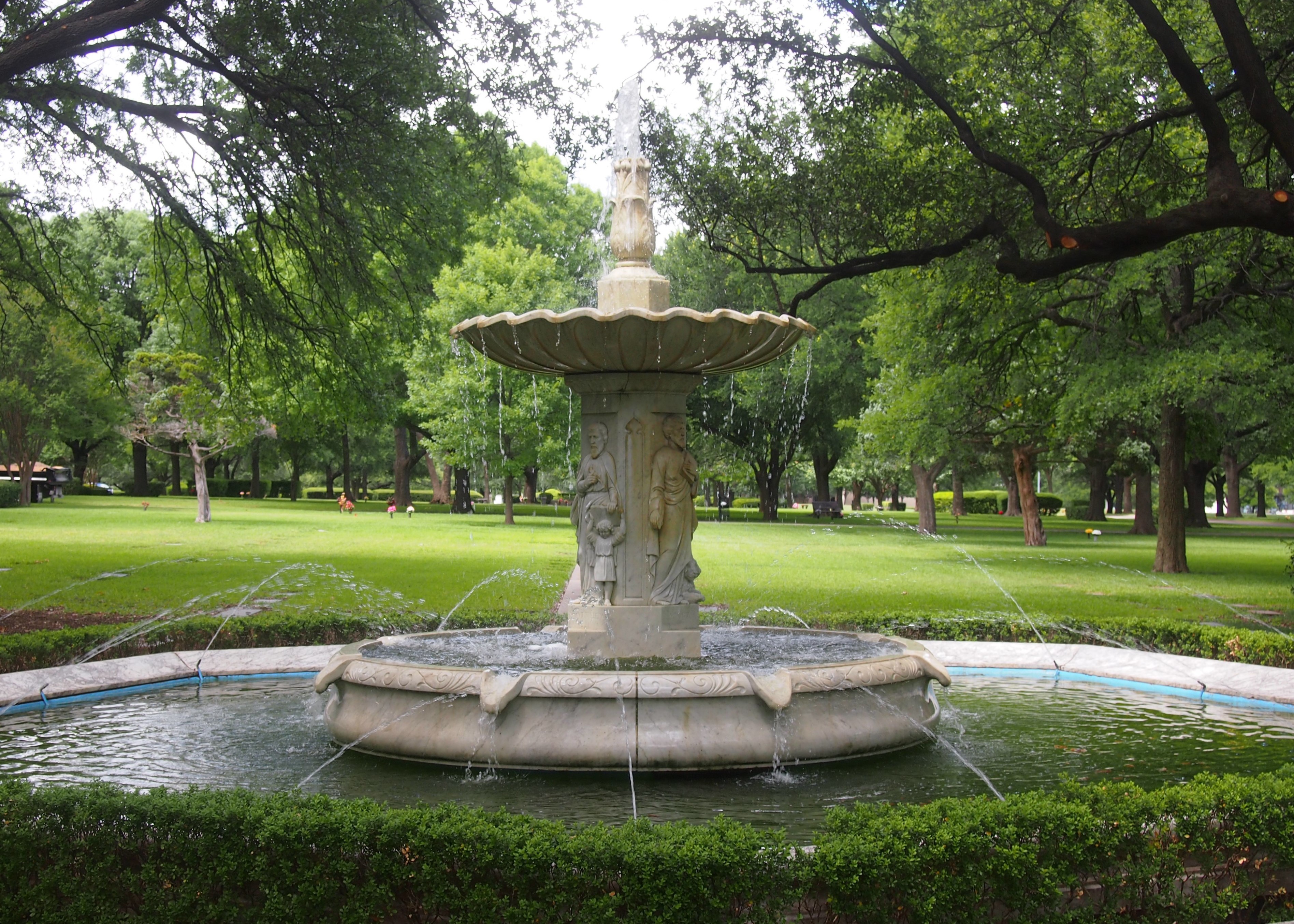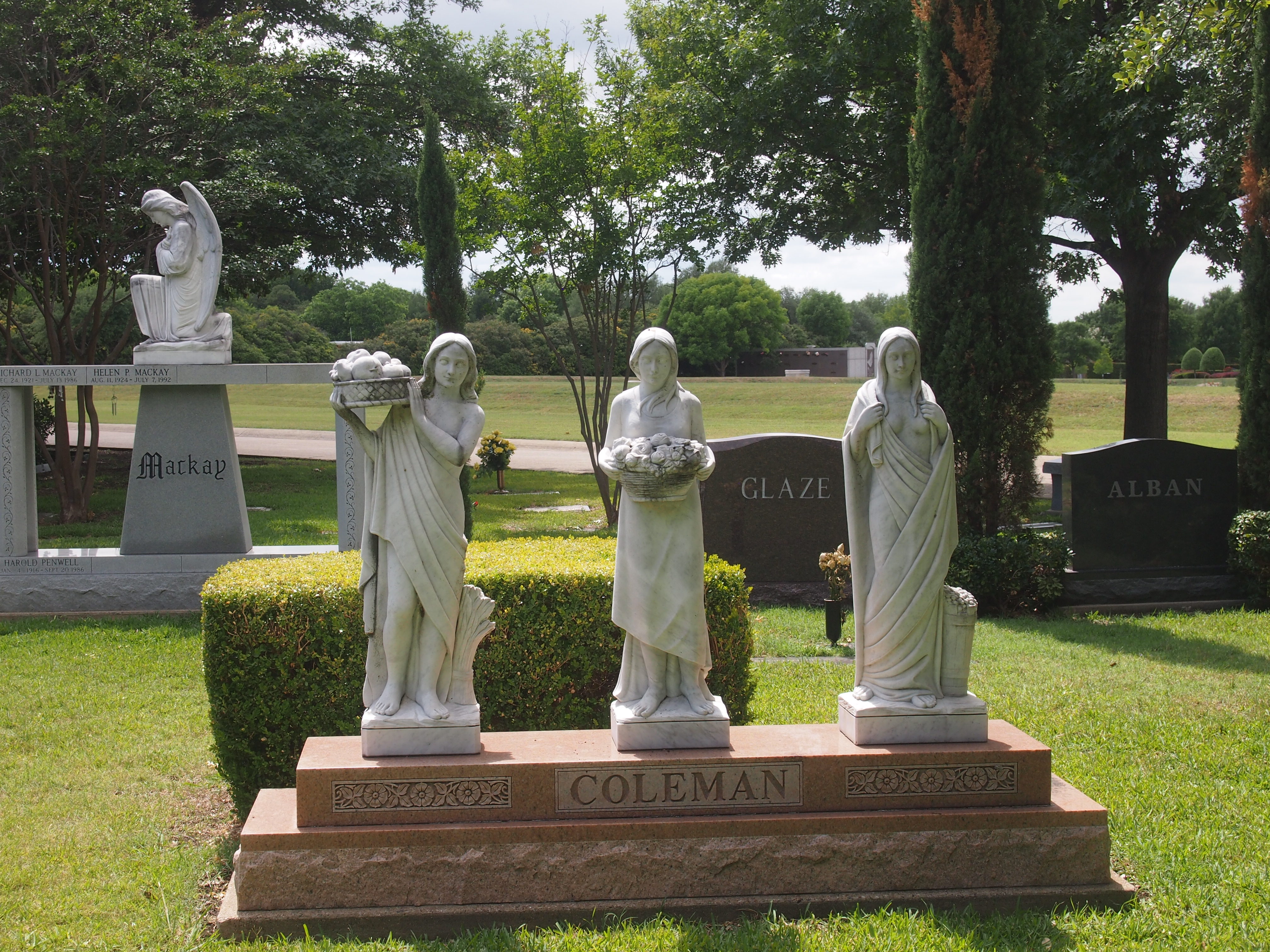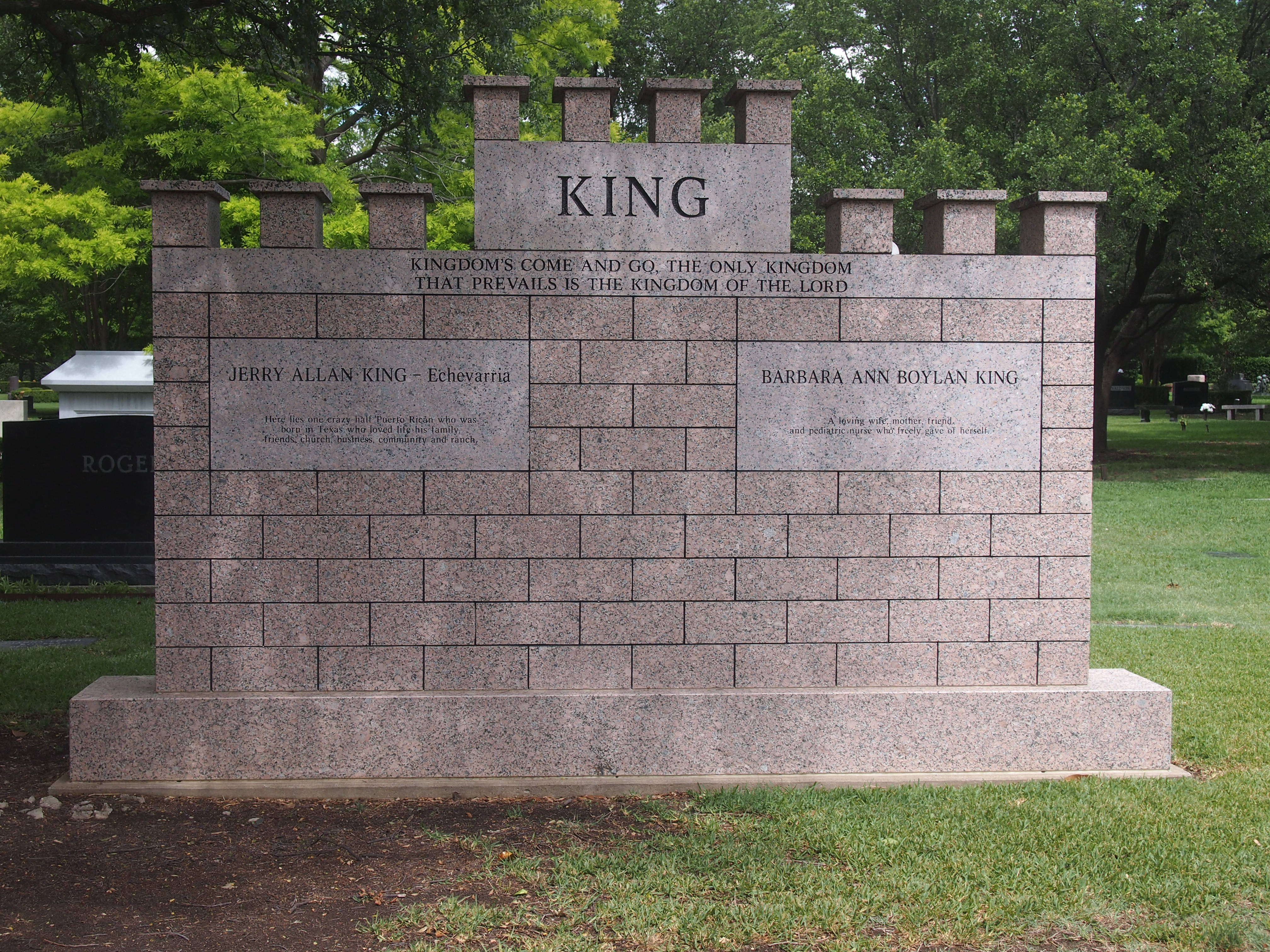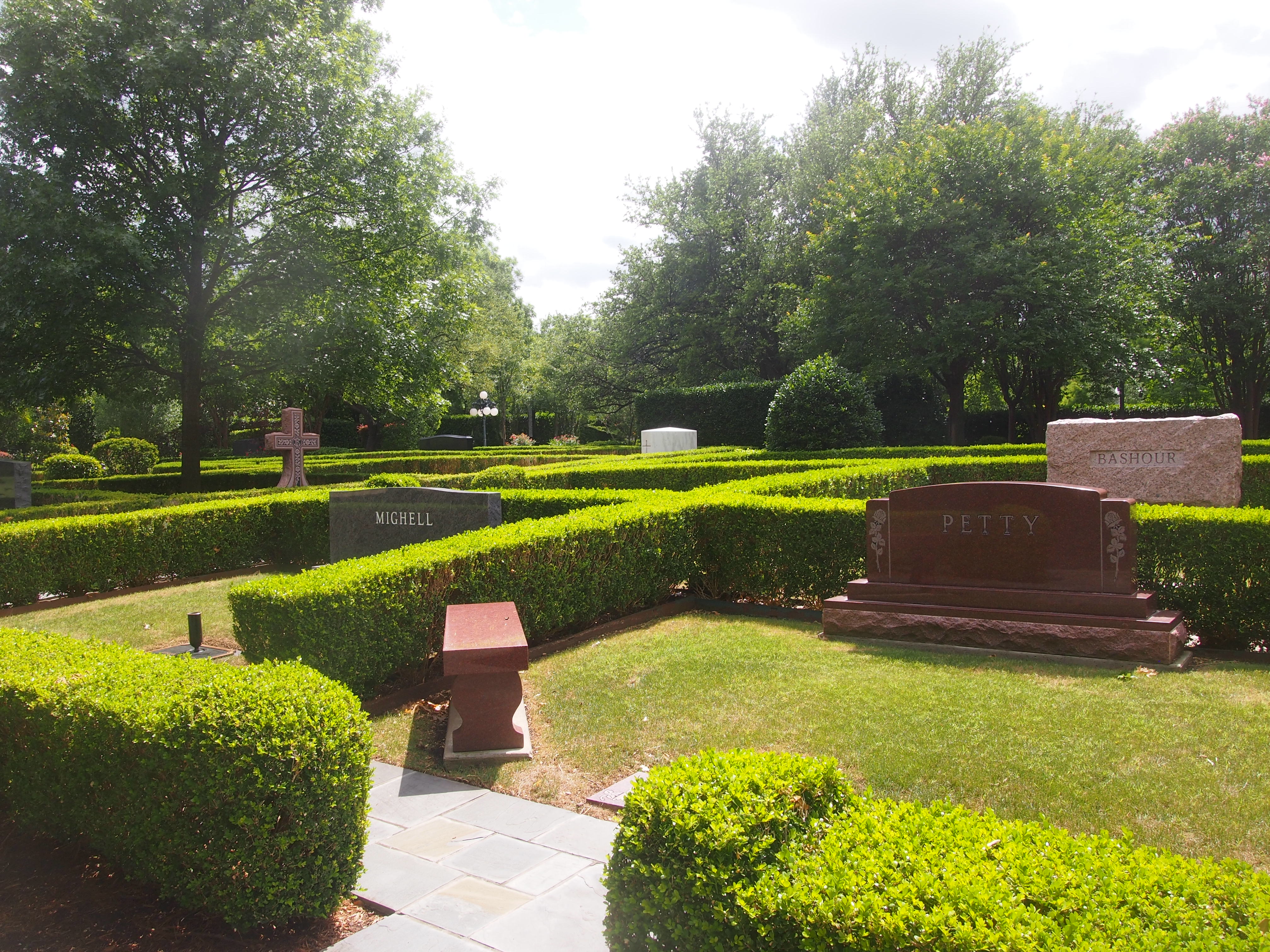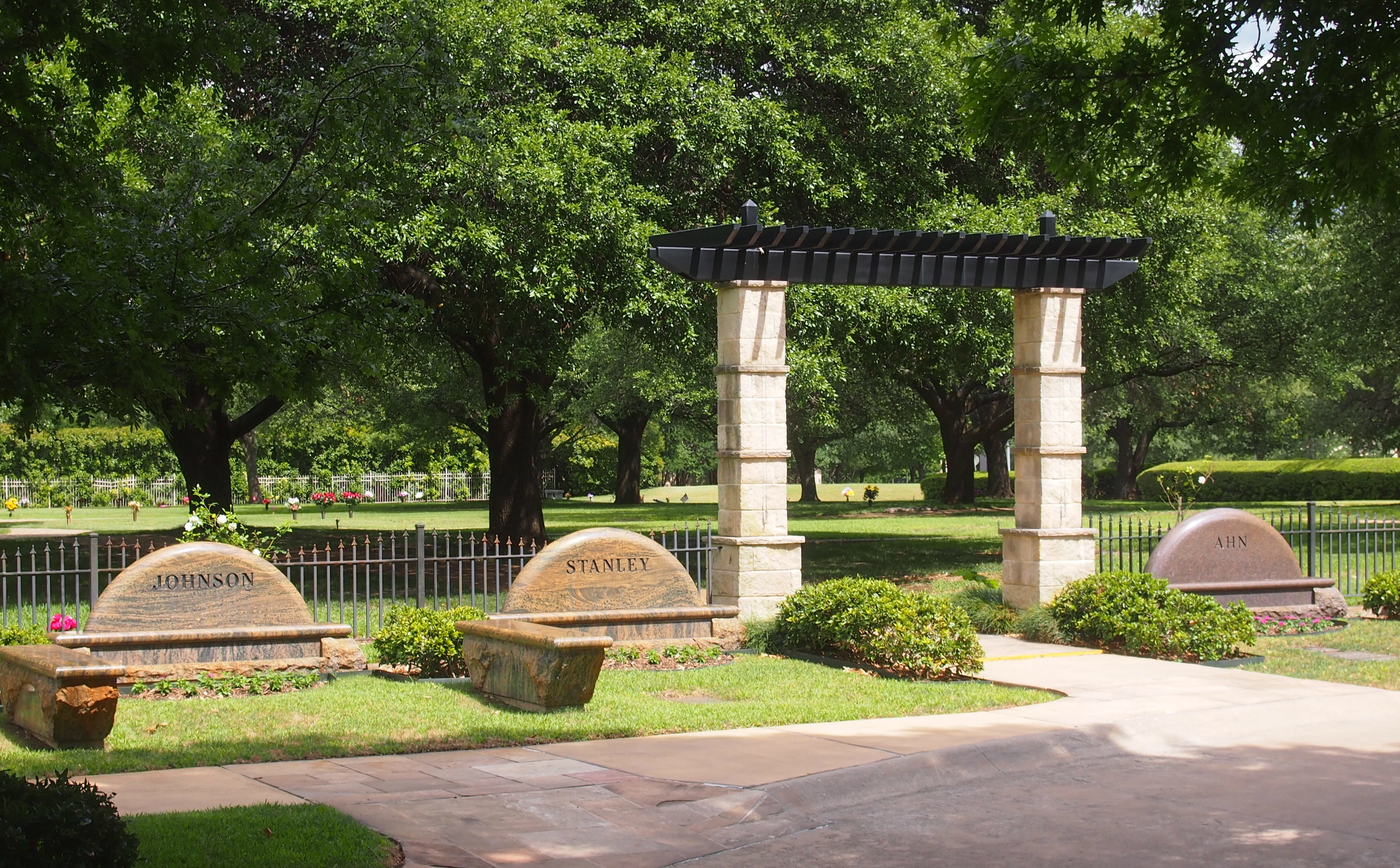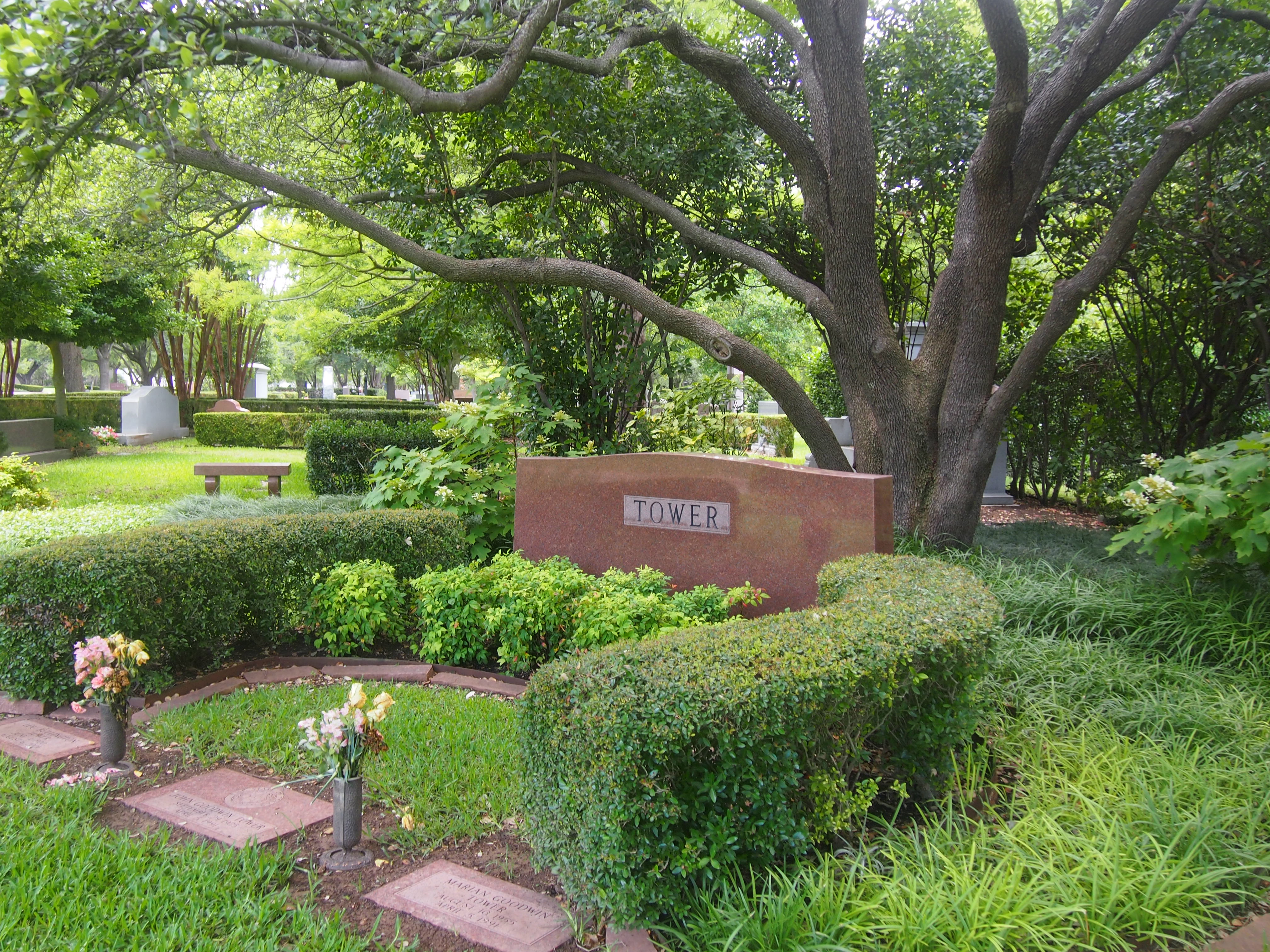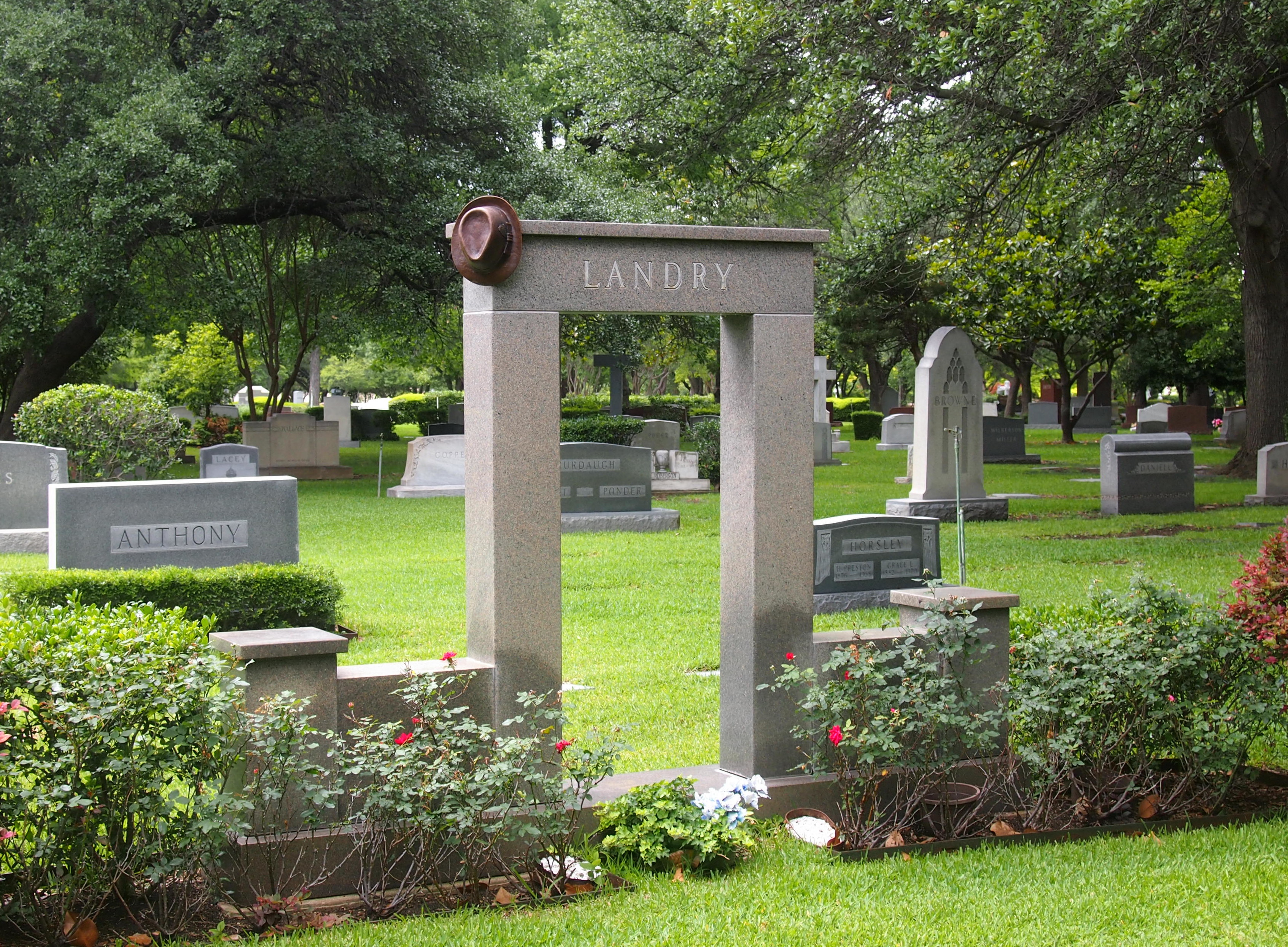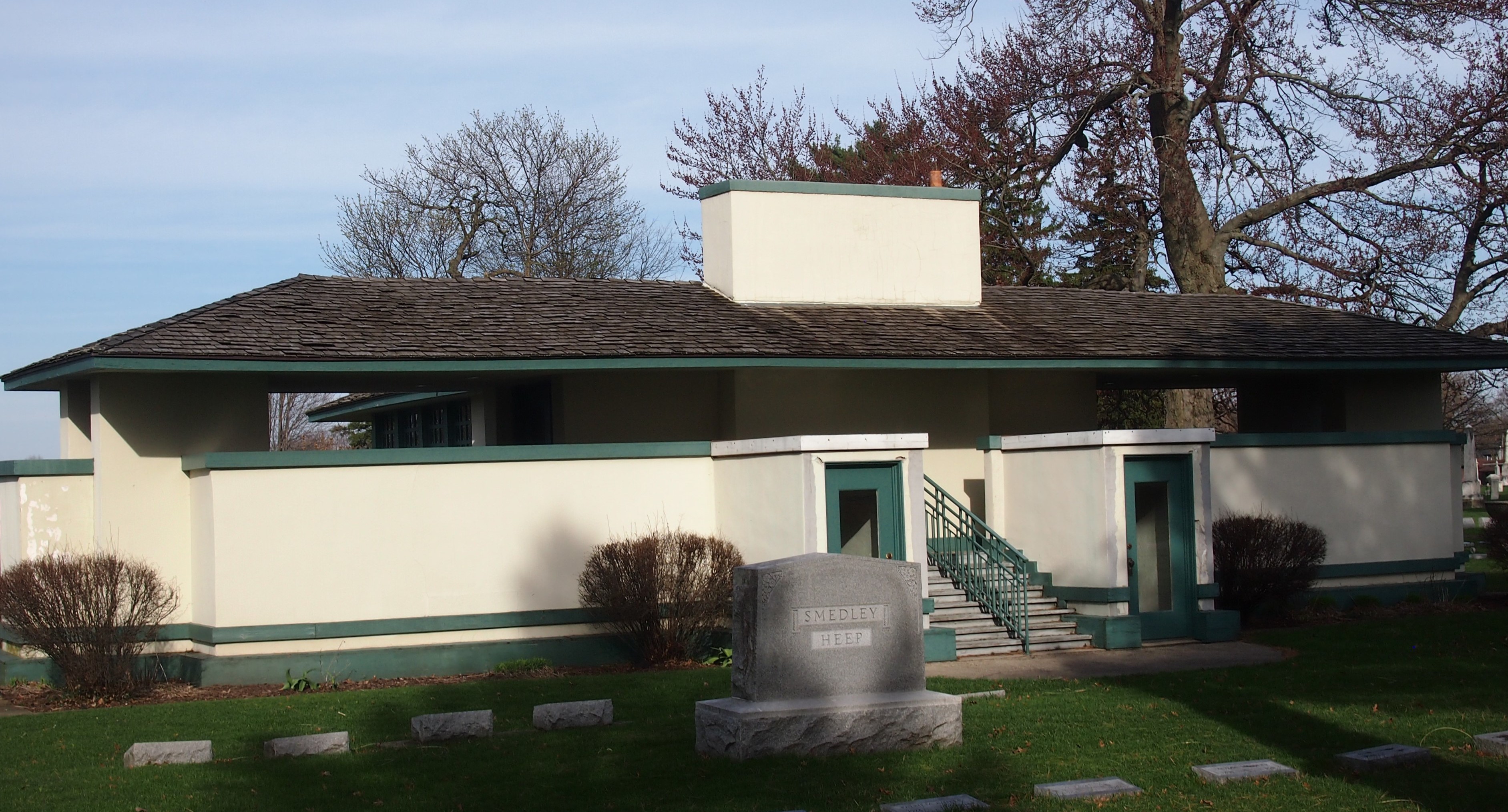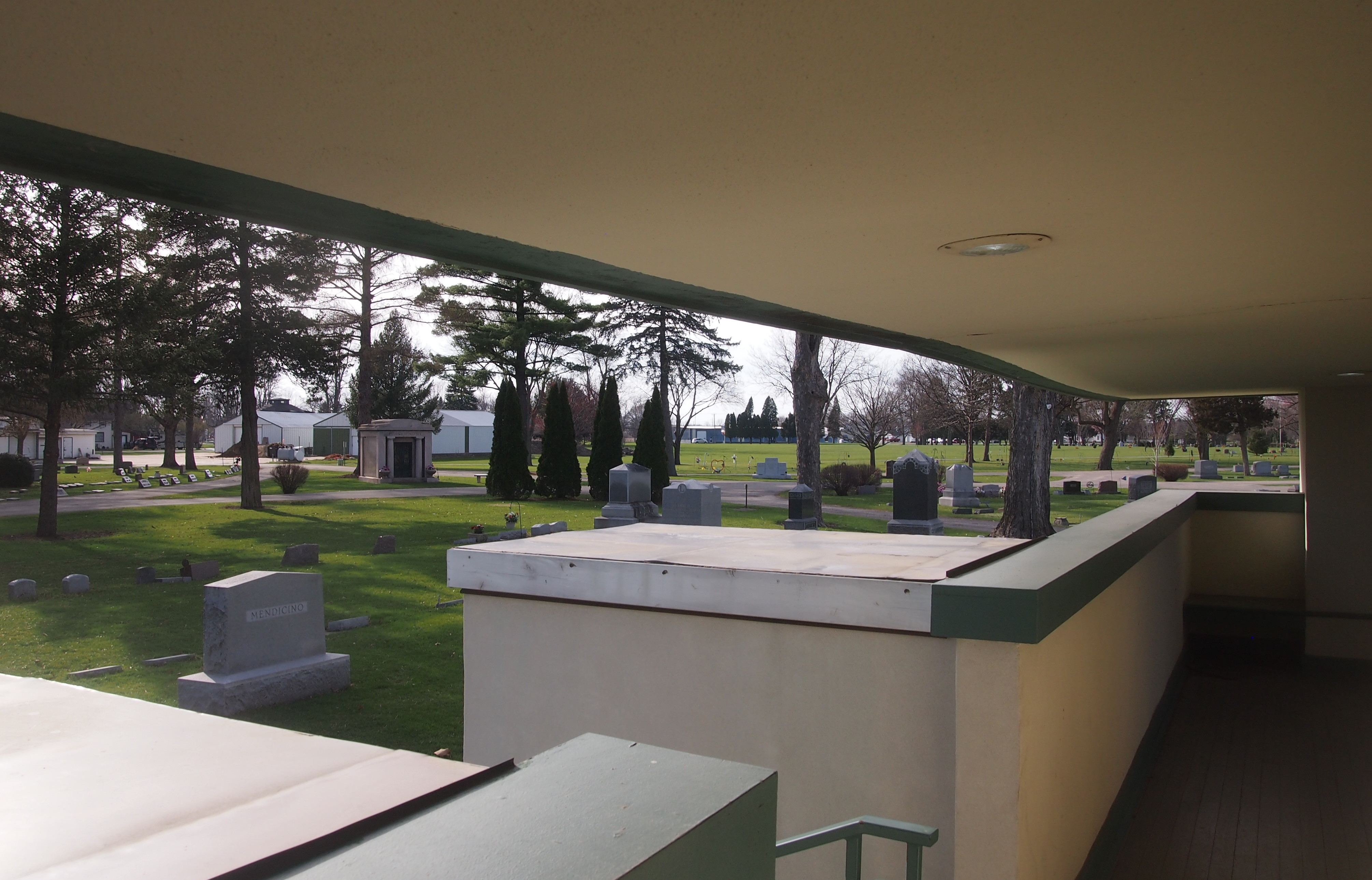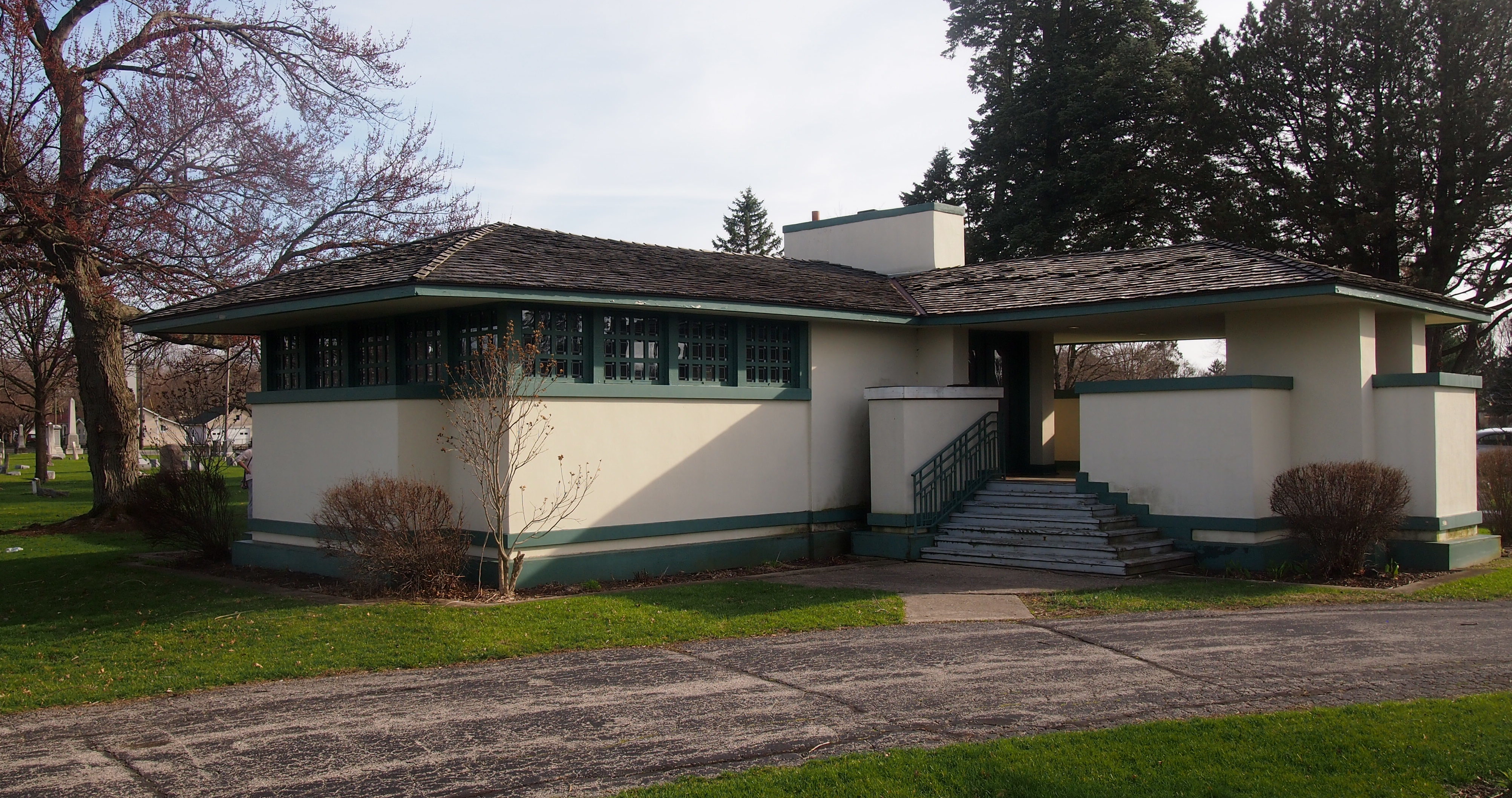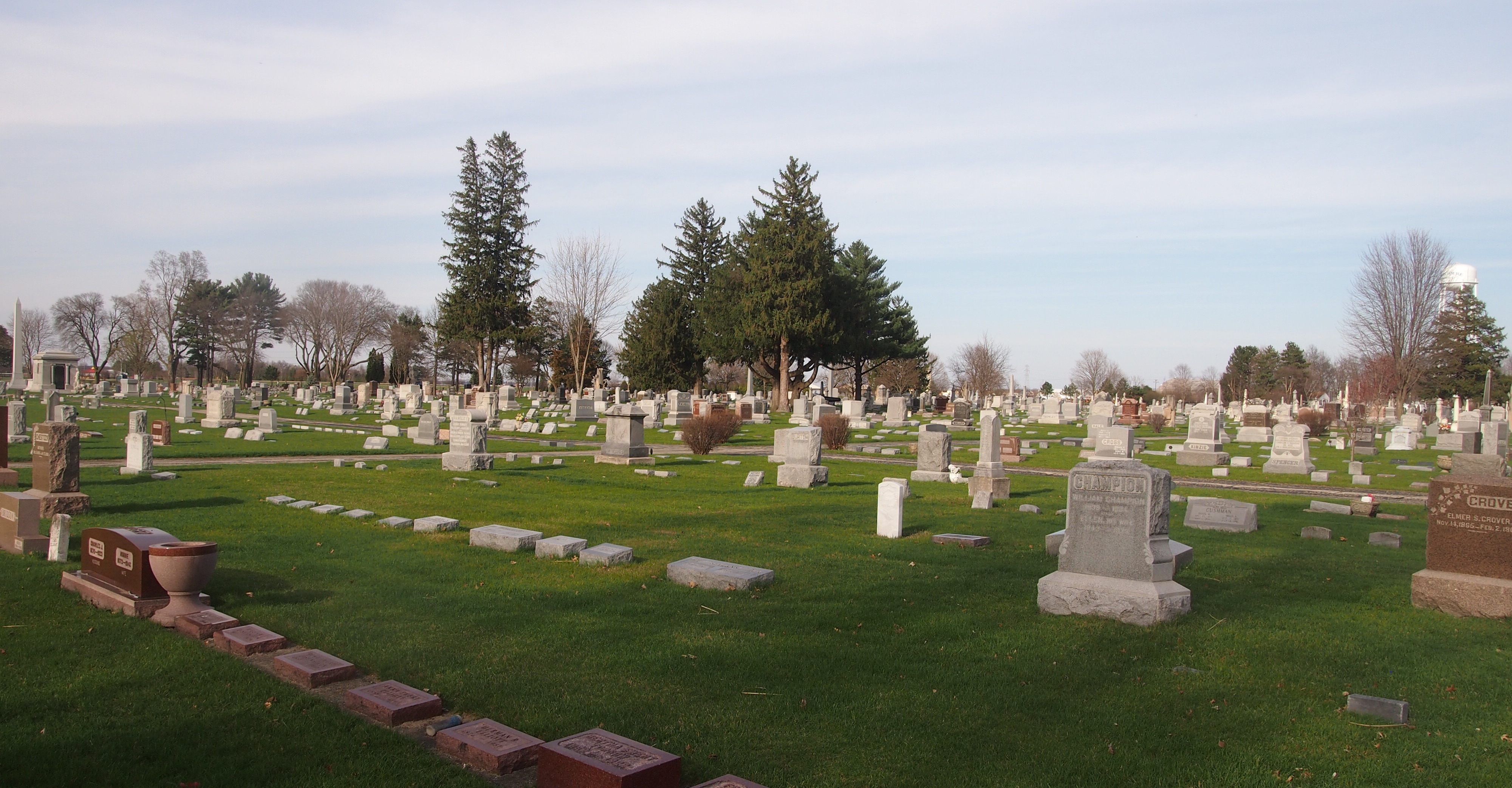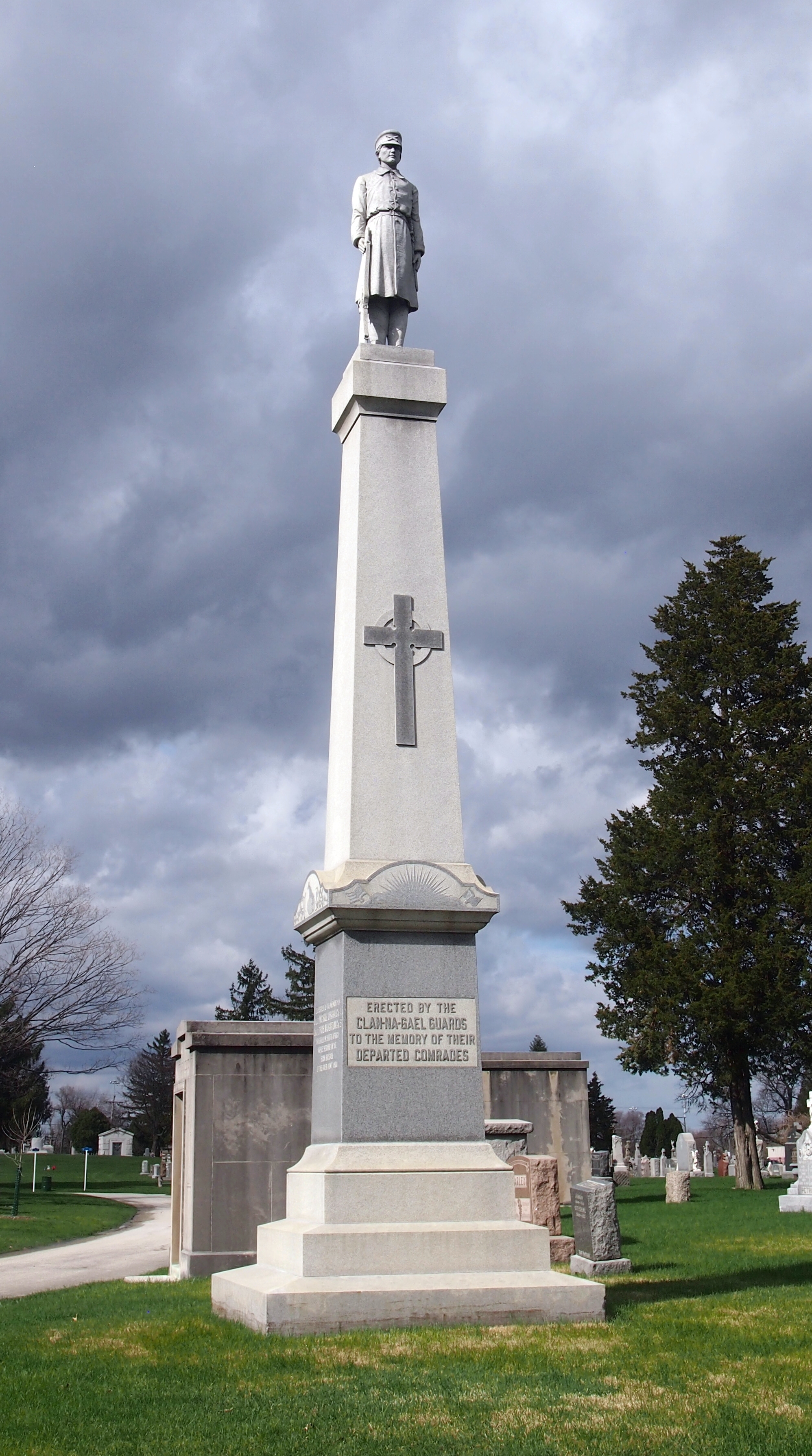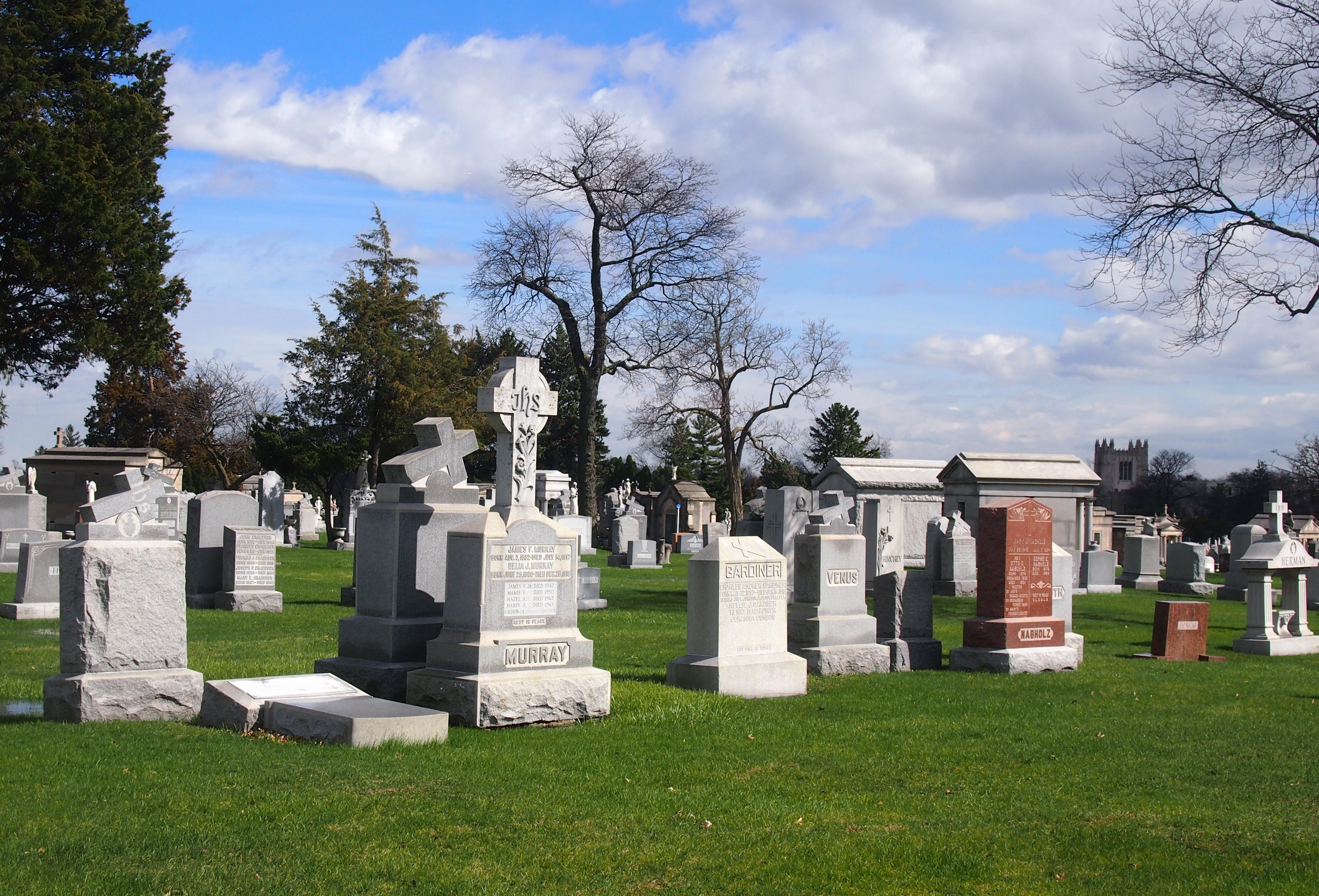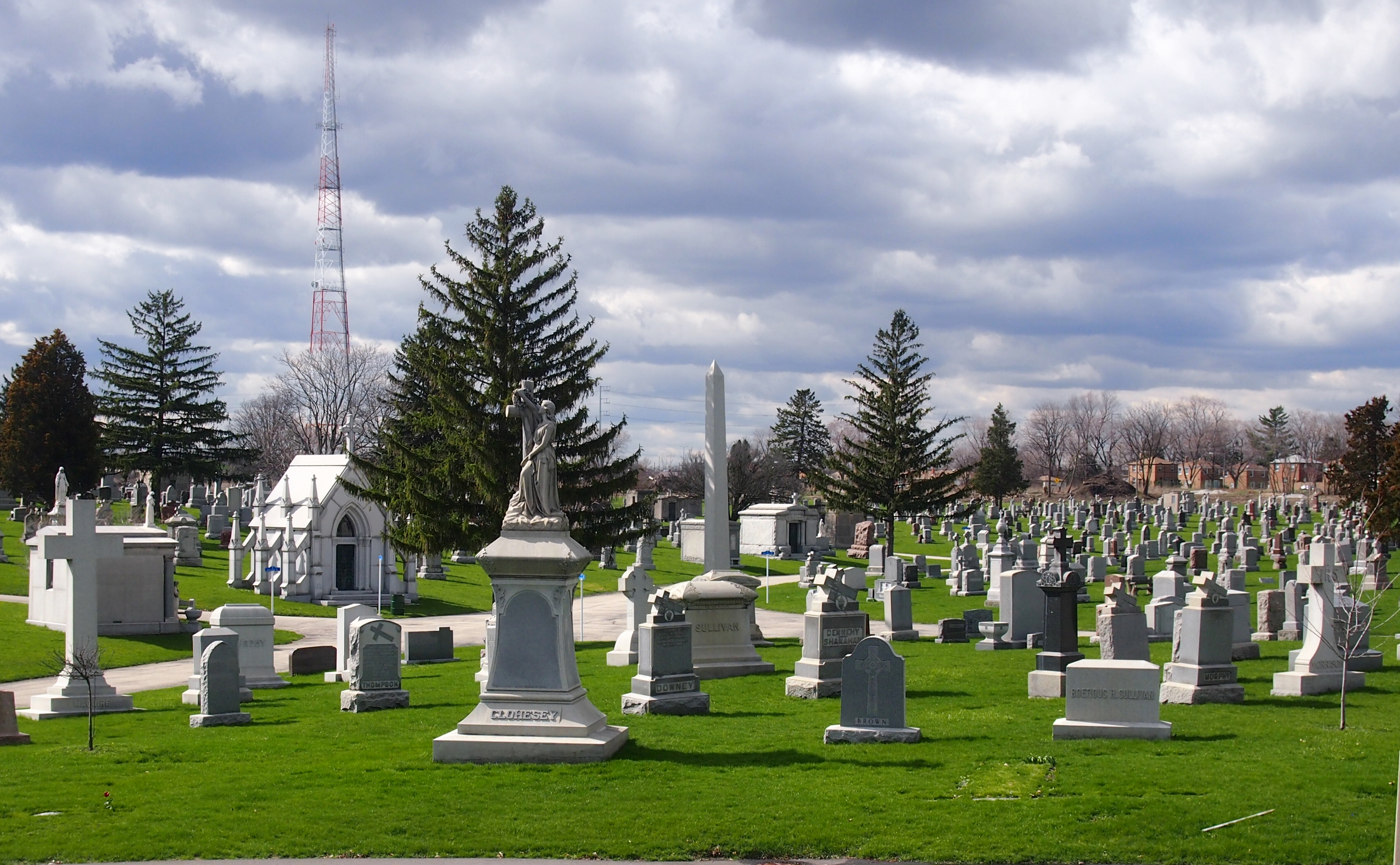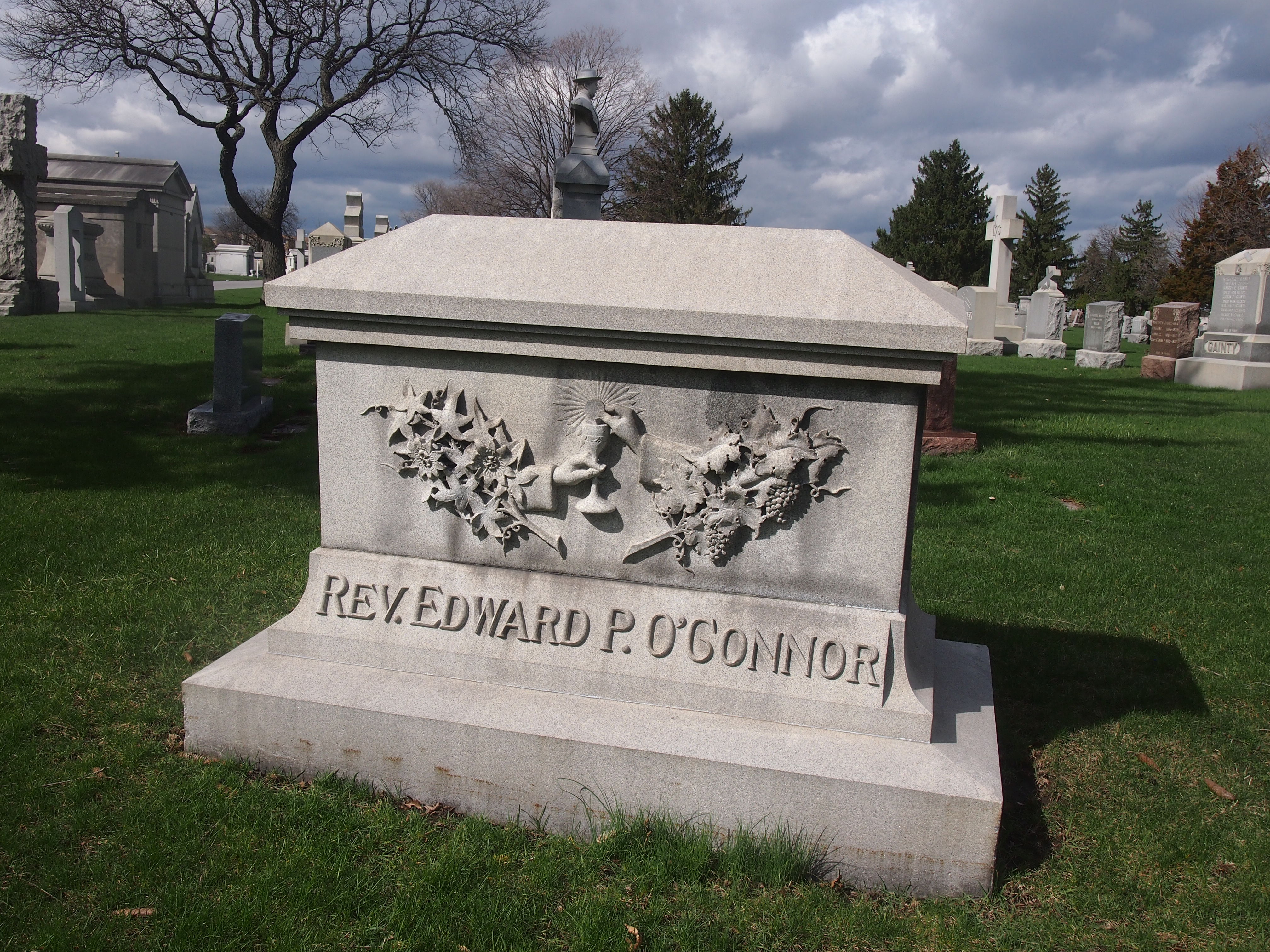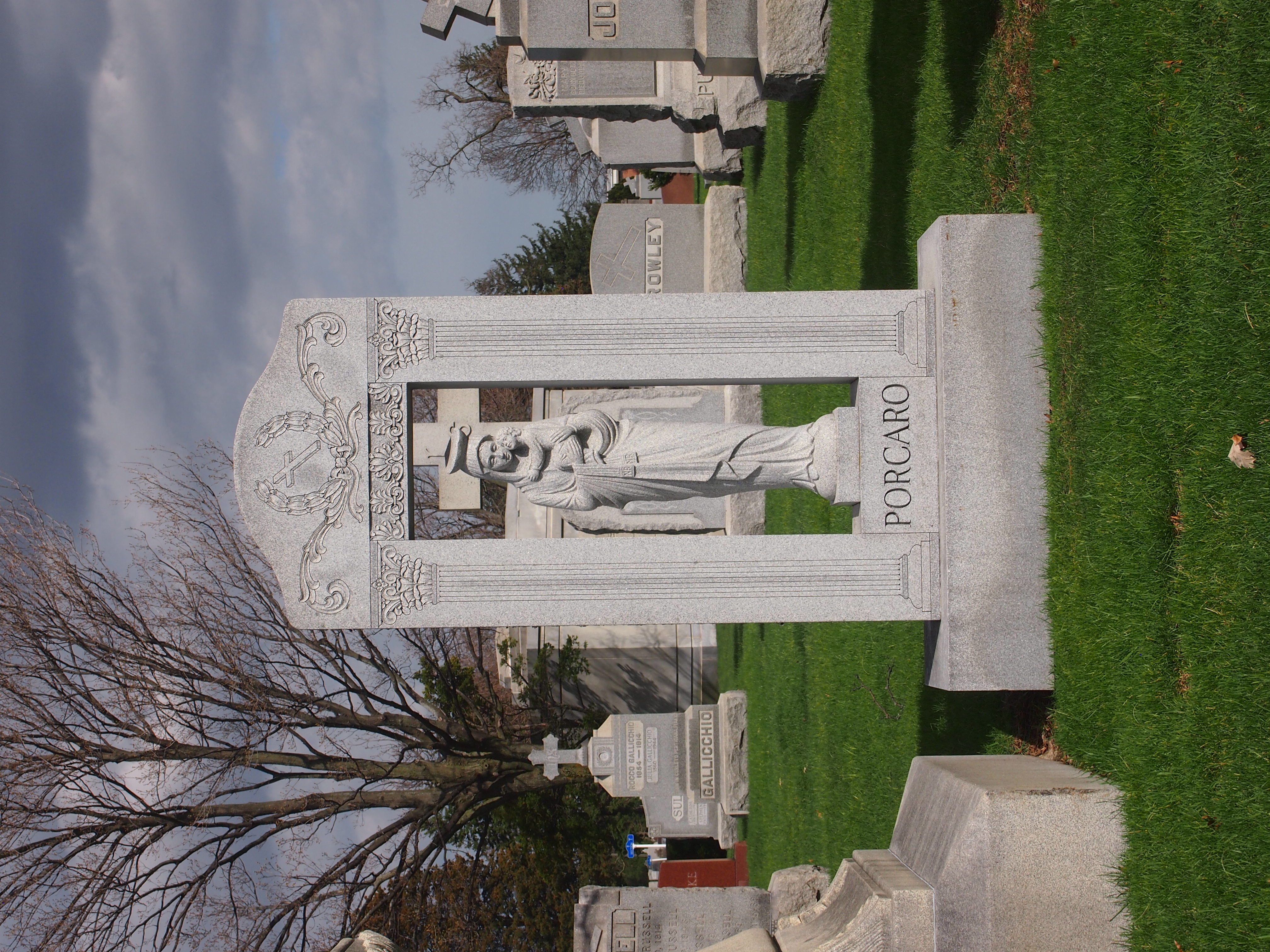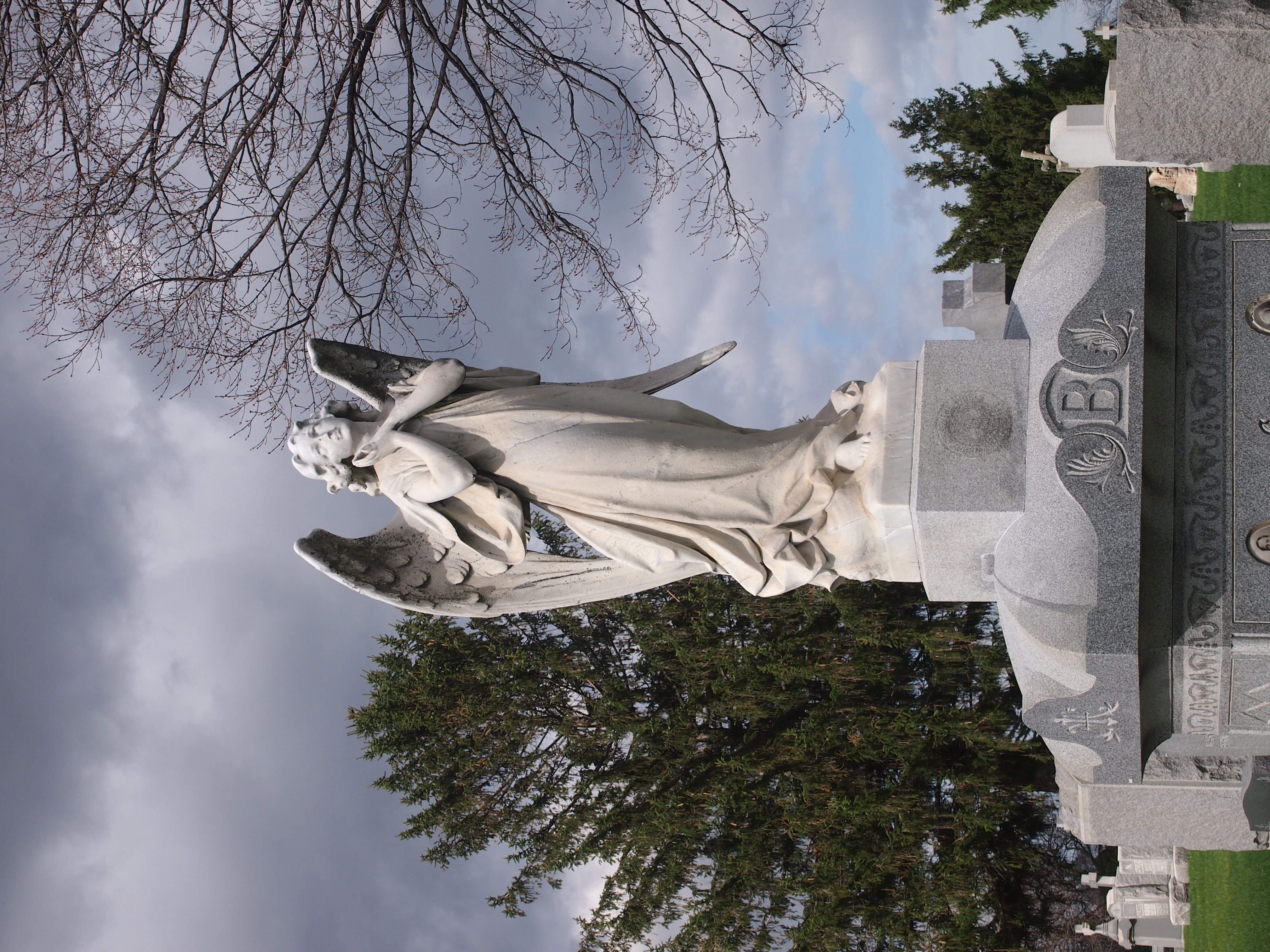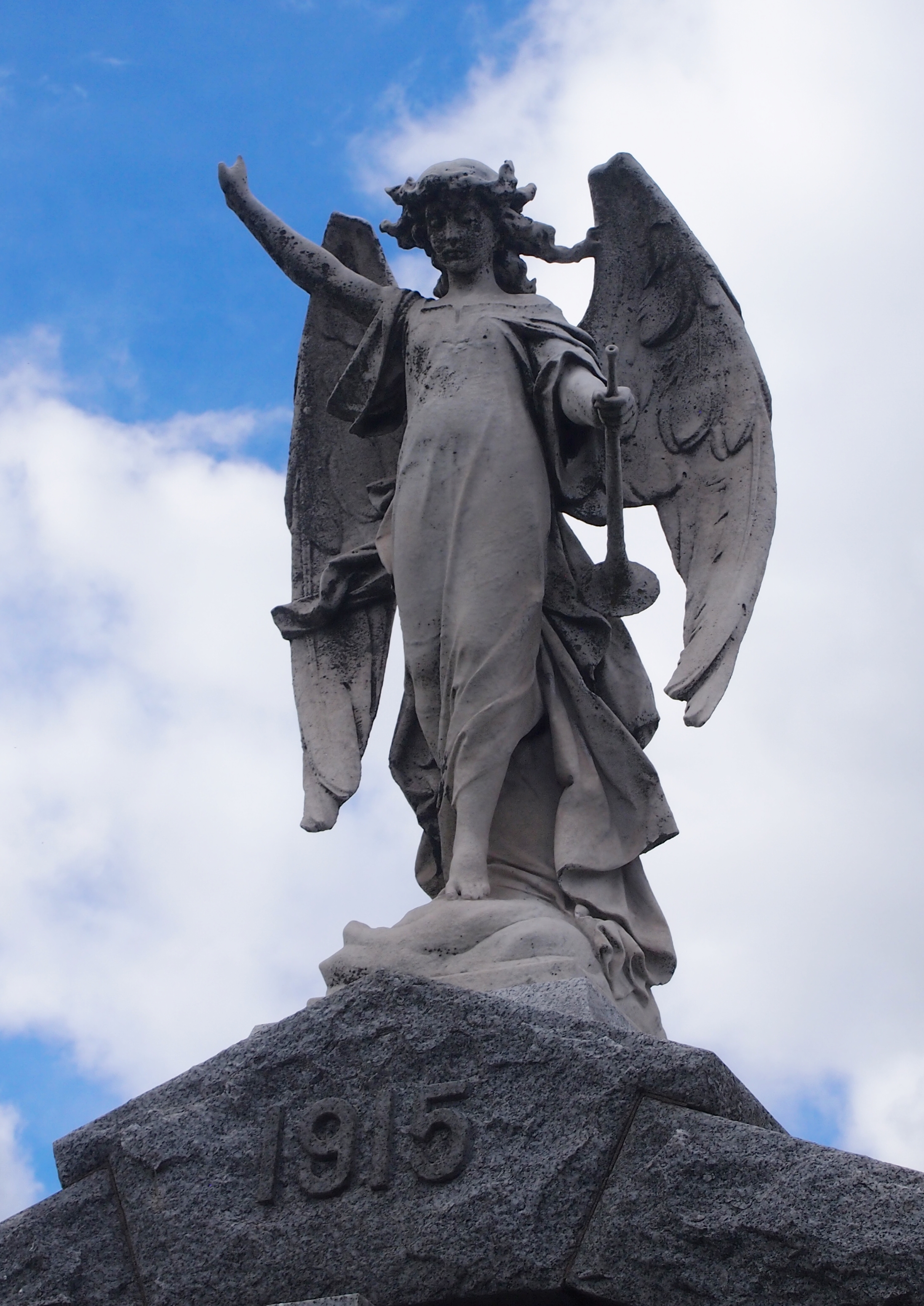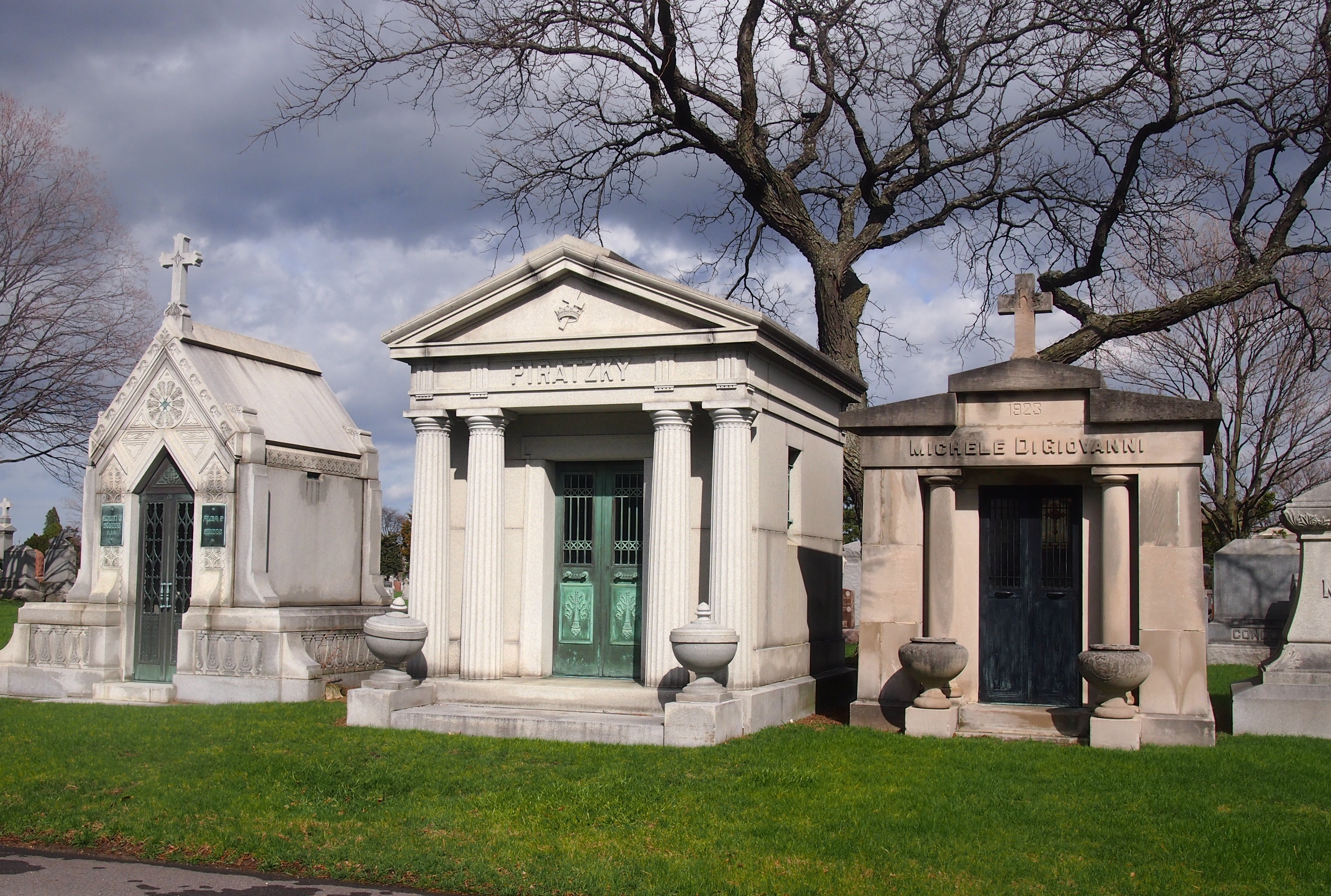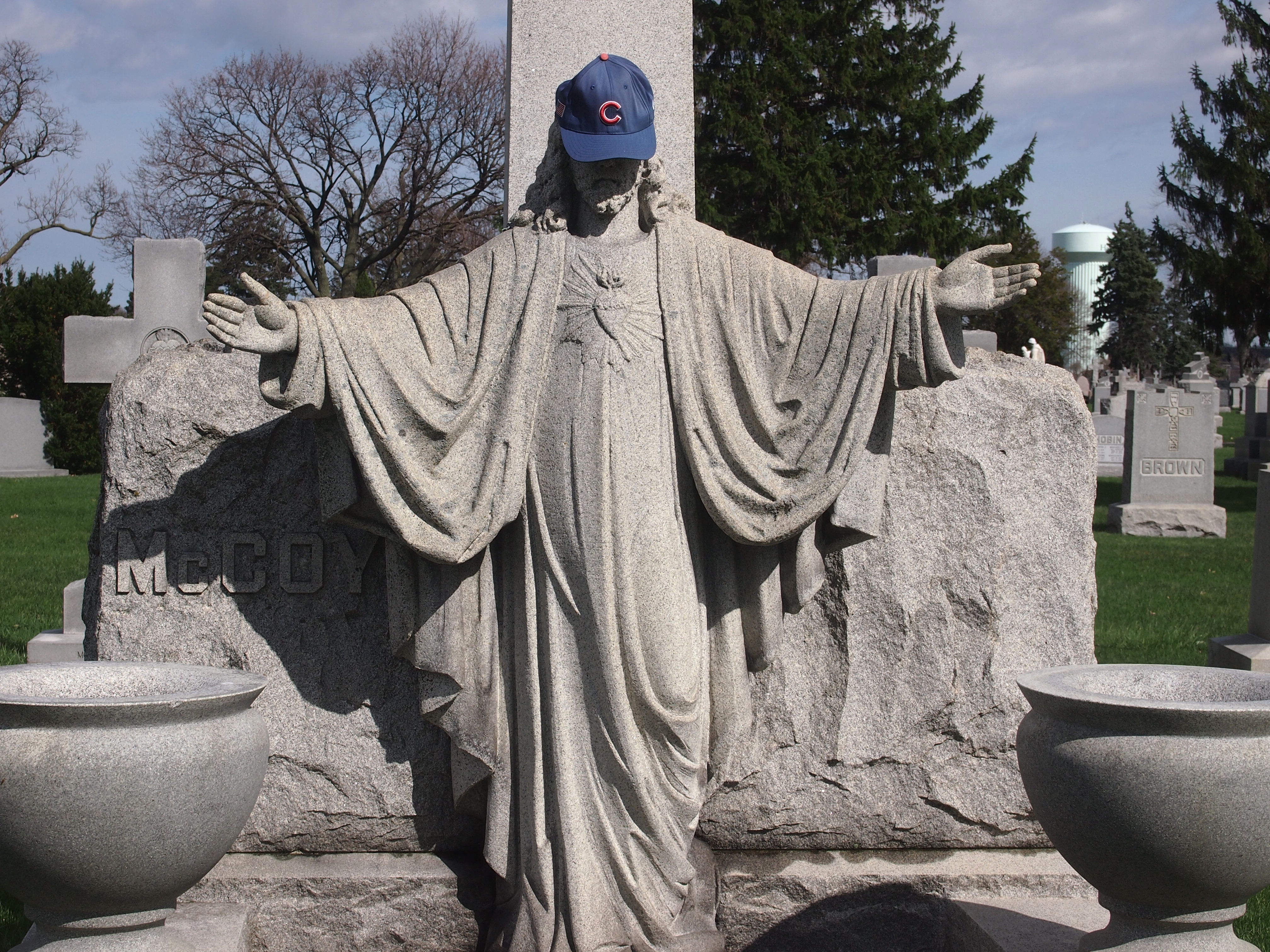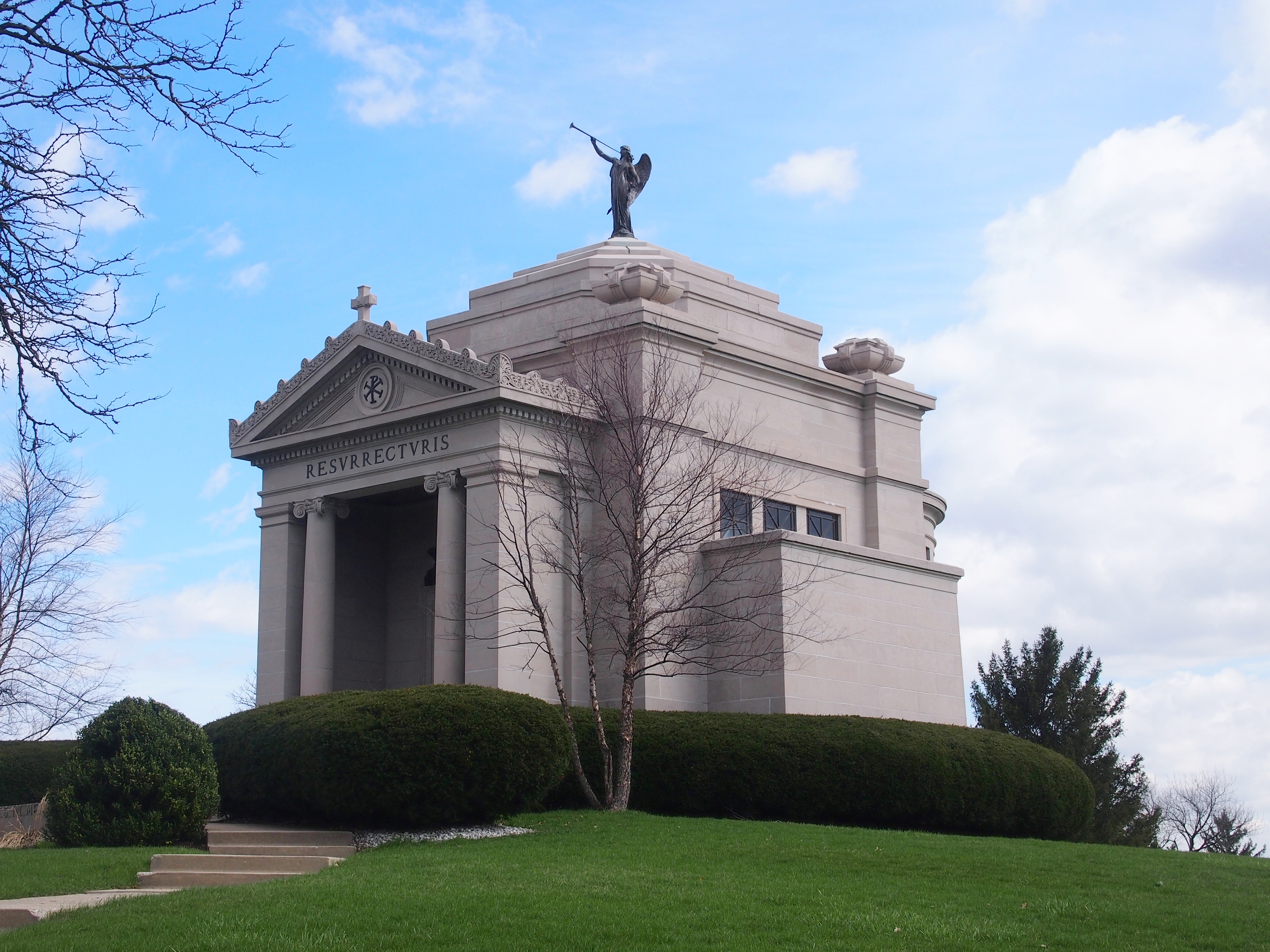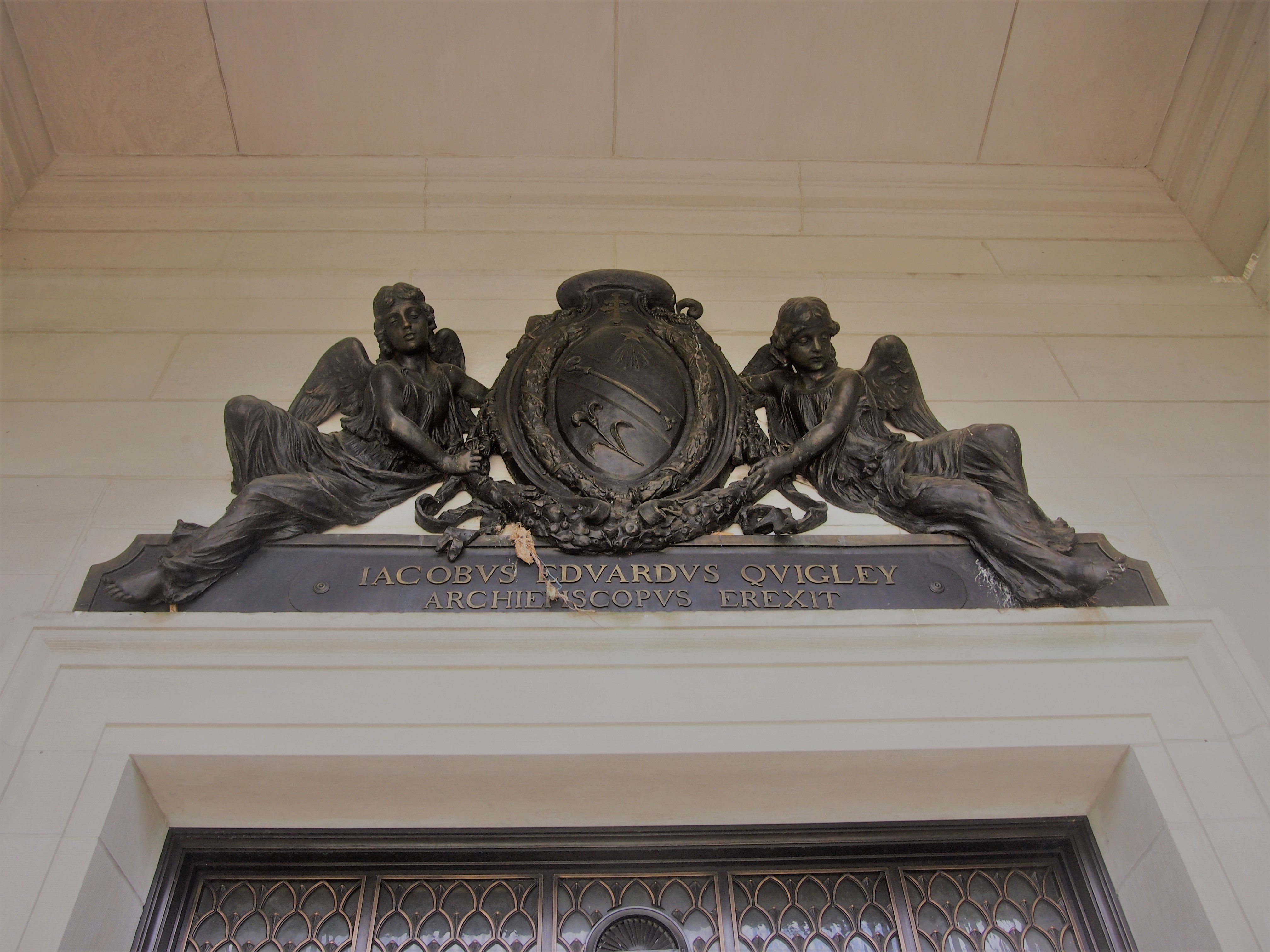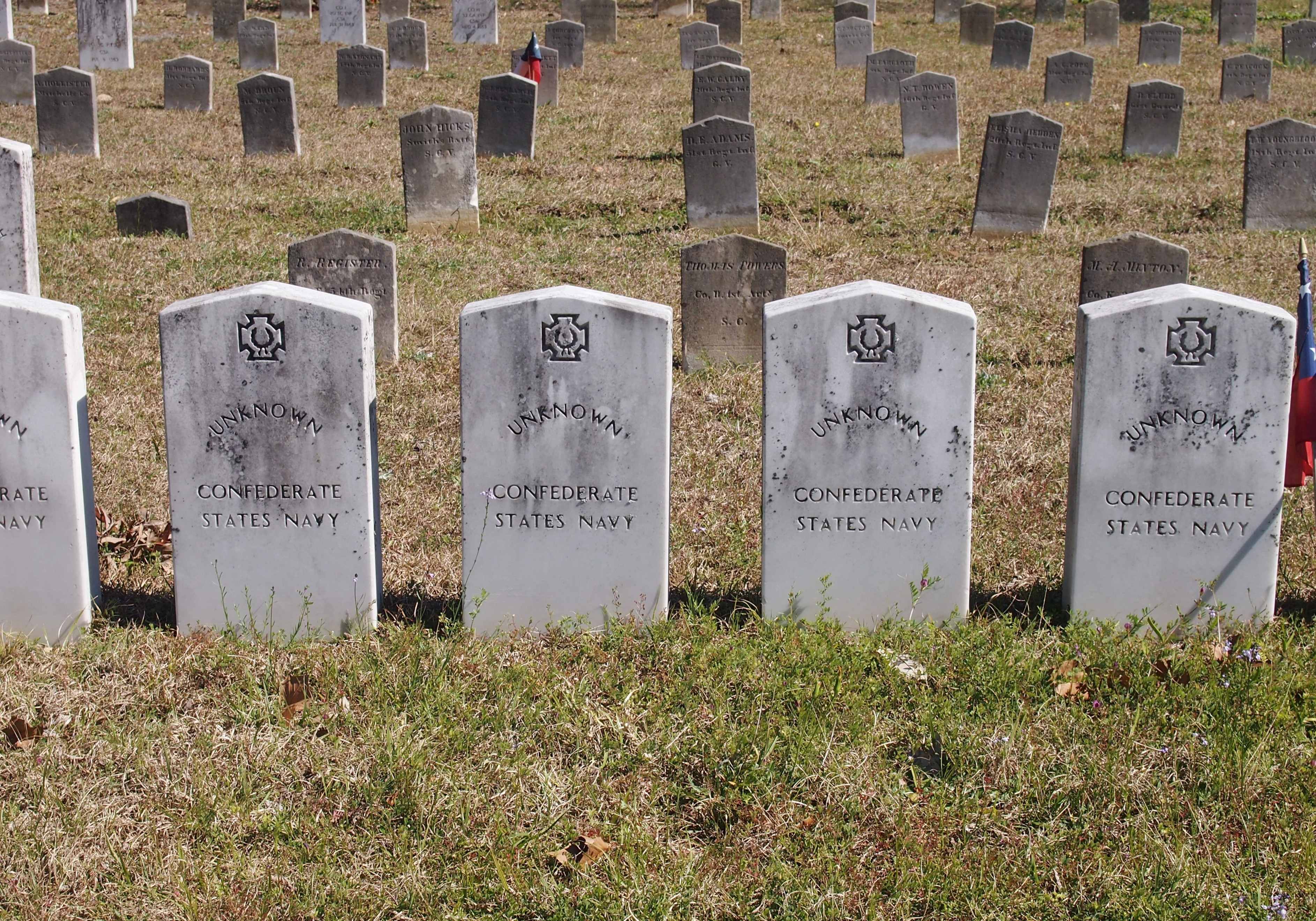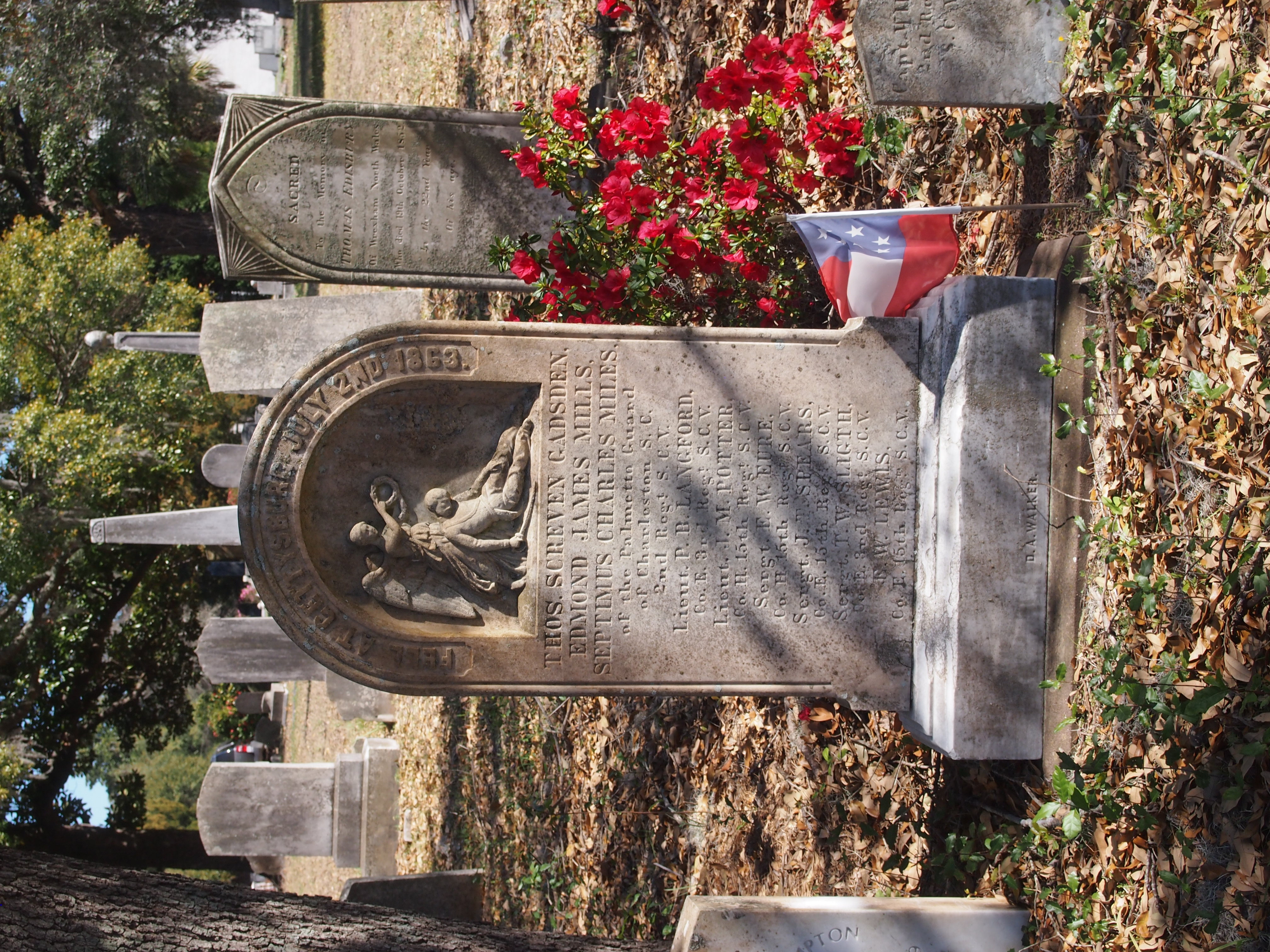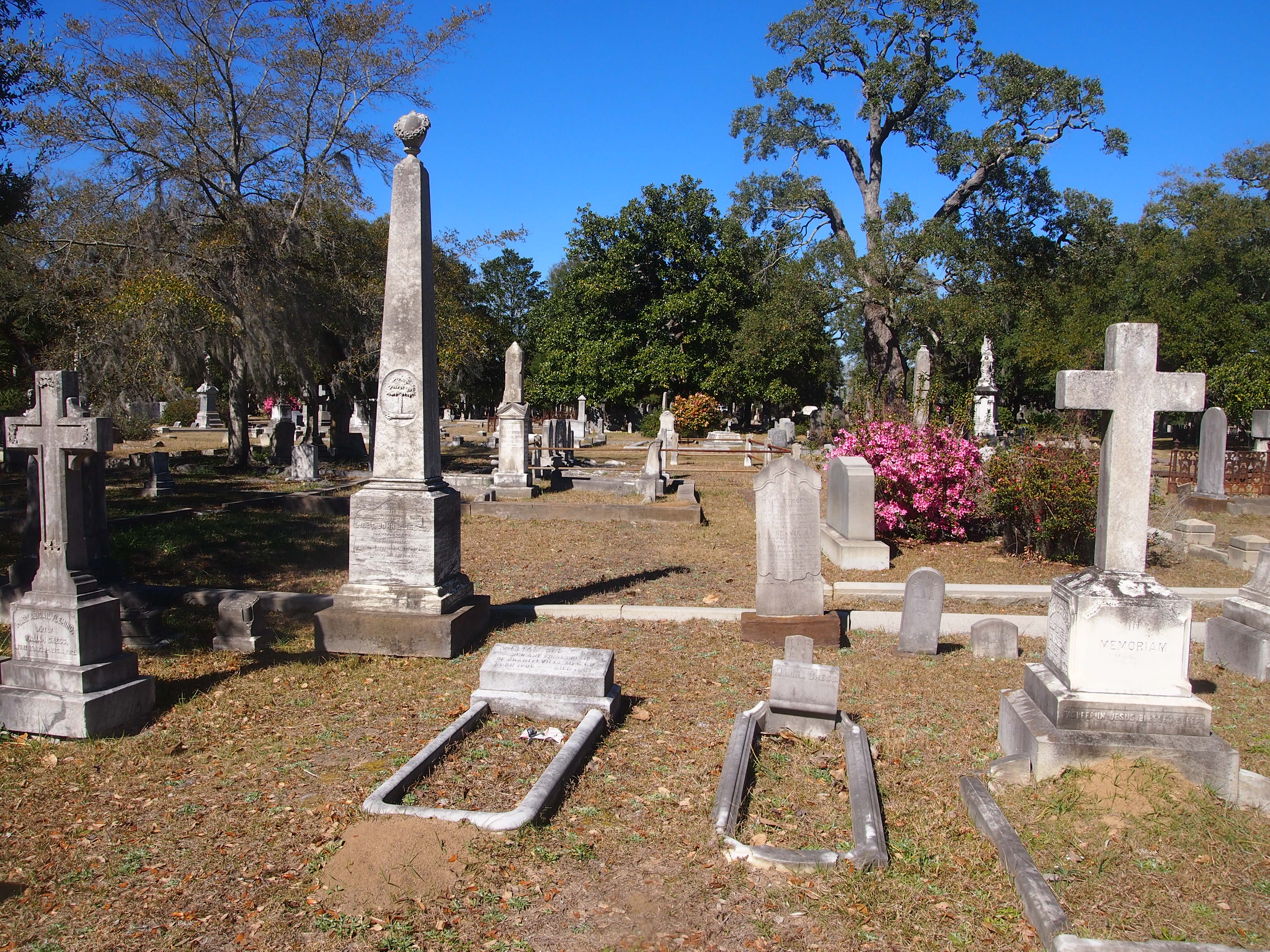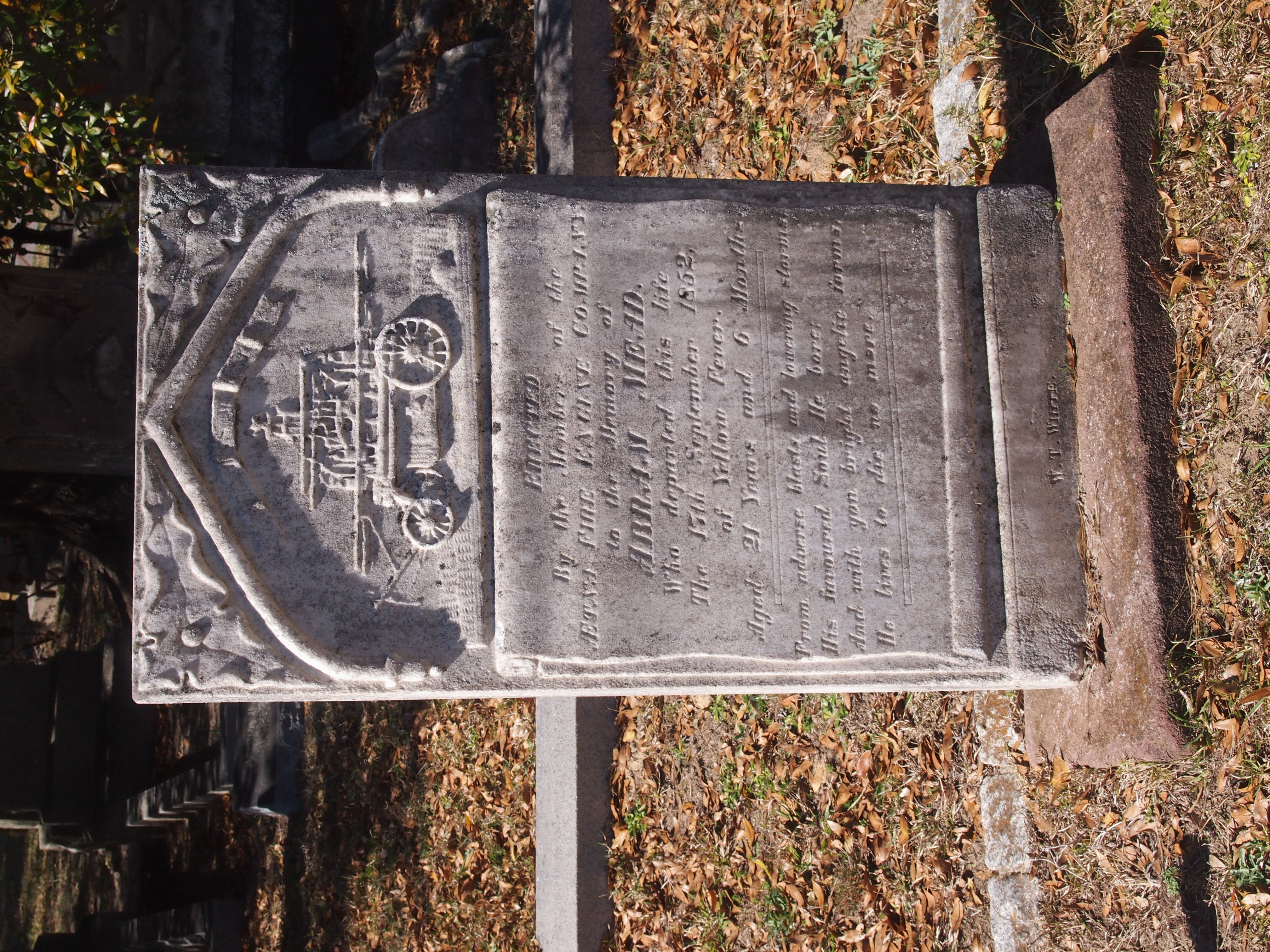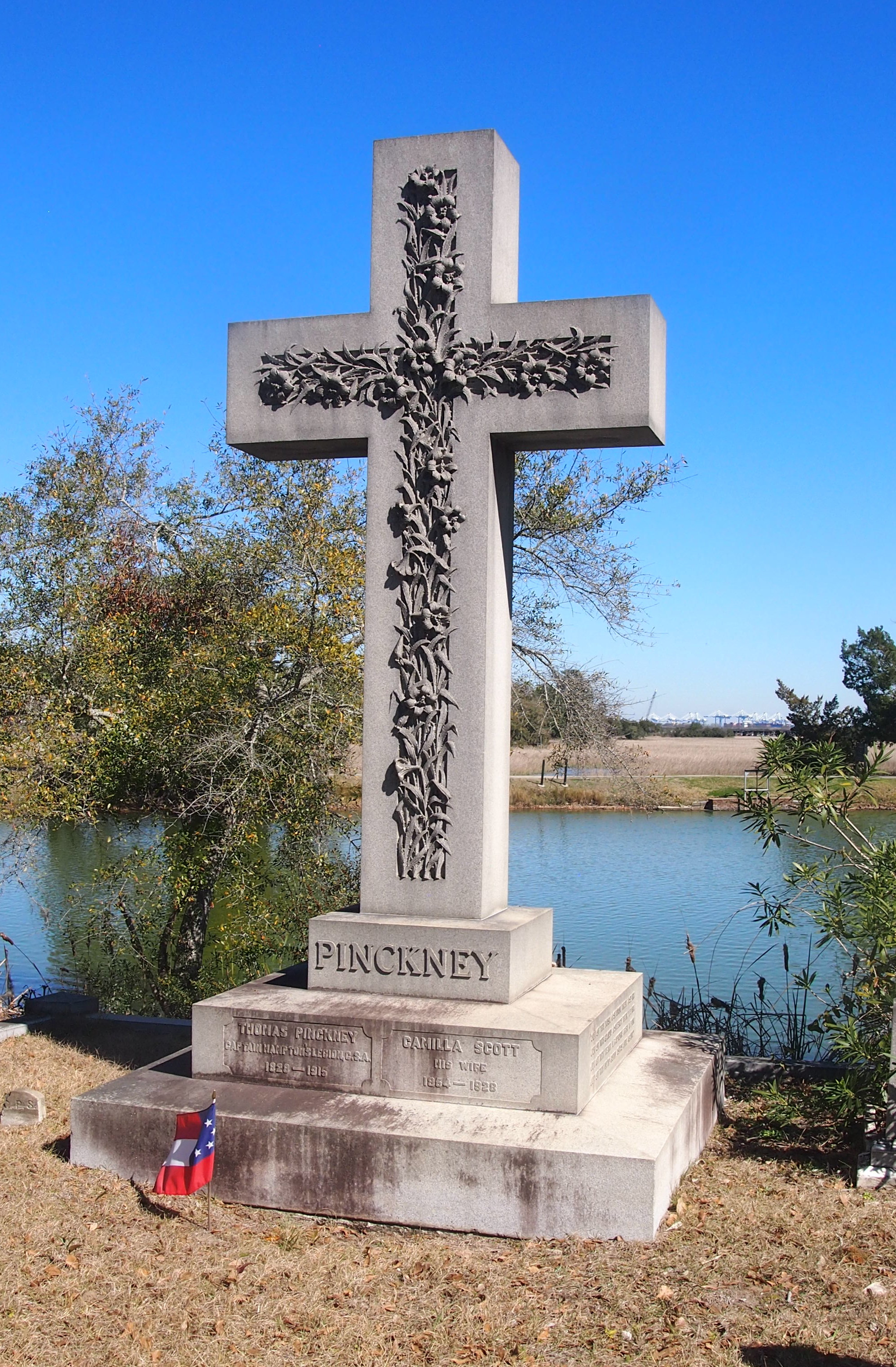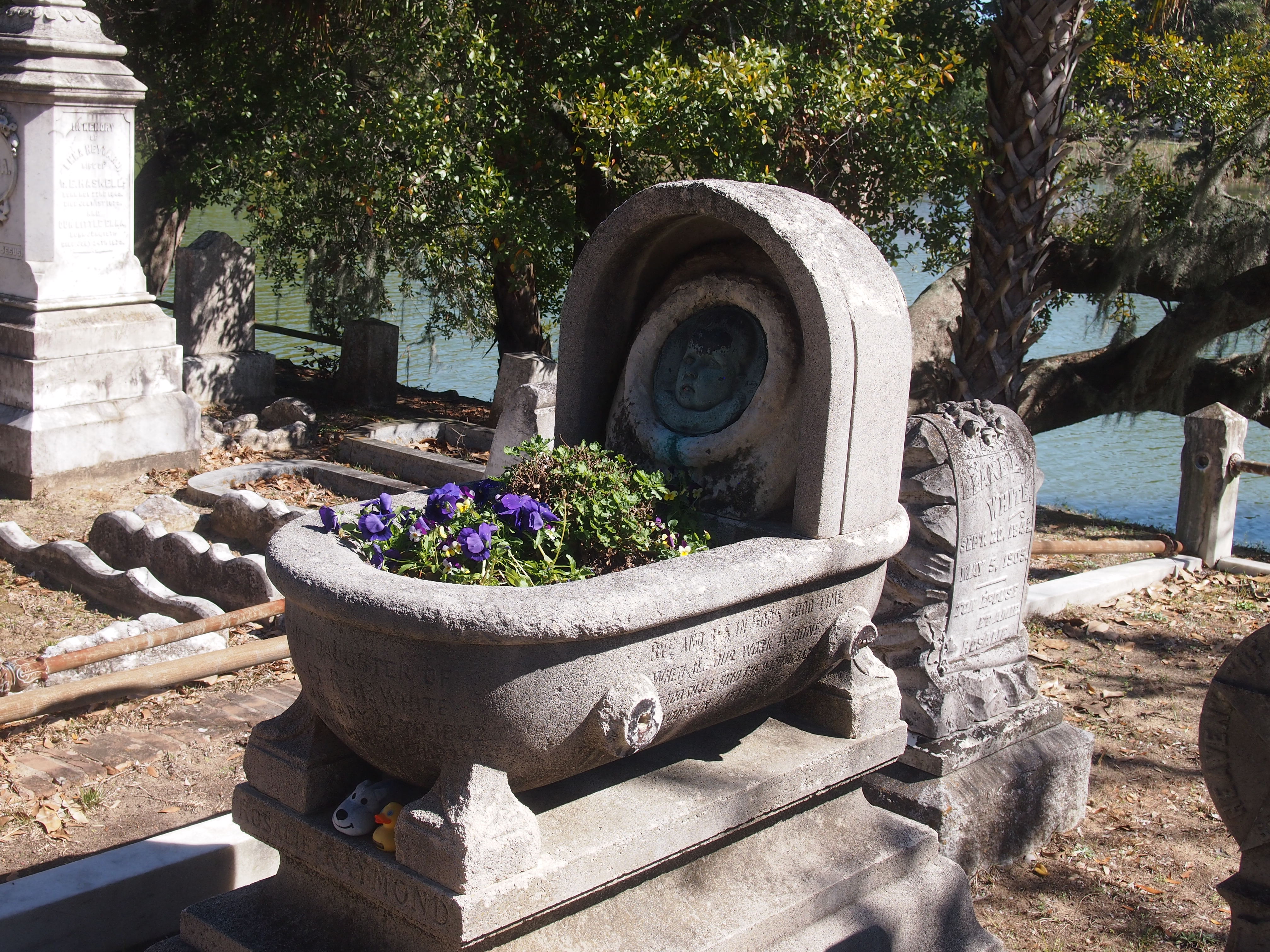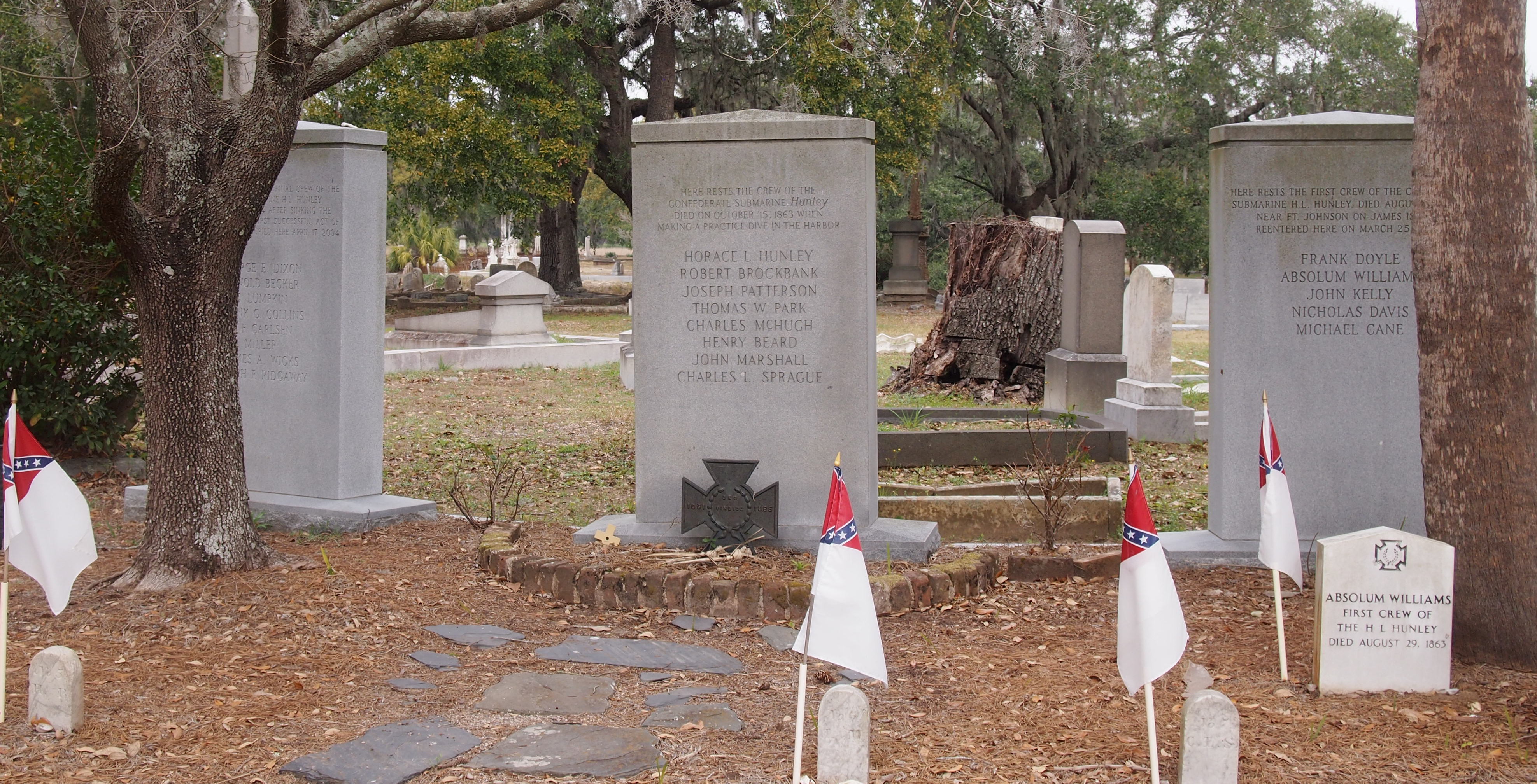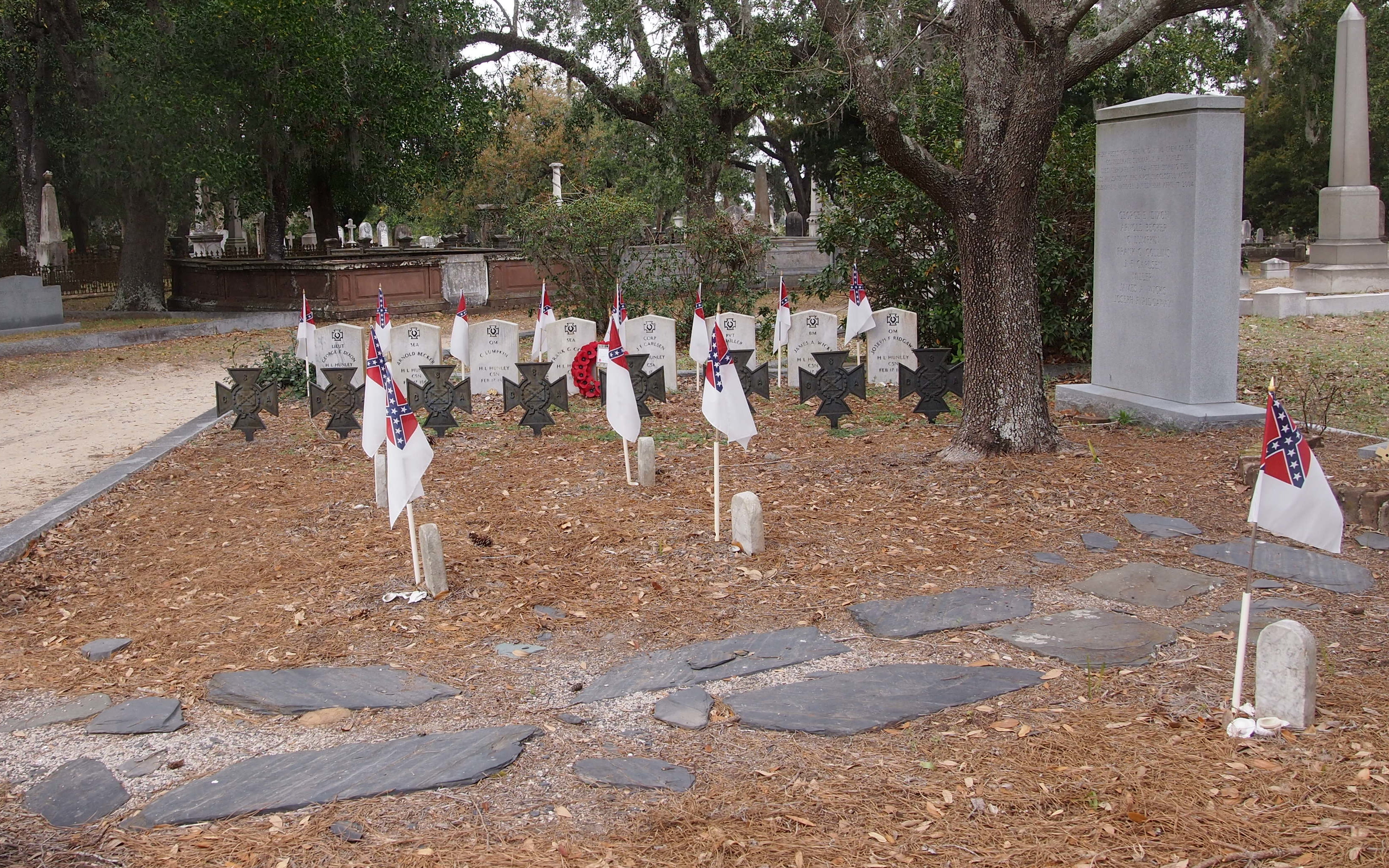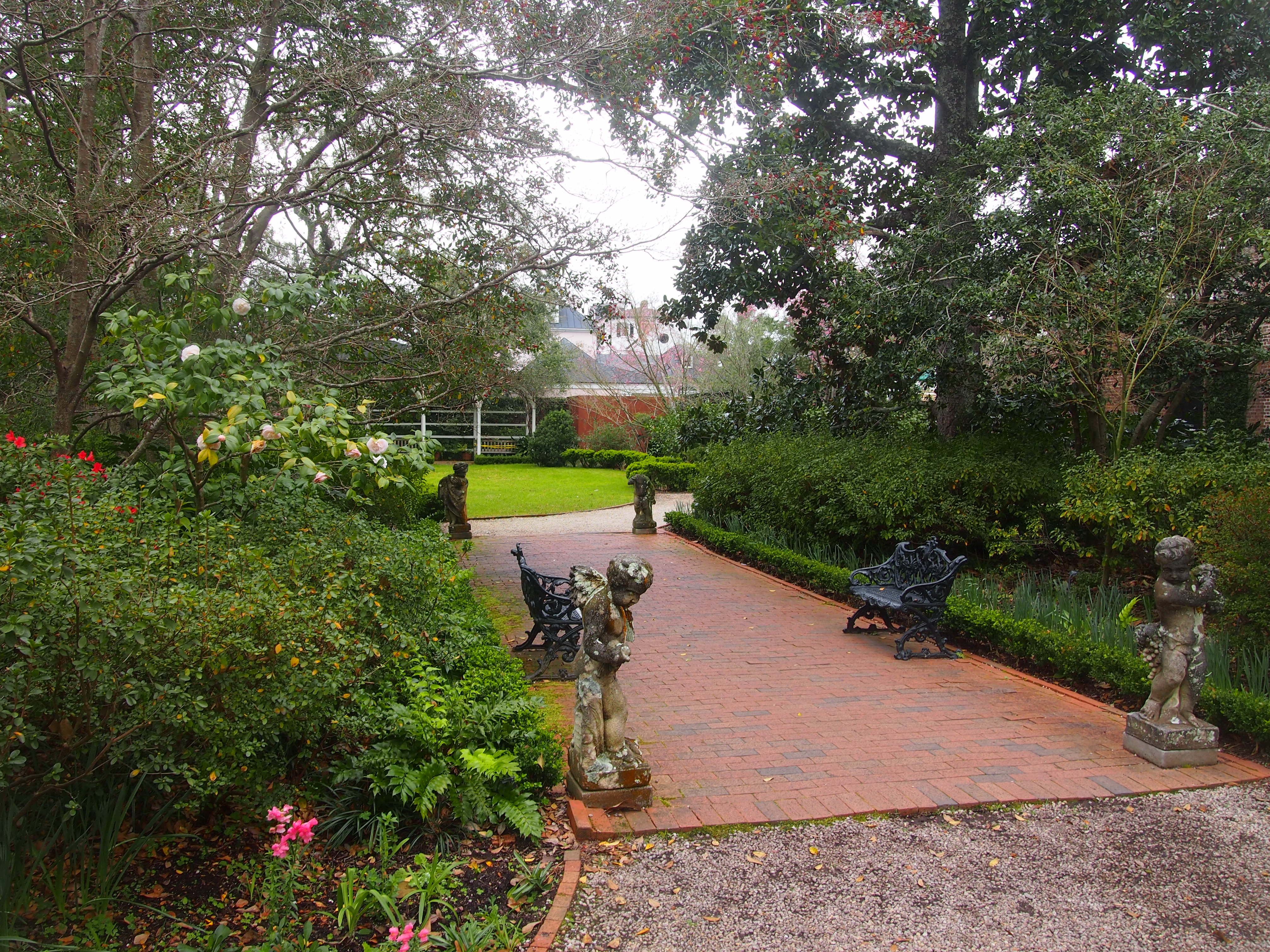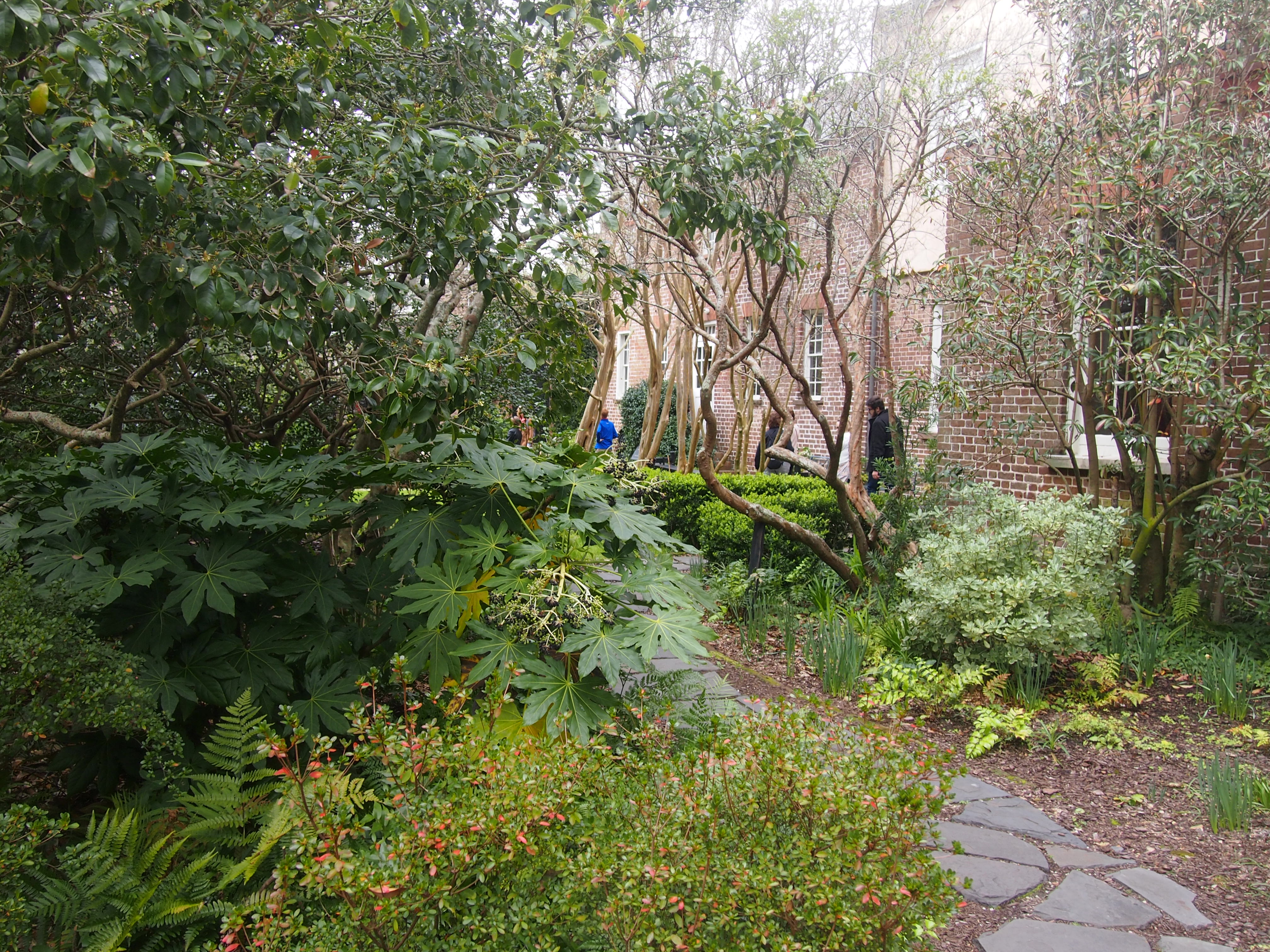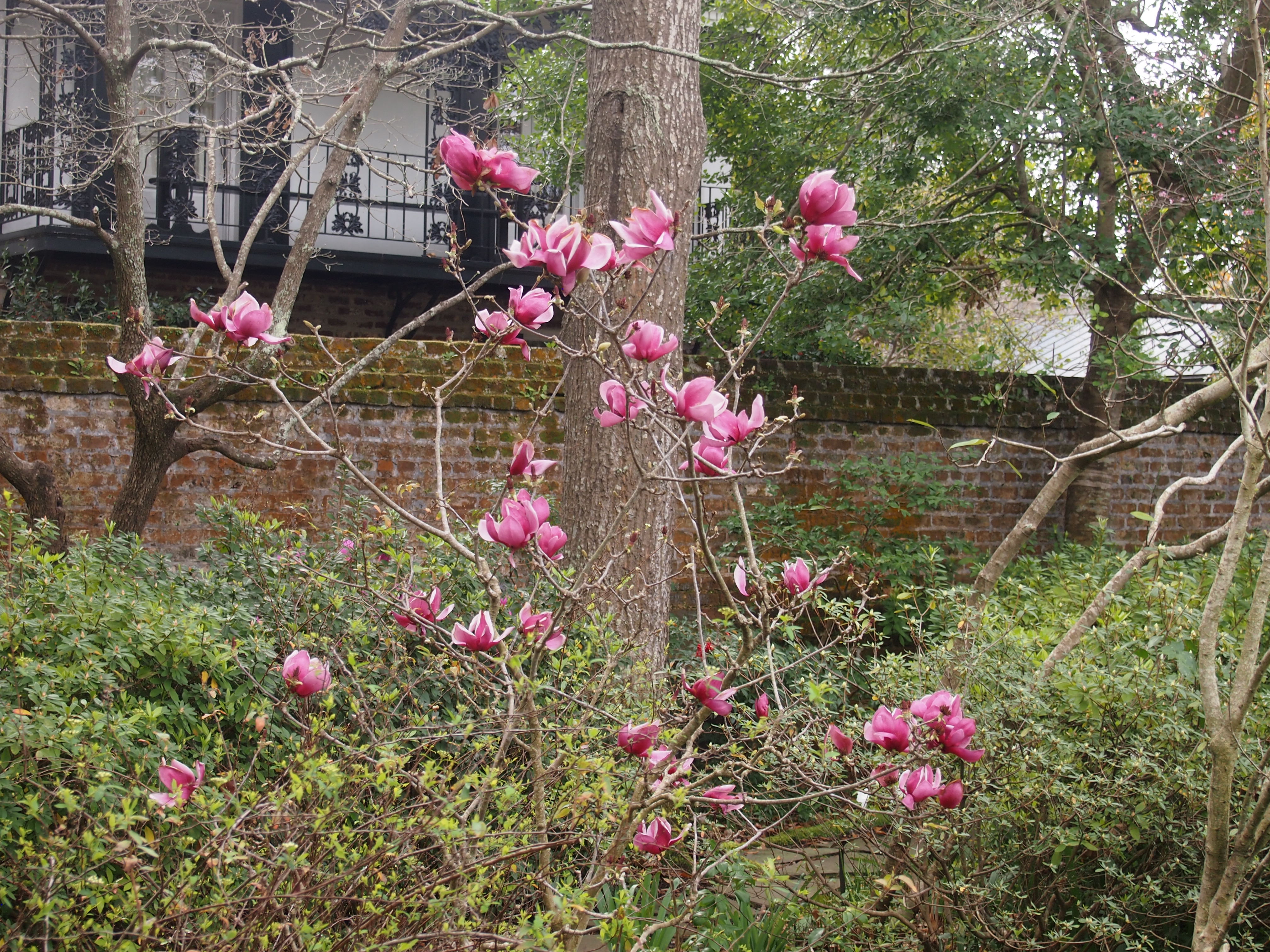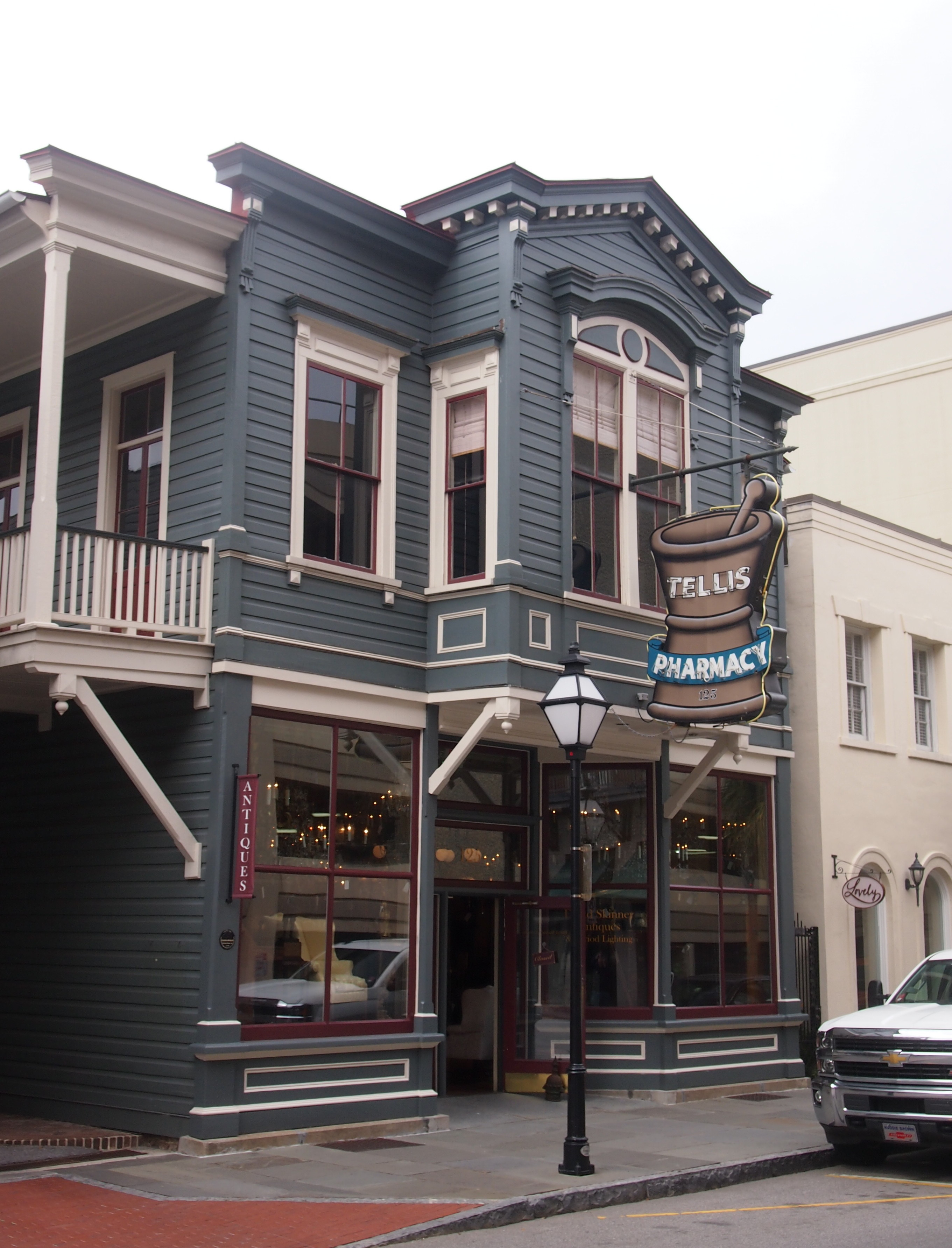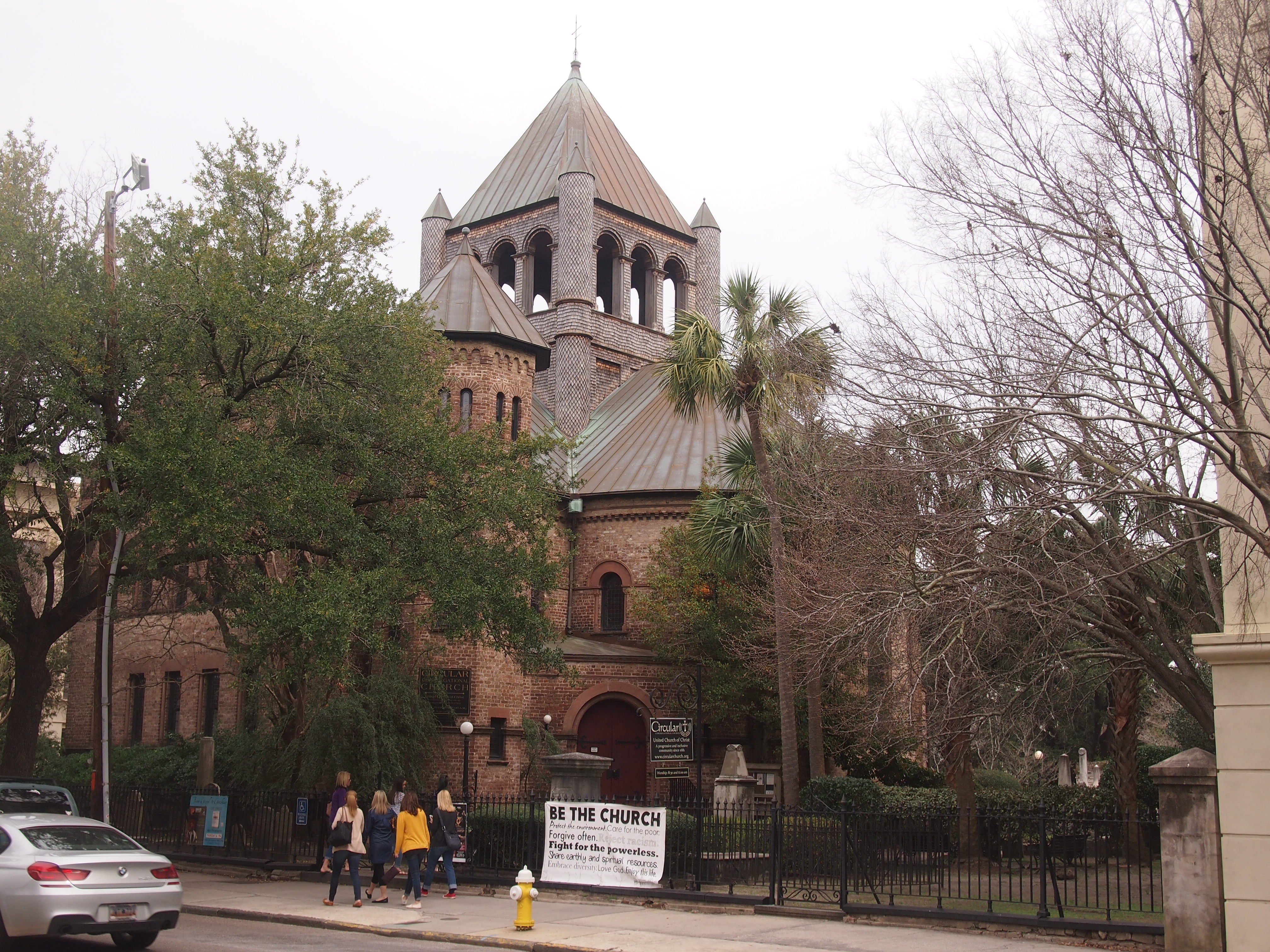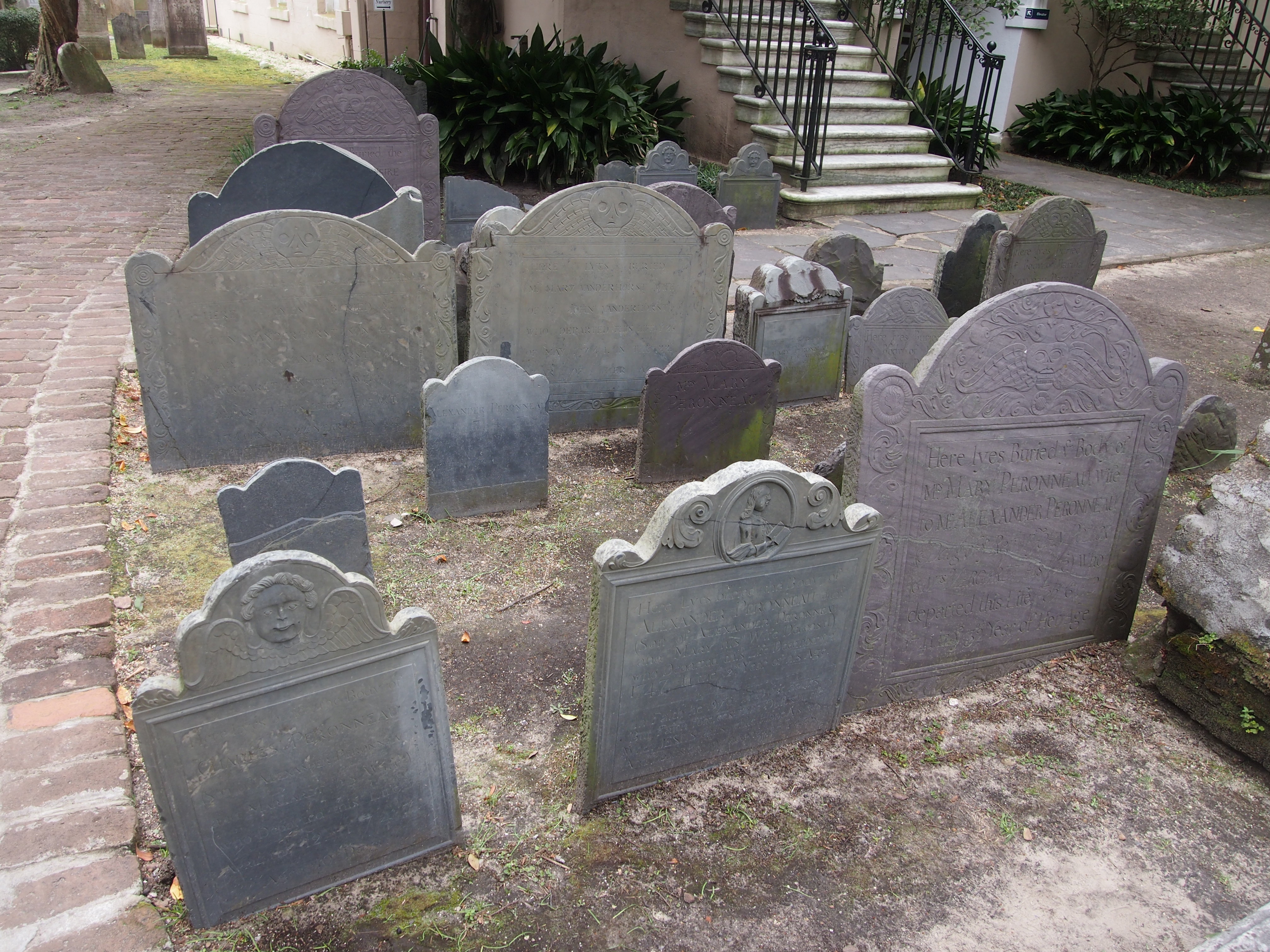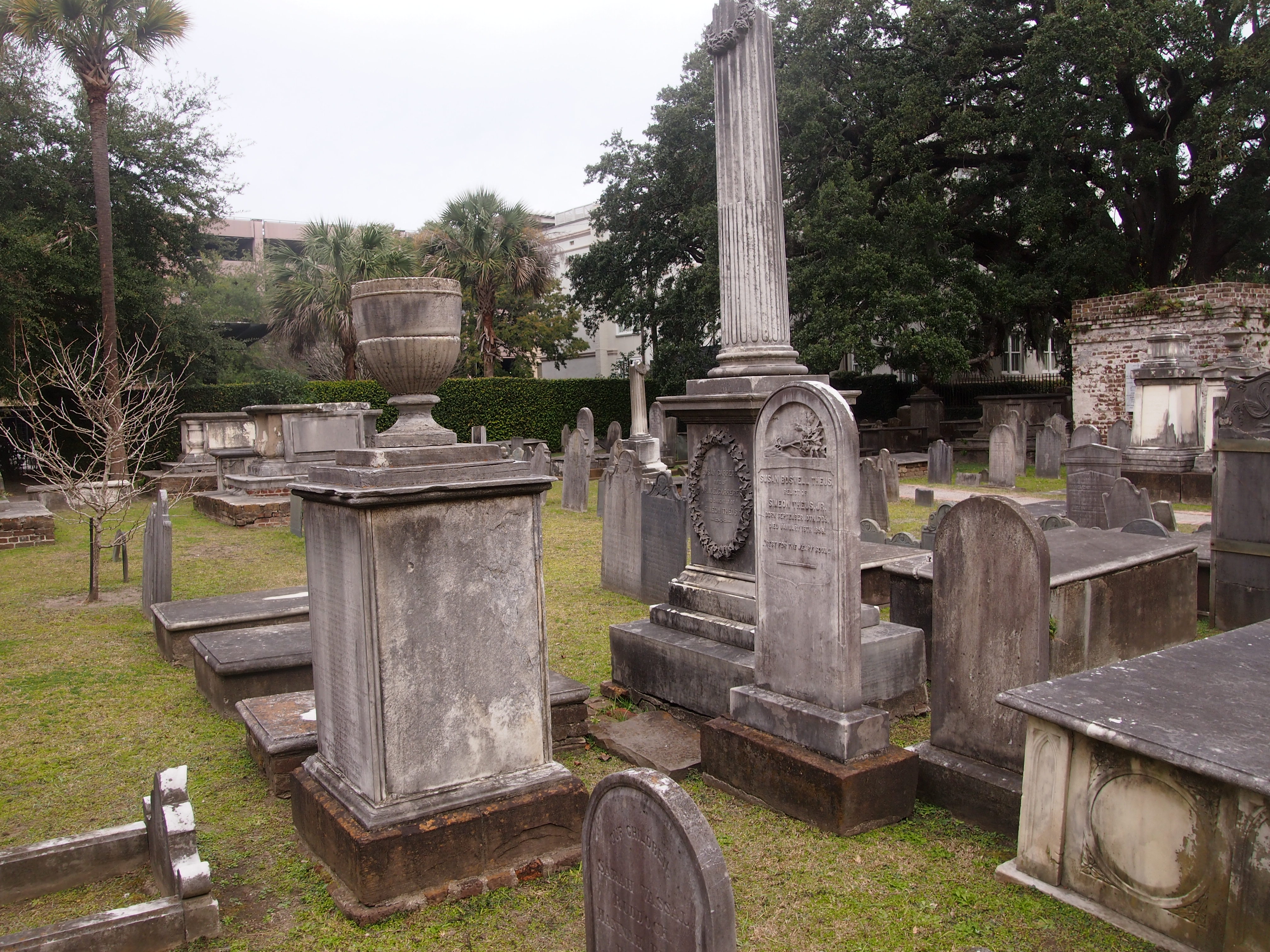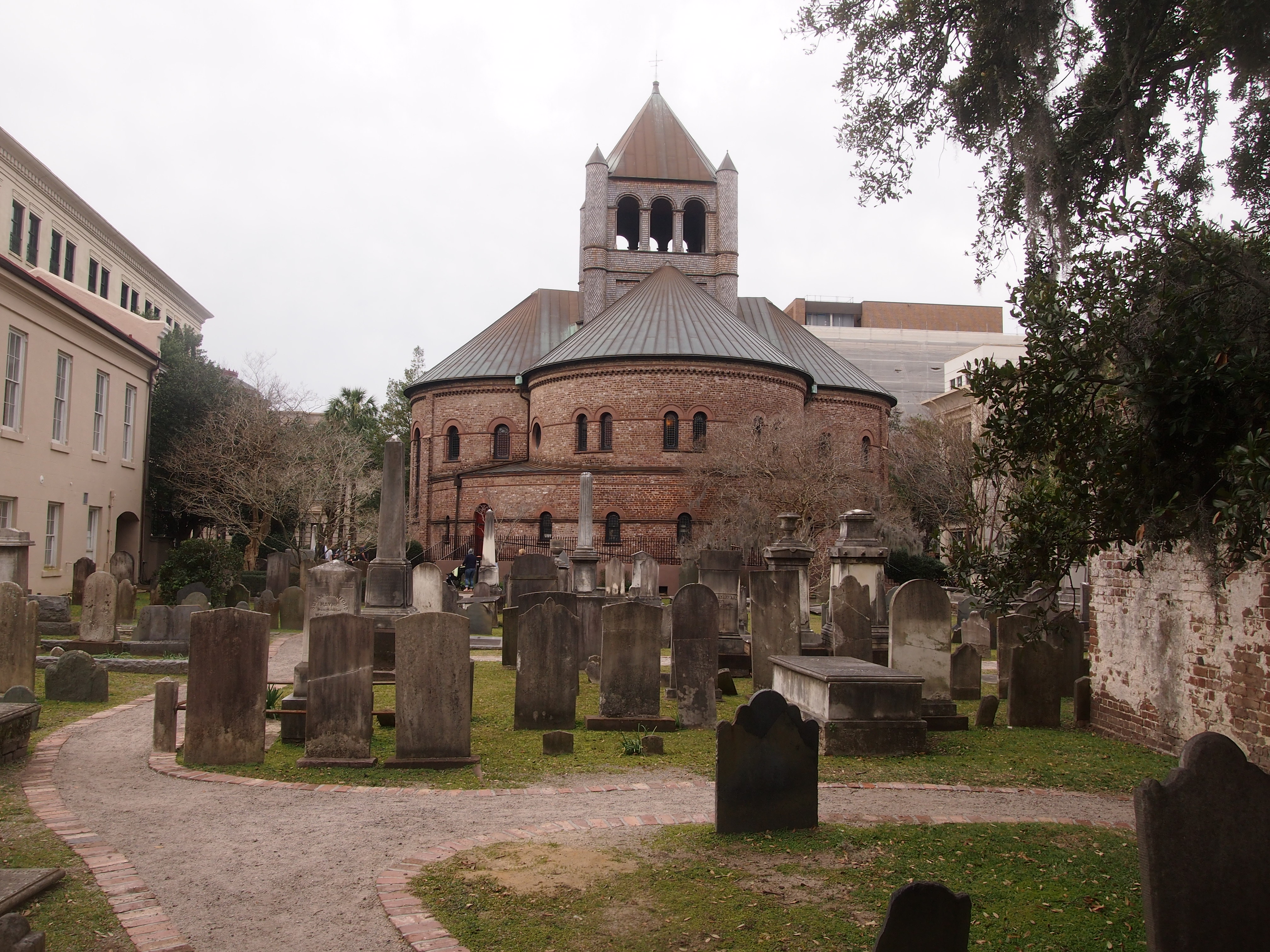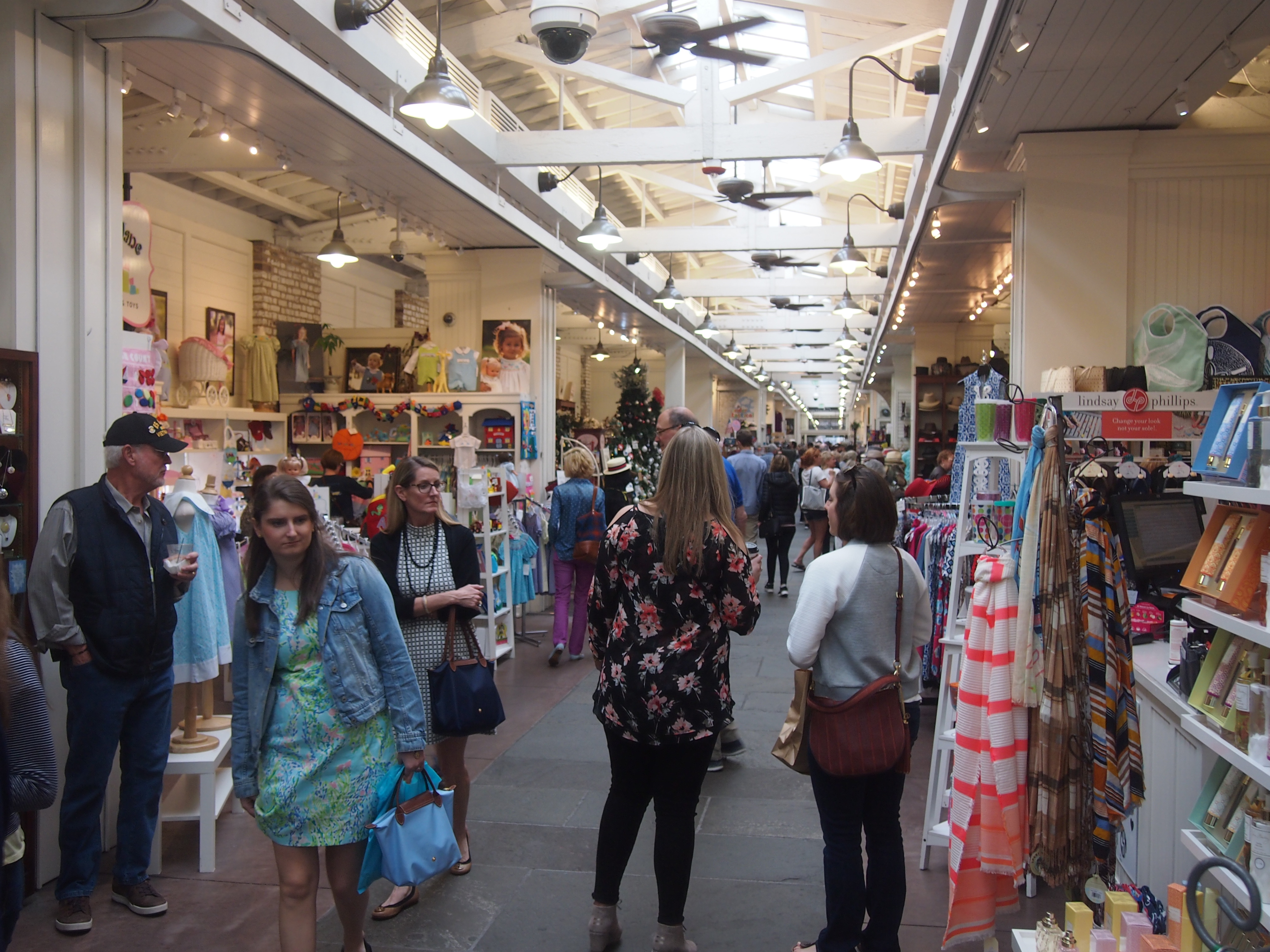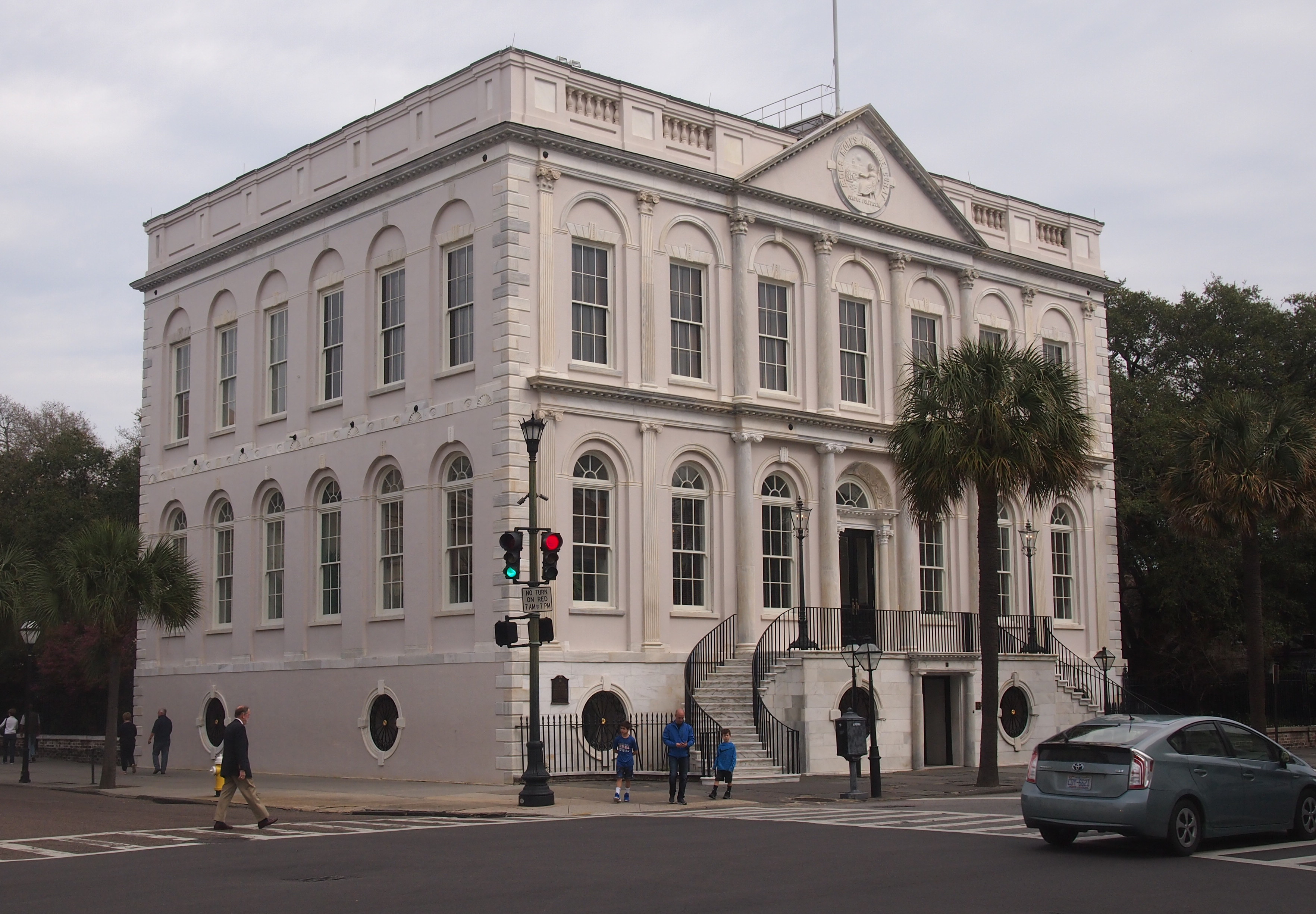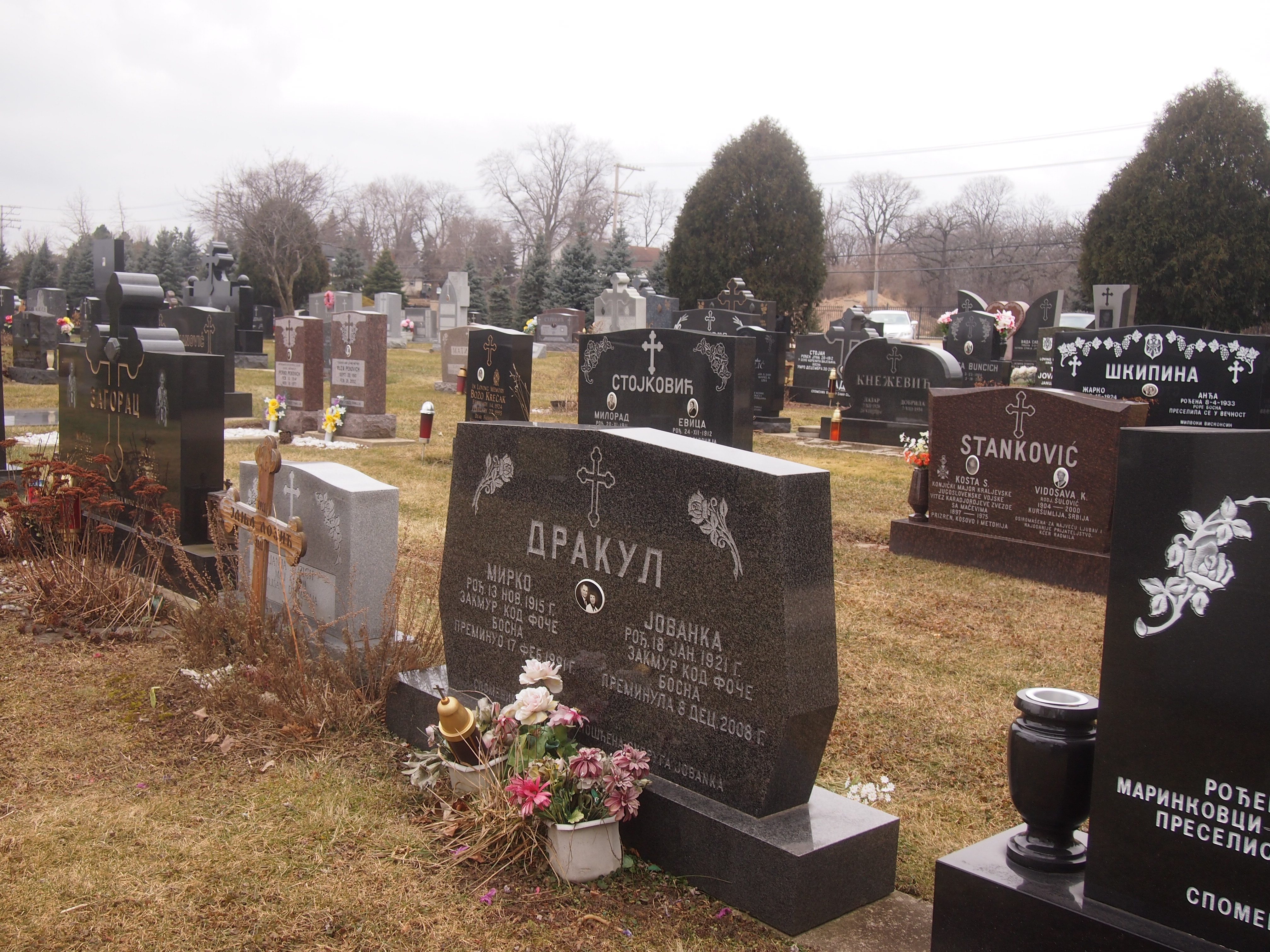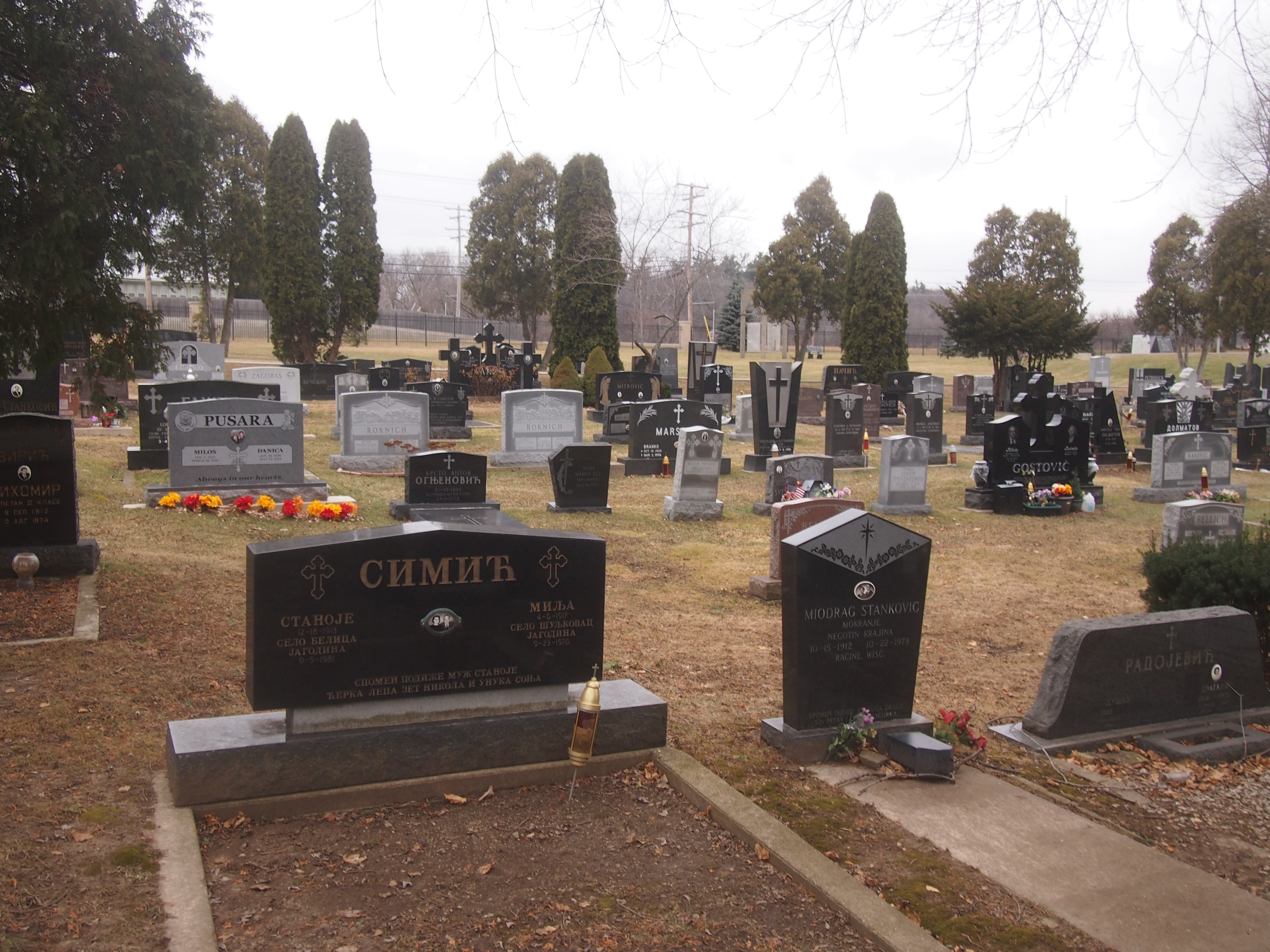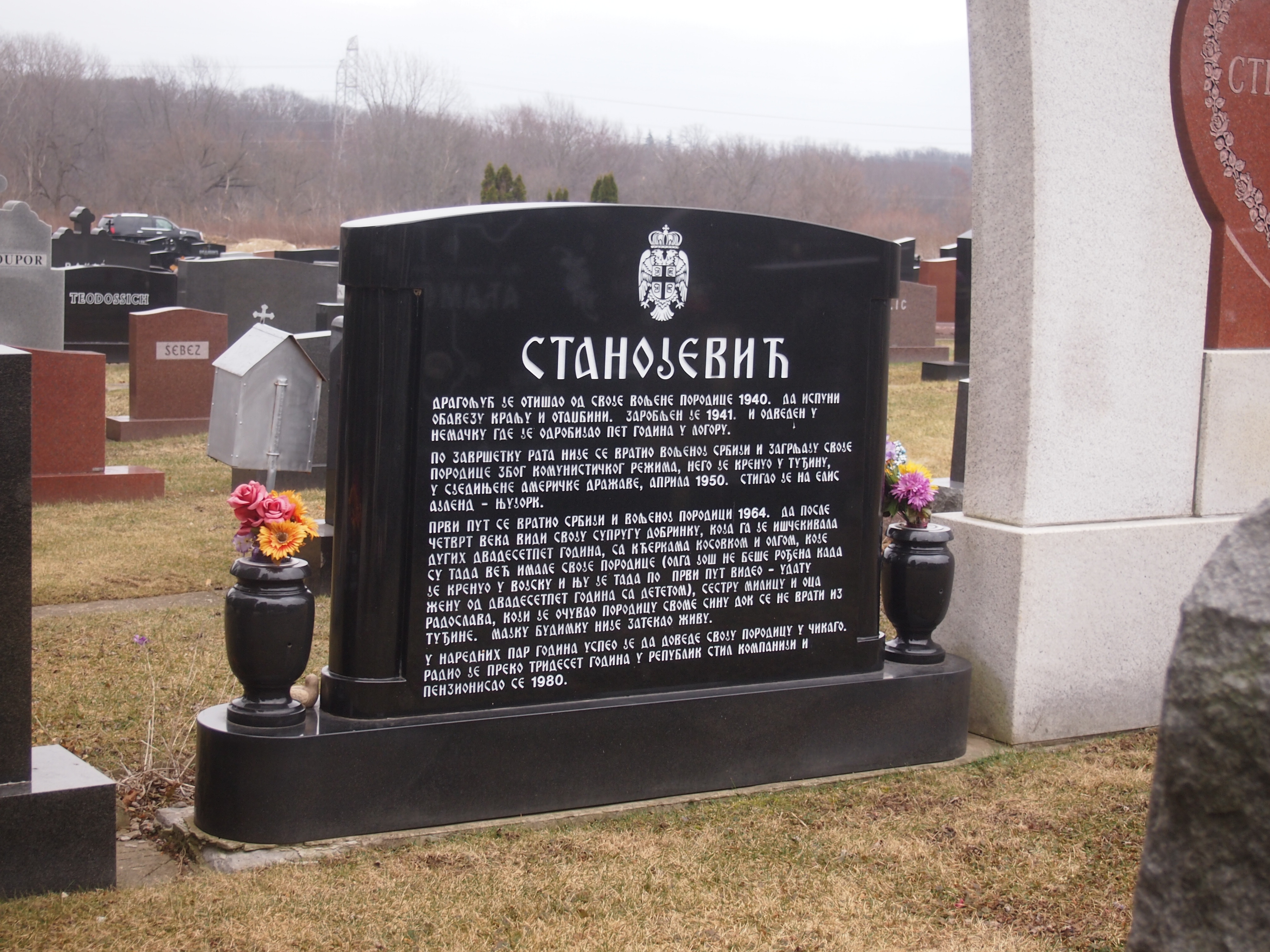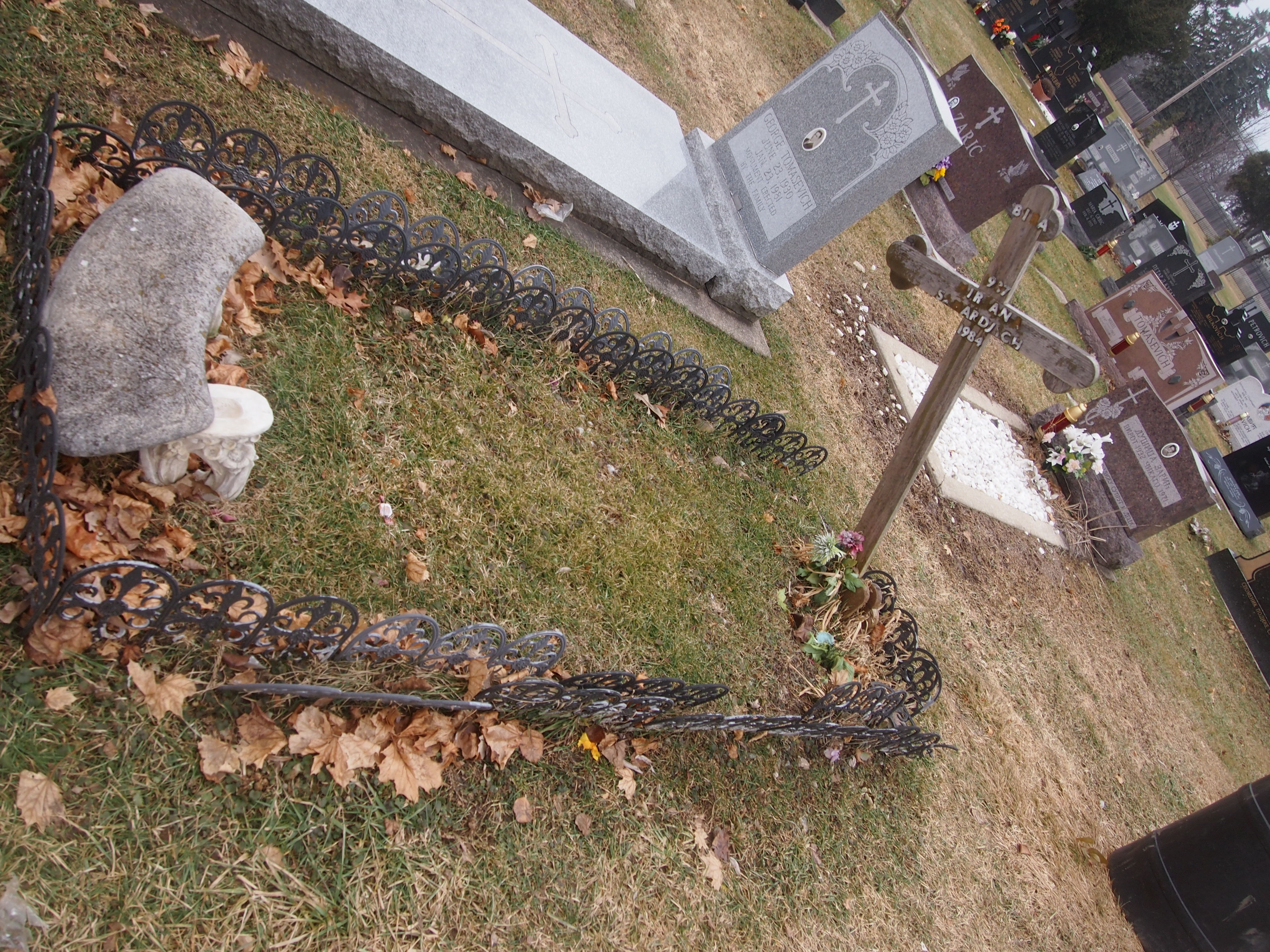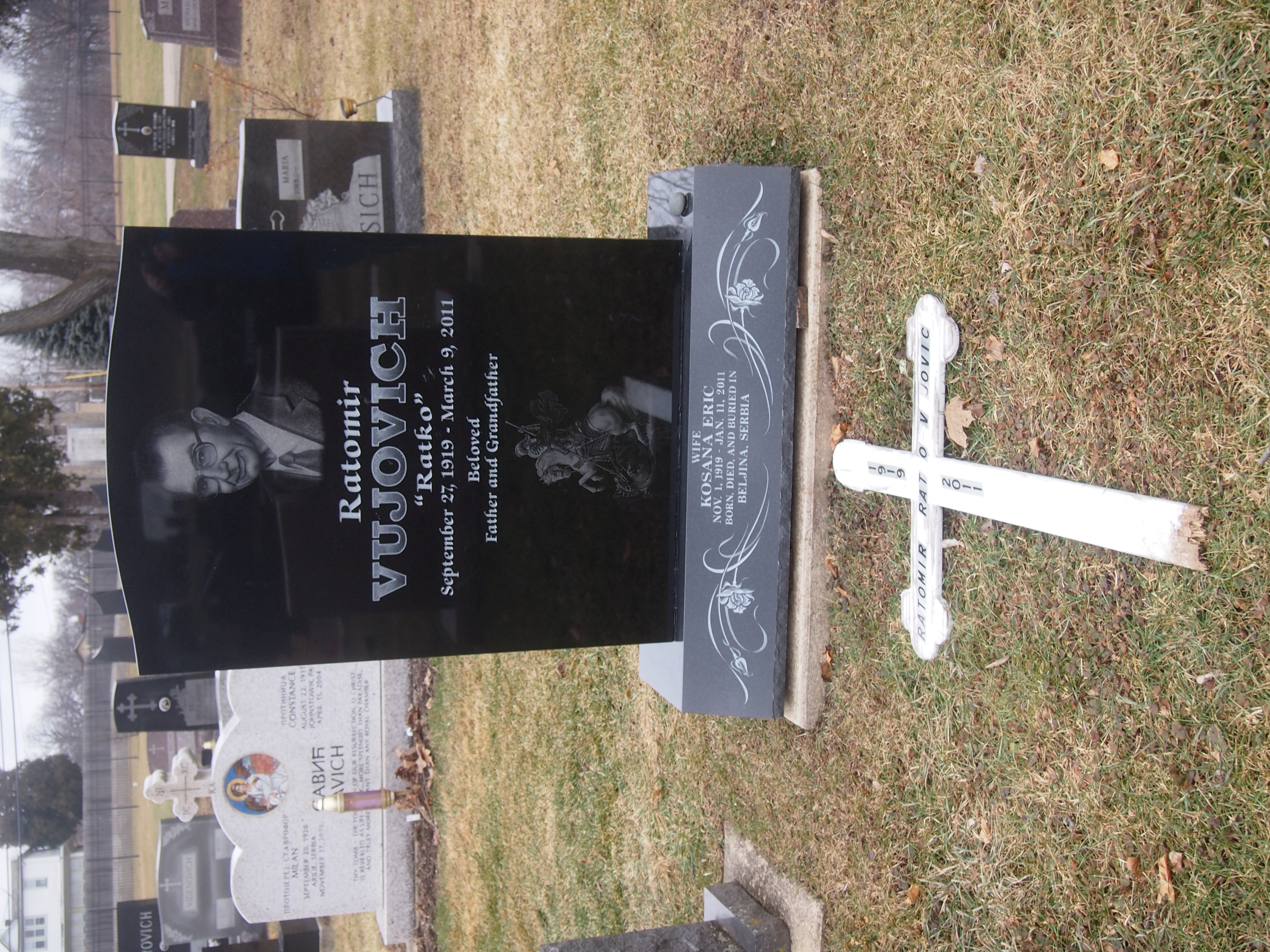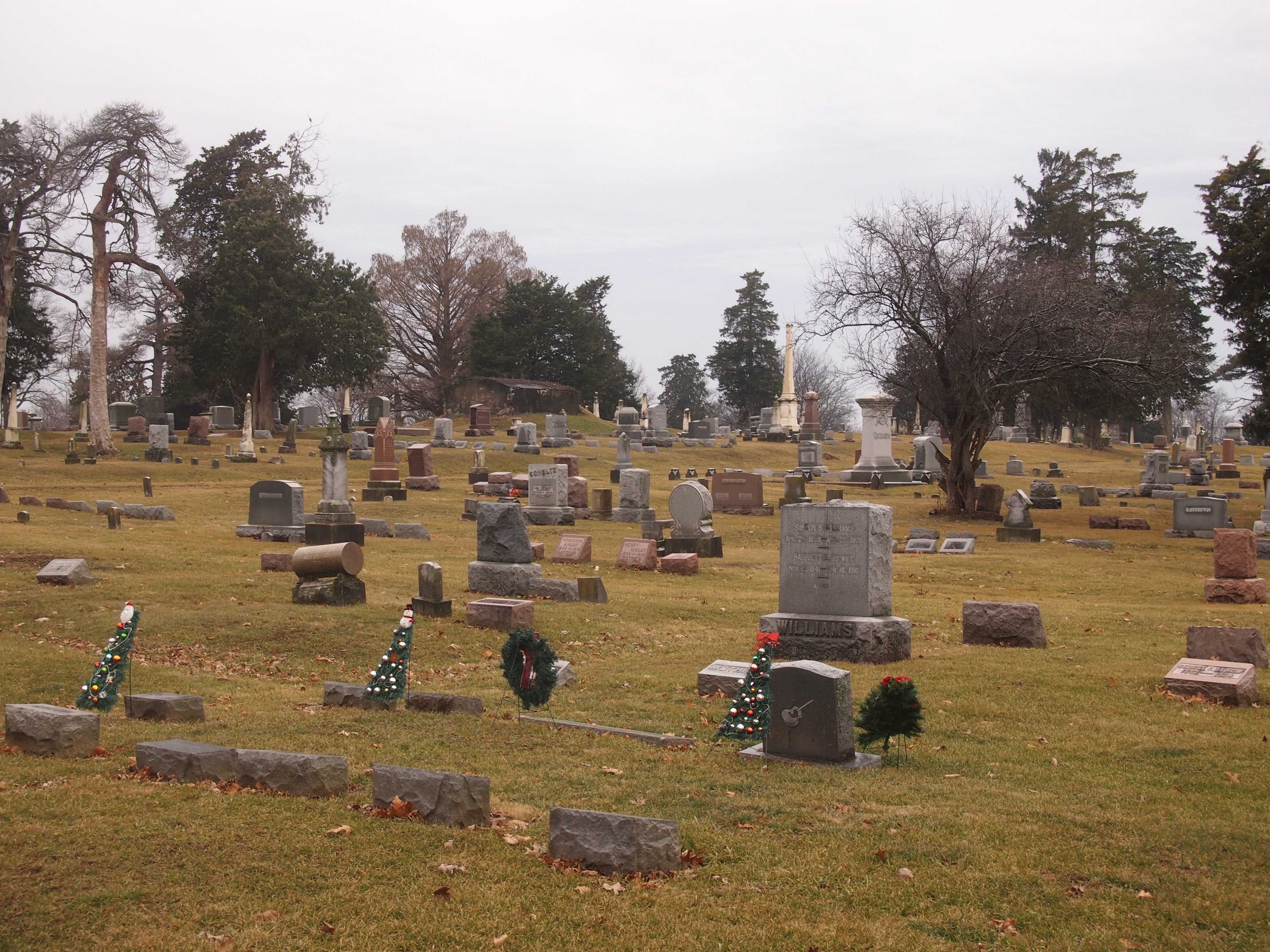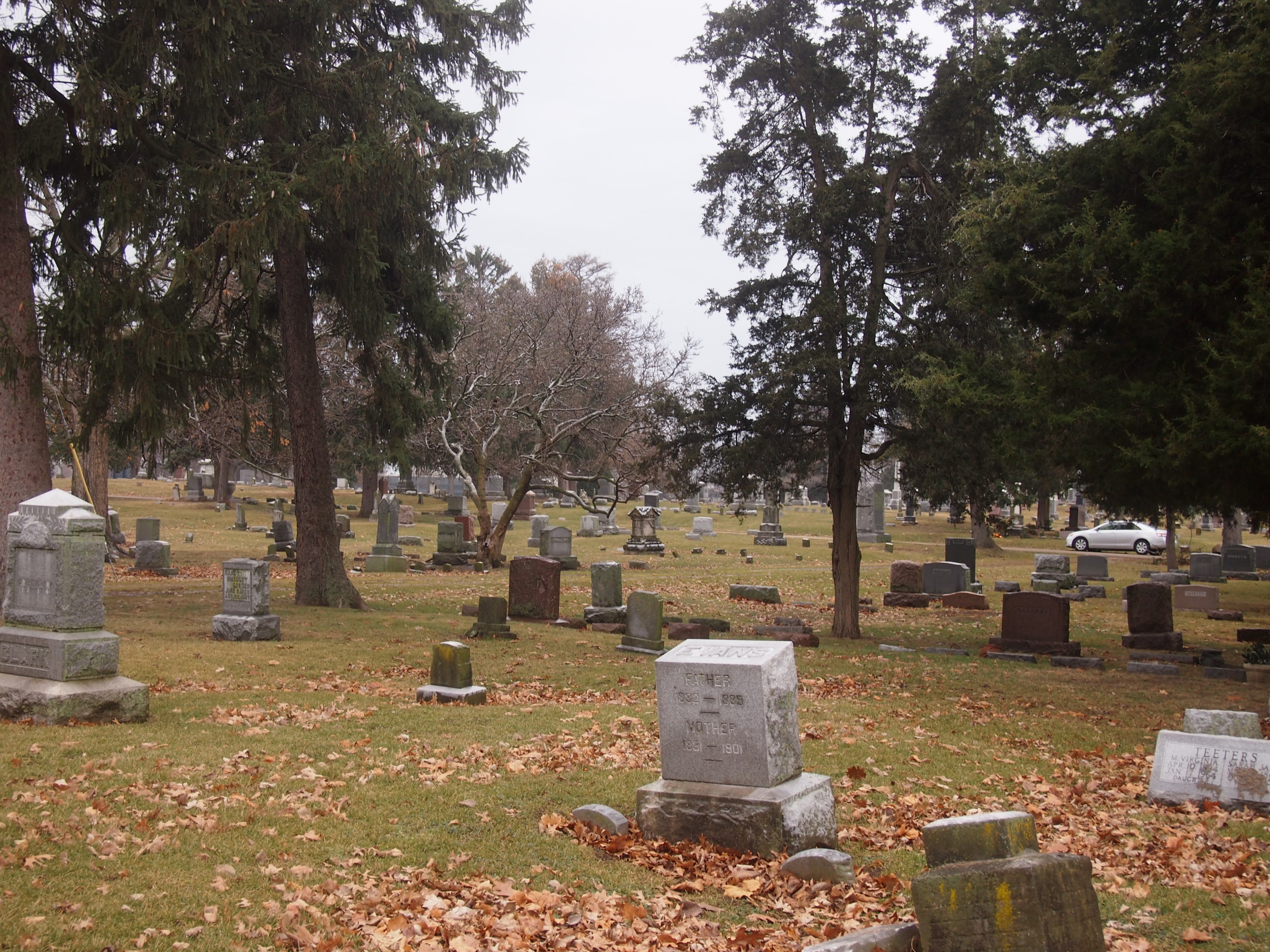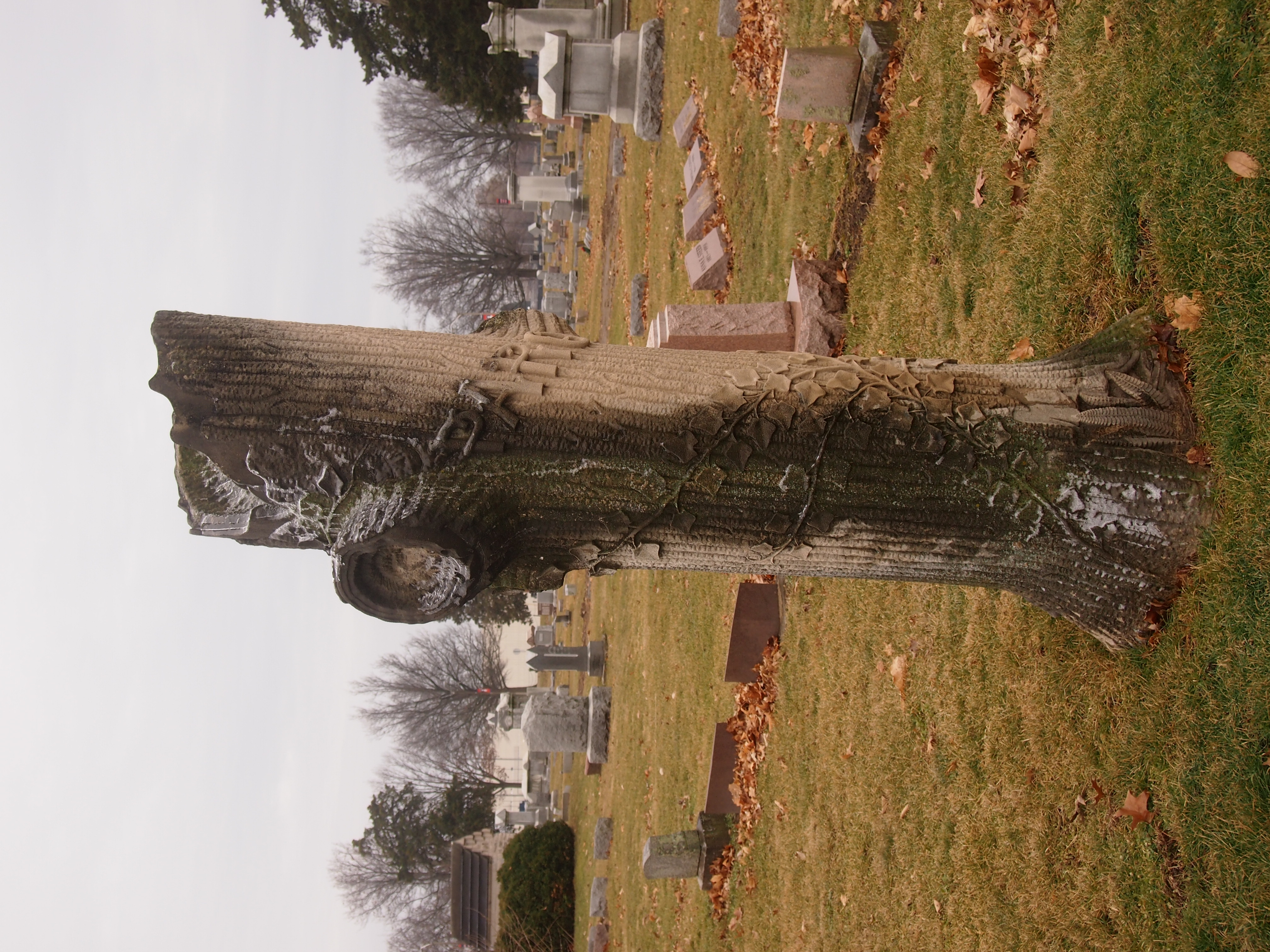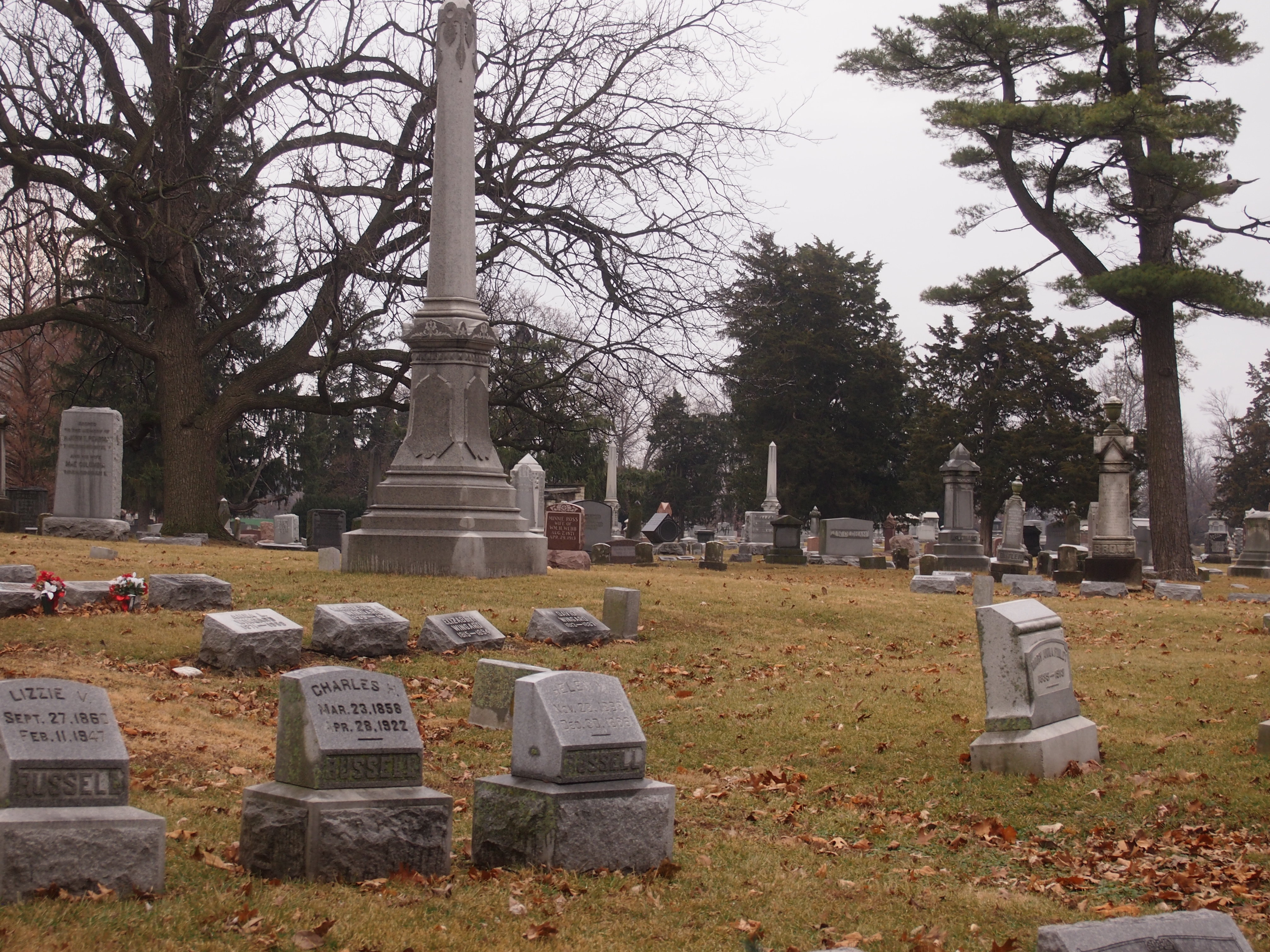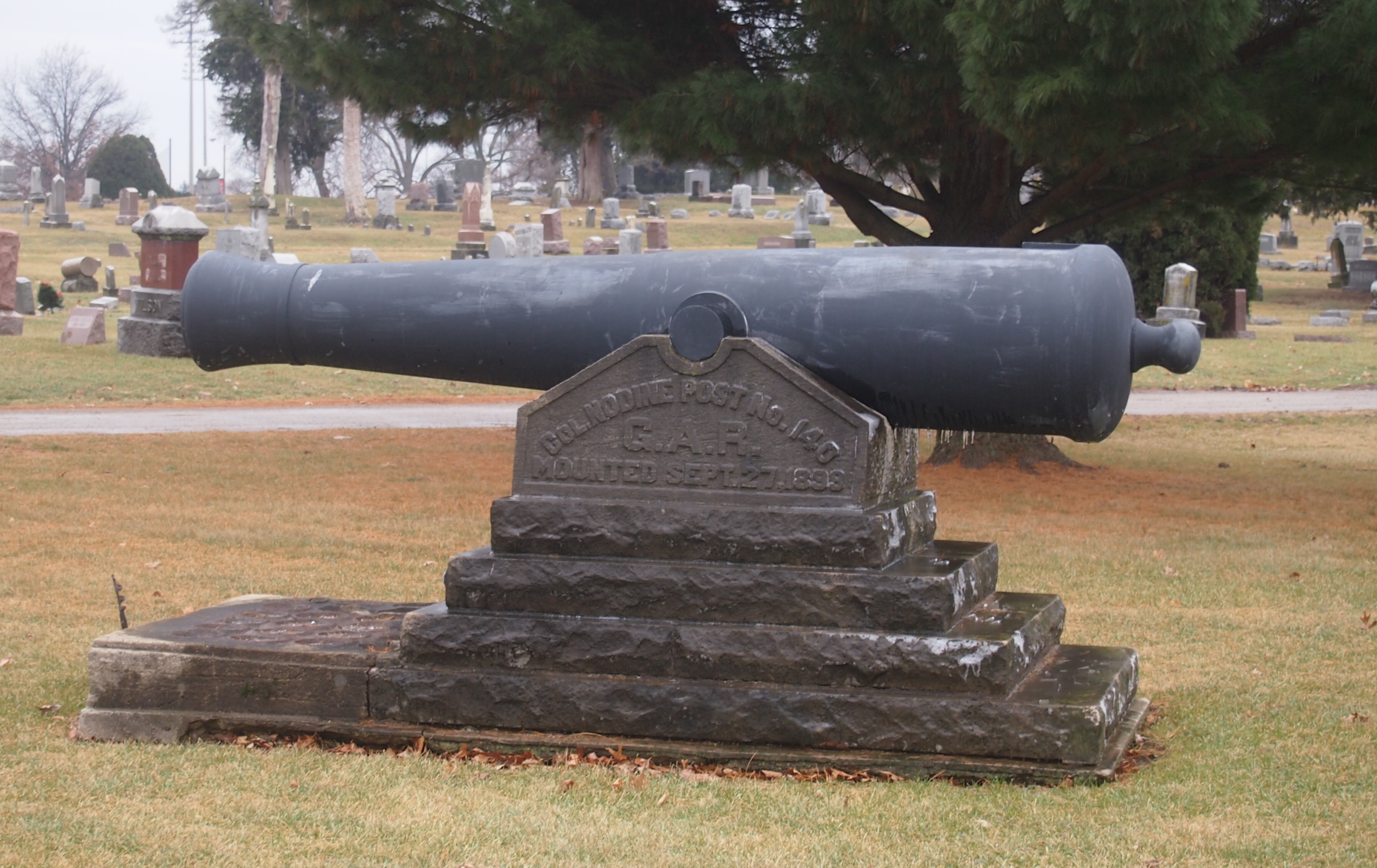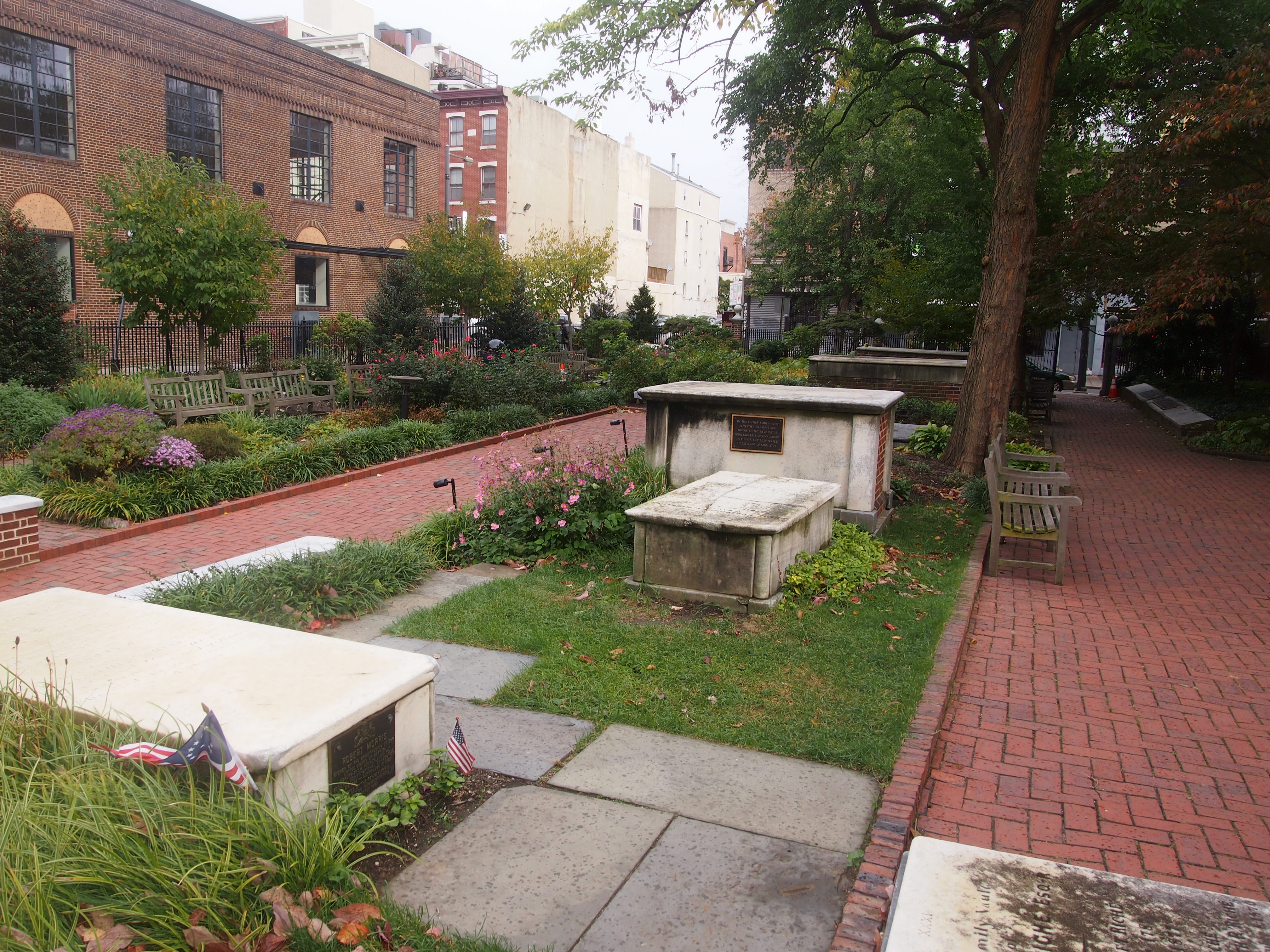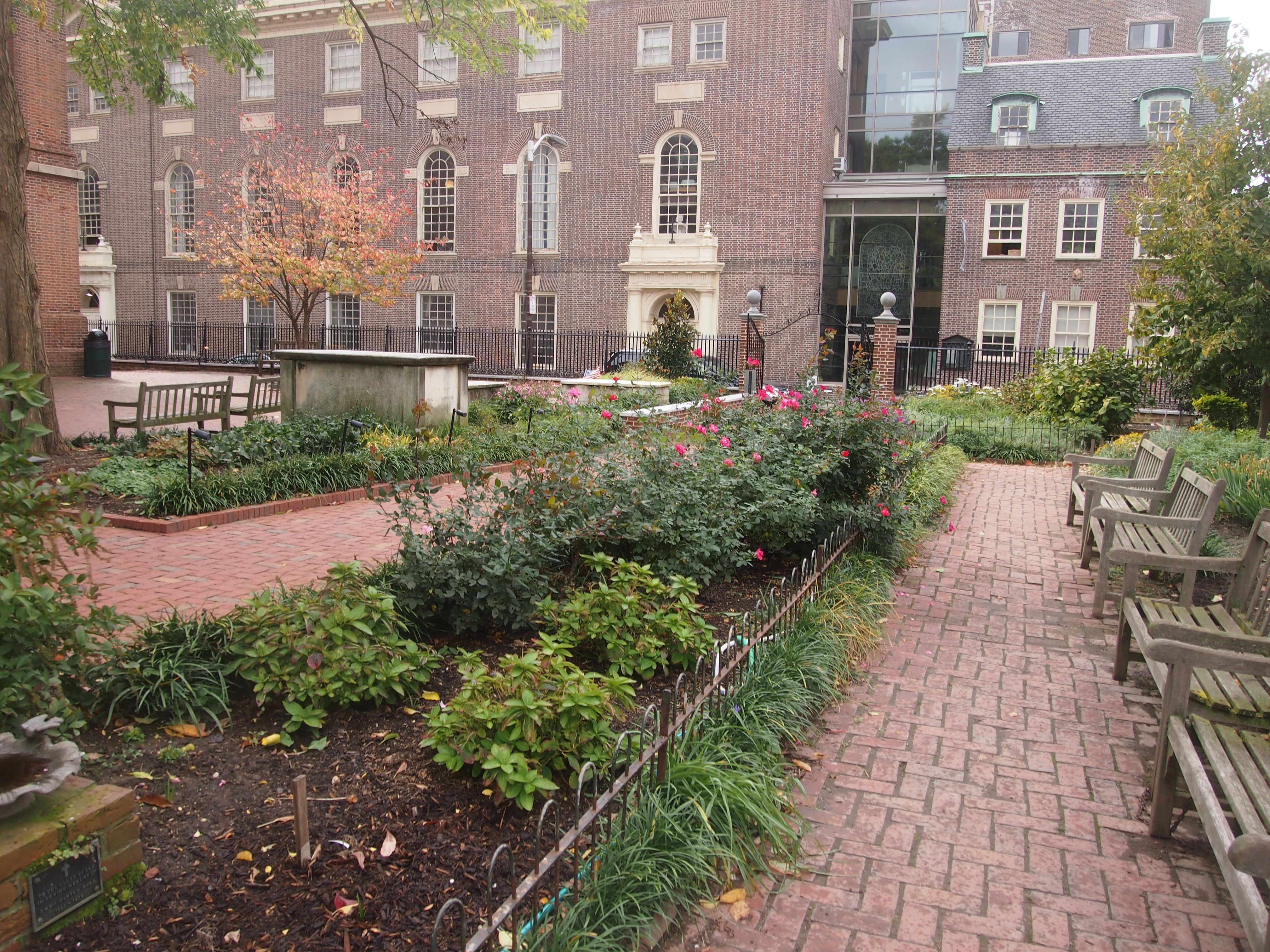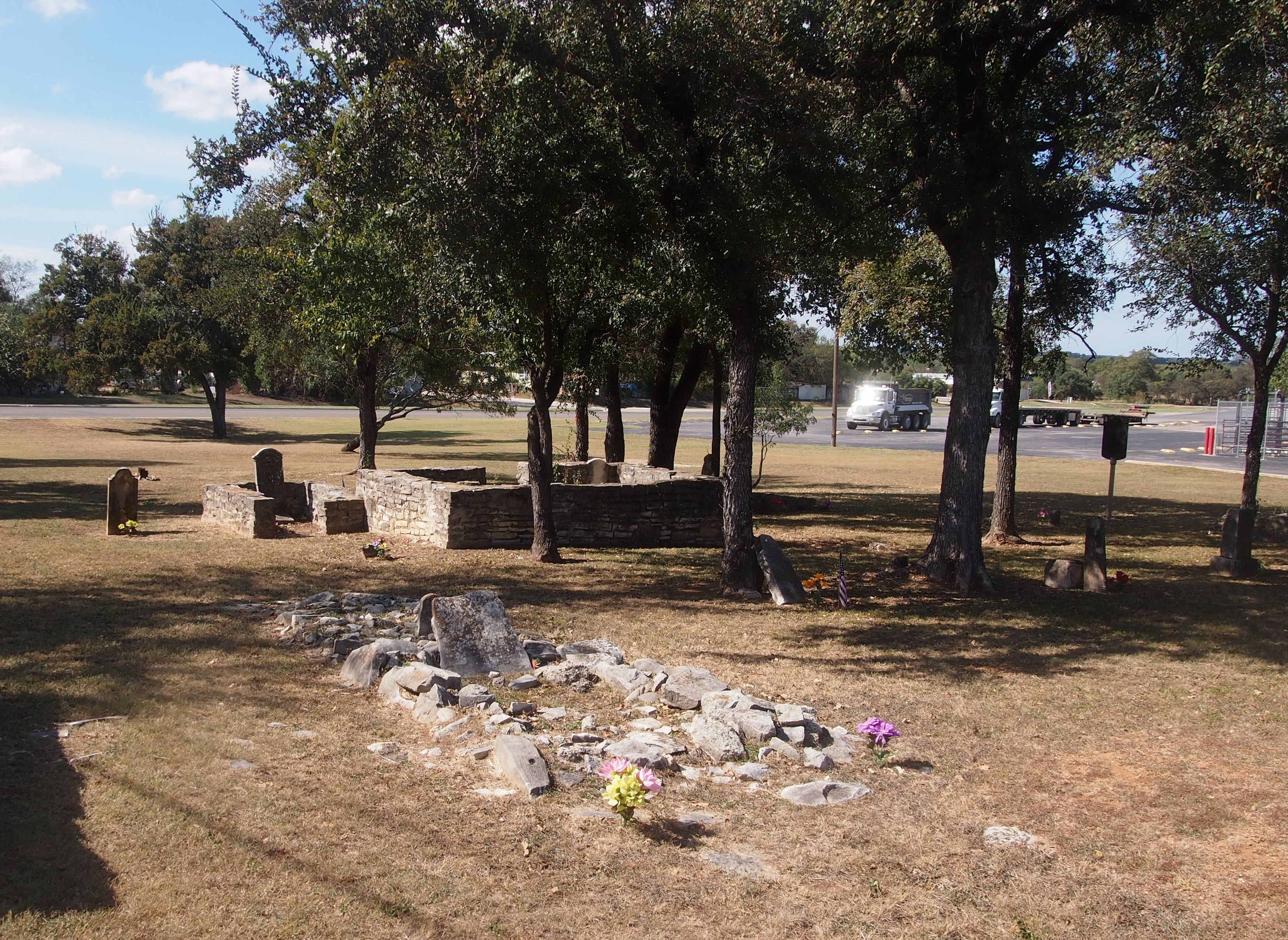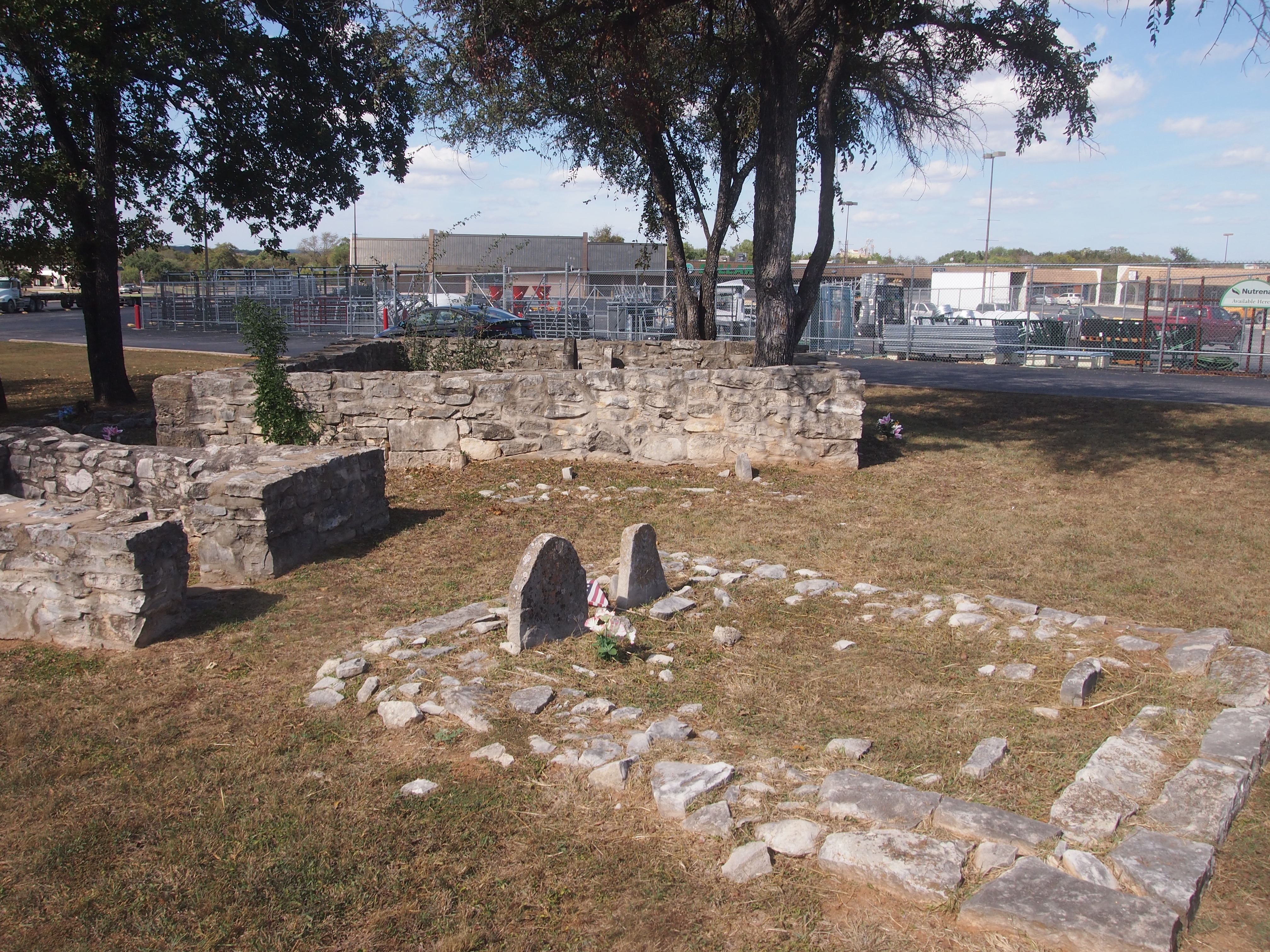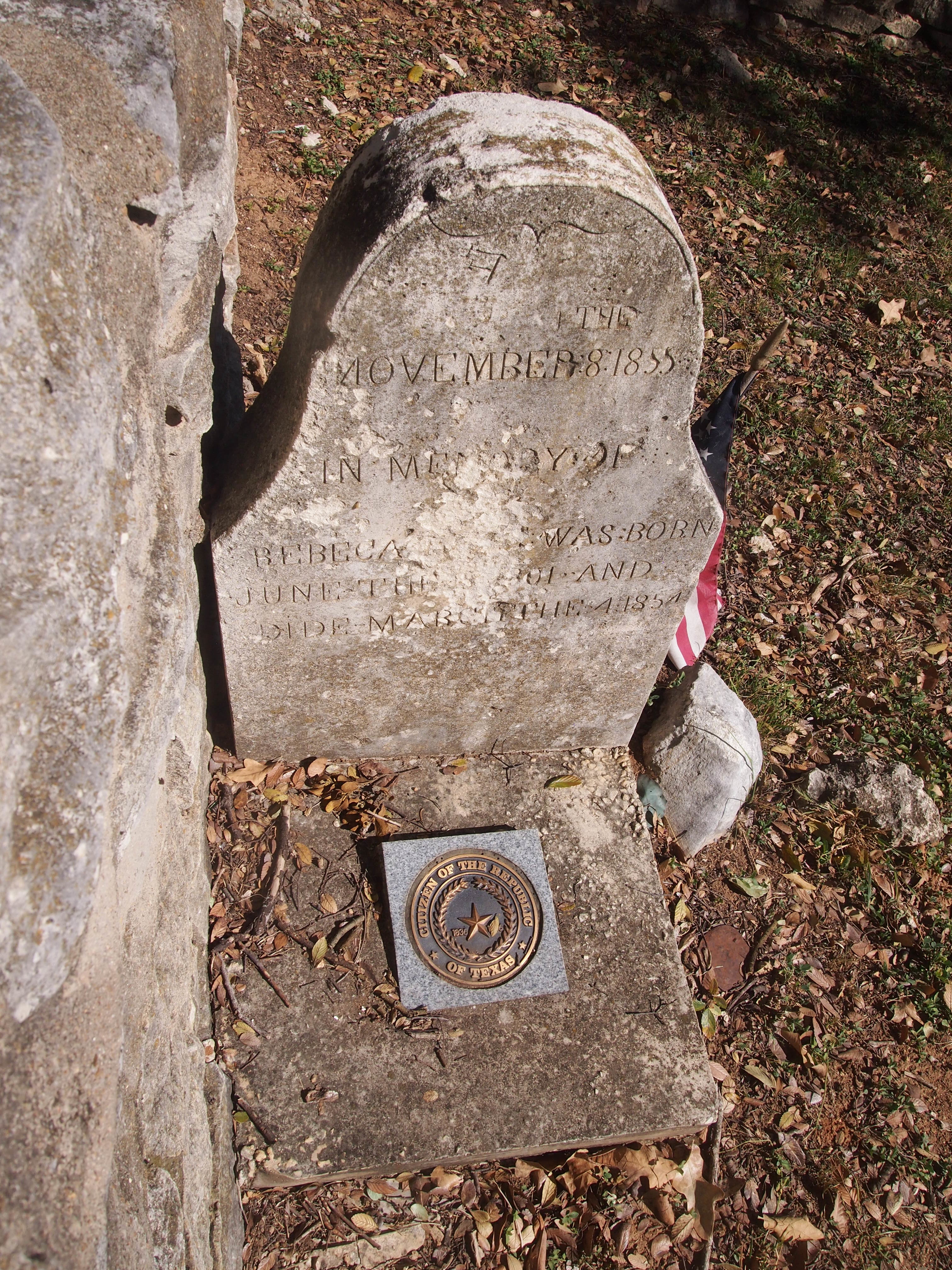You might call Bellefontaine Cemetery and Arboretum in St. Louis a Mount Auburn-class cemetery, since it dates from the 19th century as a solid example of the rural cemetery movement. Mount Auburn in Boston is the first of the class, dating from 1831. Others are Green-Wood in Brooklyn, Laurel Hill in Philadelphia and Woodland in Dayton, all of which are now surrounded by their respective cities, as Bellefontaine is.
It is a good class. More people ought to visit these places. But as usual, when we were at Bellefontaine on May 26, the only other living souls around were groundskeepers.
The good people of St. Louis got around to founding Bellefontaine in 1849, well outside the existing city, spurred in part by a severe cholera epidemic that year. The further away those bodies were, the better, since the dead helped create the miasma that vexed the living with the likes of cholera. Sure, that wasn’t true, but it must have made intuitive sense in the days before germ theory, and it gave us a roundly beautiful public space.
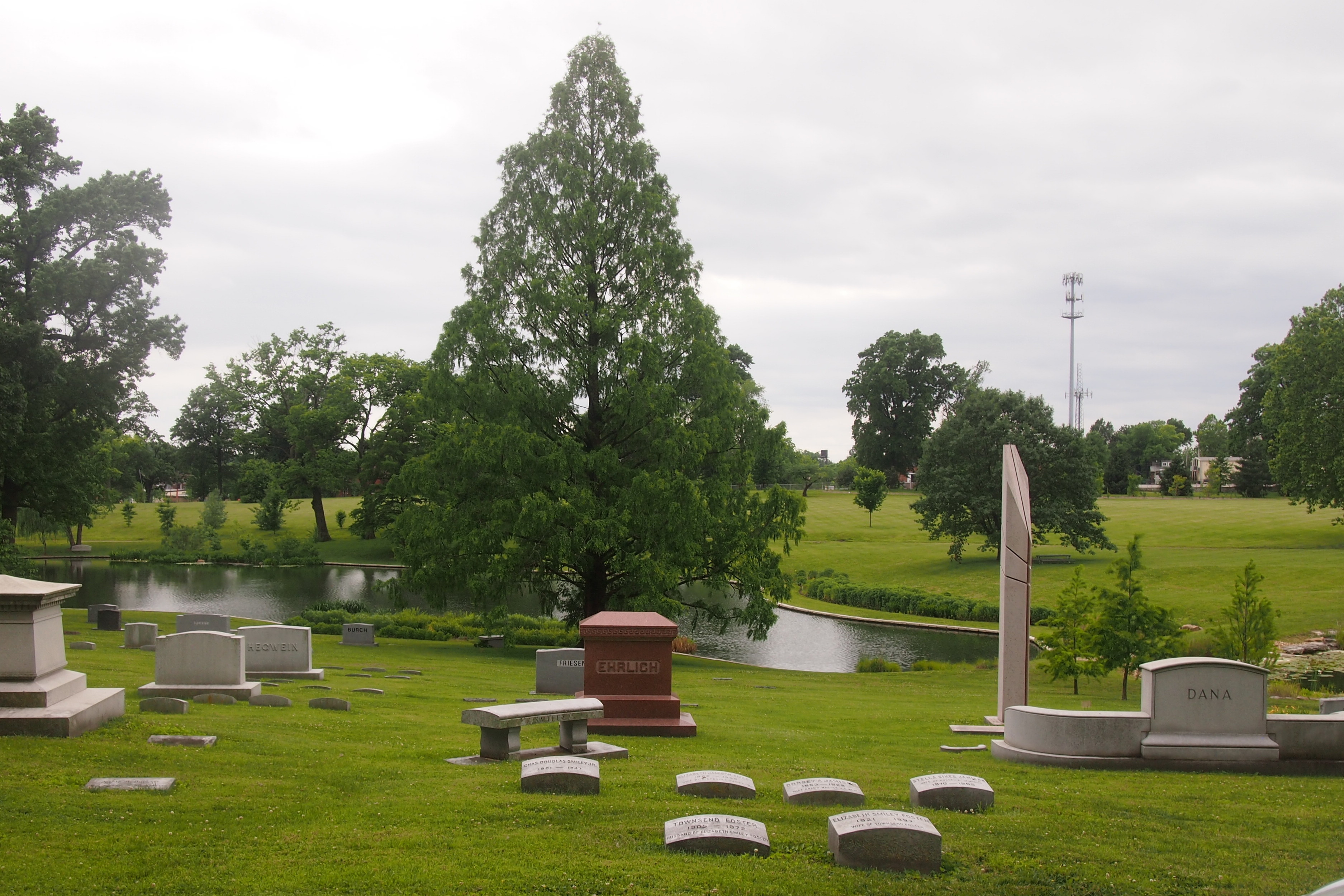
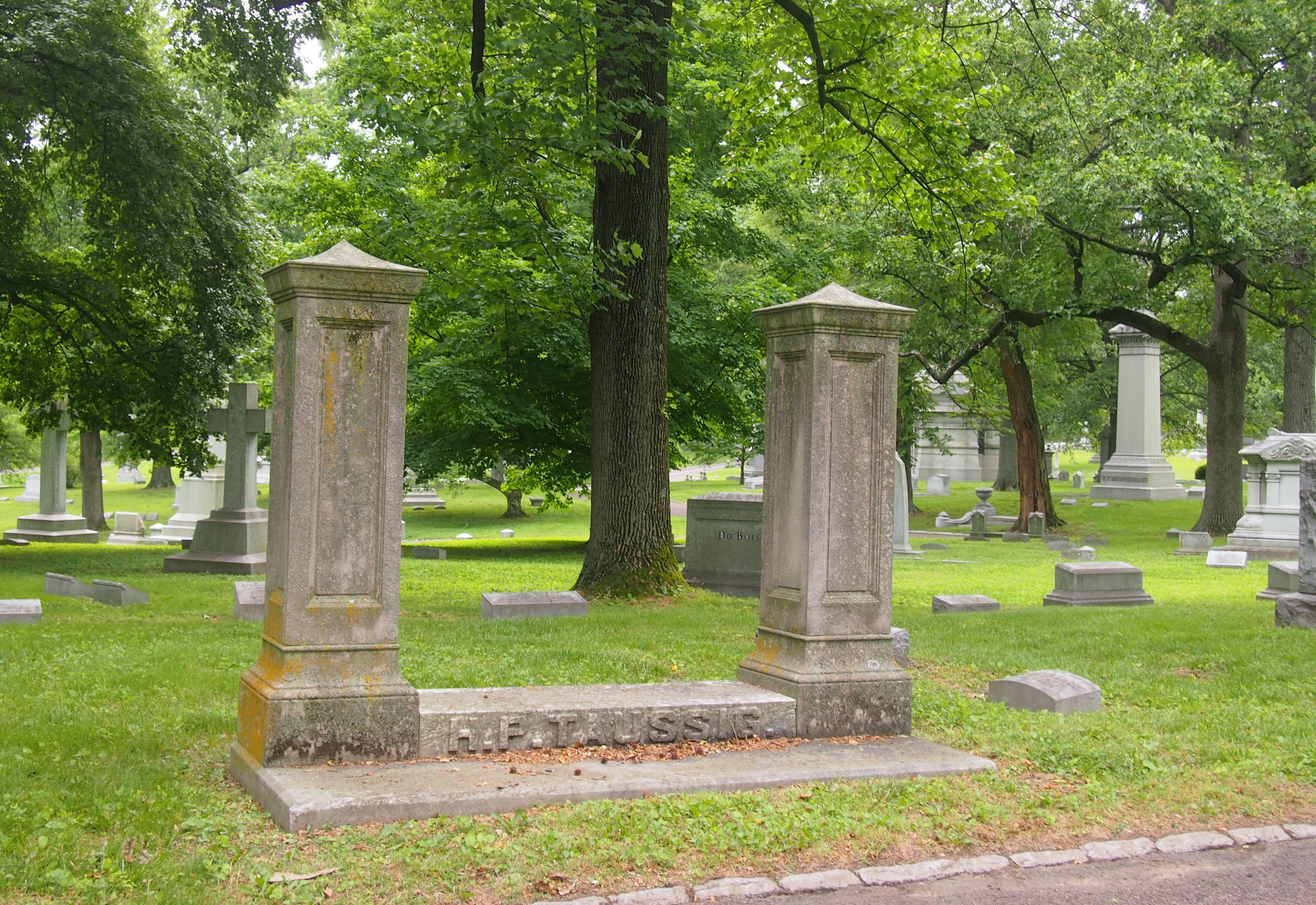
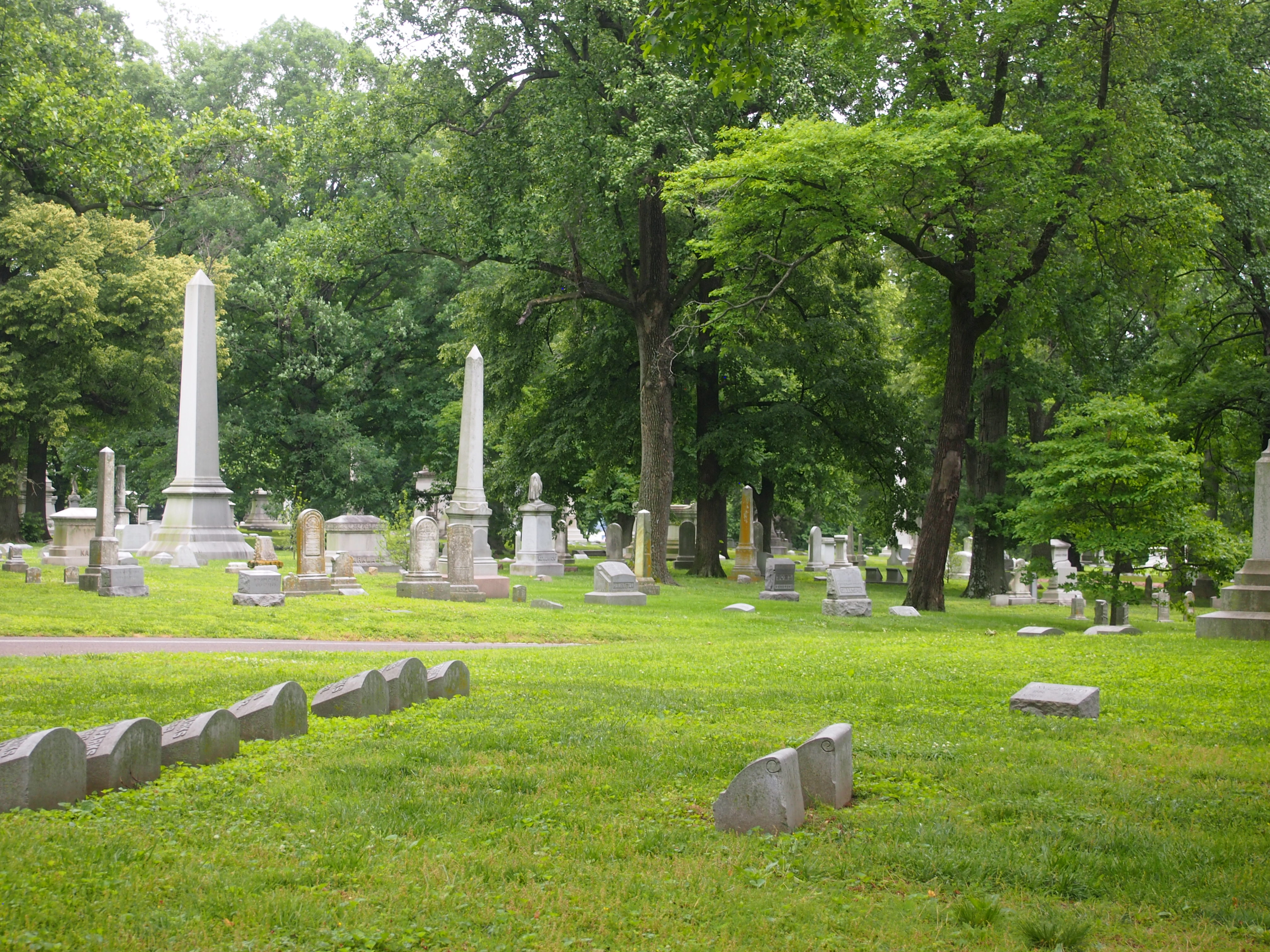 Bellefontaine’s web site has a well-written short history of the place, including its founding, the splashy dedication event in 1850, the work of long-time grounds superintendent Almerin Hotchkiss (1816-1903; he still resides at Bellefontaine), and a paragraph about post-Victorian cemetery aesthetics, something I didn’t realize.
Bellefontaine’s web site has a well-written short history of the place, including its founding, the splashy dedication event in 1850, the work of long-time grounds superintendent Almerin Hotchkiss (1816-1903; he still resides at Bellefontaine), and a paragraph about post-Victorian cemetery aesthetics, something I didn’t realize.
“Nearly 50 years after its founding, Bellefontaine was inspired to modernize. Spring Grove Cemetery in Cincinnati and the burgeoning landscape-lawn cemetery design movement ushered in a new aesthetic that replaced ornate and elaborate Victorian fences and hedges with open, cross-lawn views.
“Bellefontaine followed suit by removing hedges, fences, elaborate plantings, and stone copings. Open, cross-lawn views became the more common aesthetic of the cemetery, bringing Bellefontaine in line with modern ideas about cemetery design. The changes also made Bellefontaine appear more open and park-like, creating a more integrated landscape composition than the earlier delineation of individual lots with distinctly defined spaces.”
The cemetery sports a fair amount of funerary art, such as the Hilts memorial, whose angel has spent many years out in the elements.
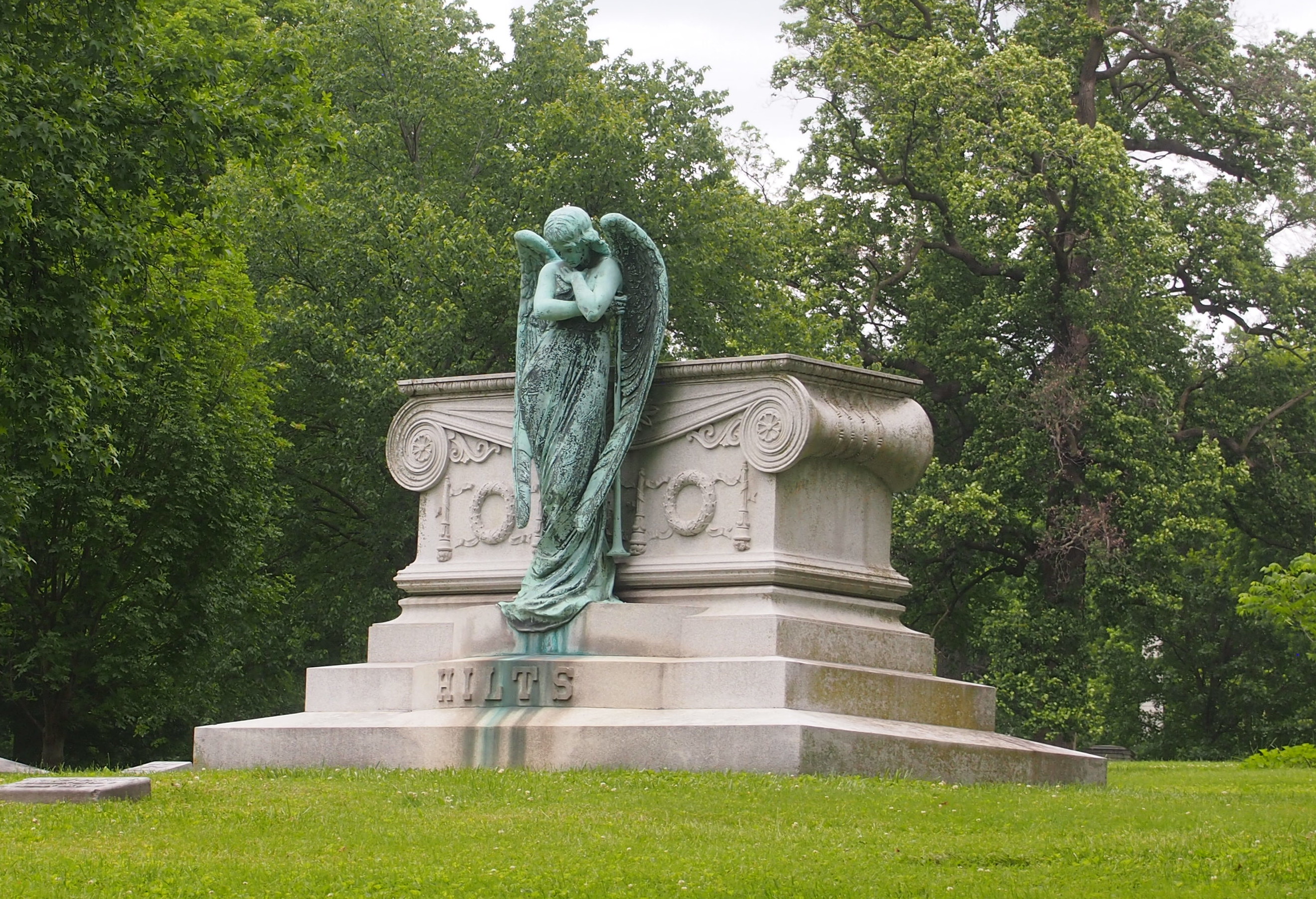 This memorial says it remembers the “nobelest, dearest, gentlest and most unselfish of women, Ottilie Stephan, wife of Henry Hiemenz Jr.” (1858-1897). Well, let’s hope so.
This memorial says it remembers the “nobelest, dearest, gentlest and most unselfish of women, Ottilie Stephan, wife of Henry Hiemenz Jr.” (1858-1897). Well, let’s hope so.
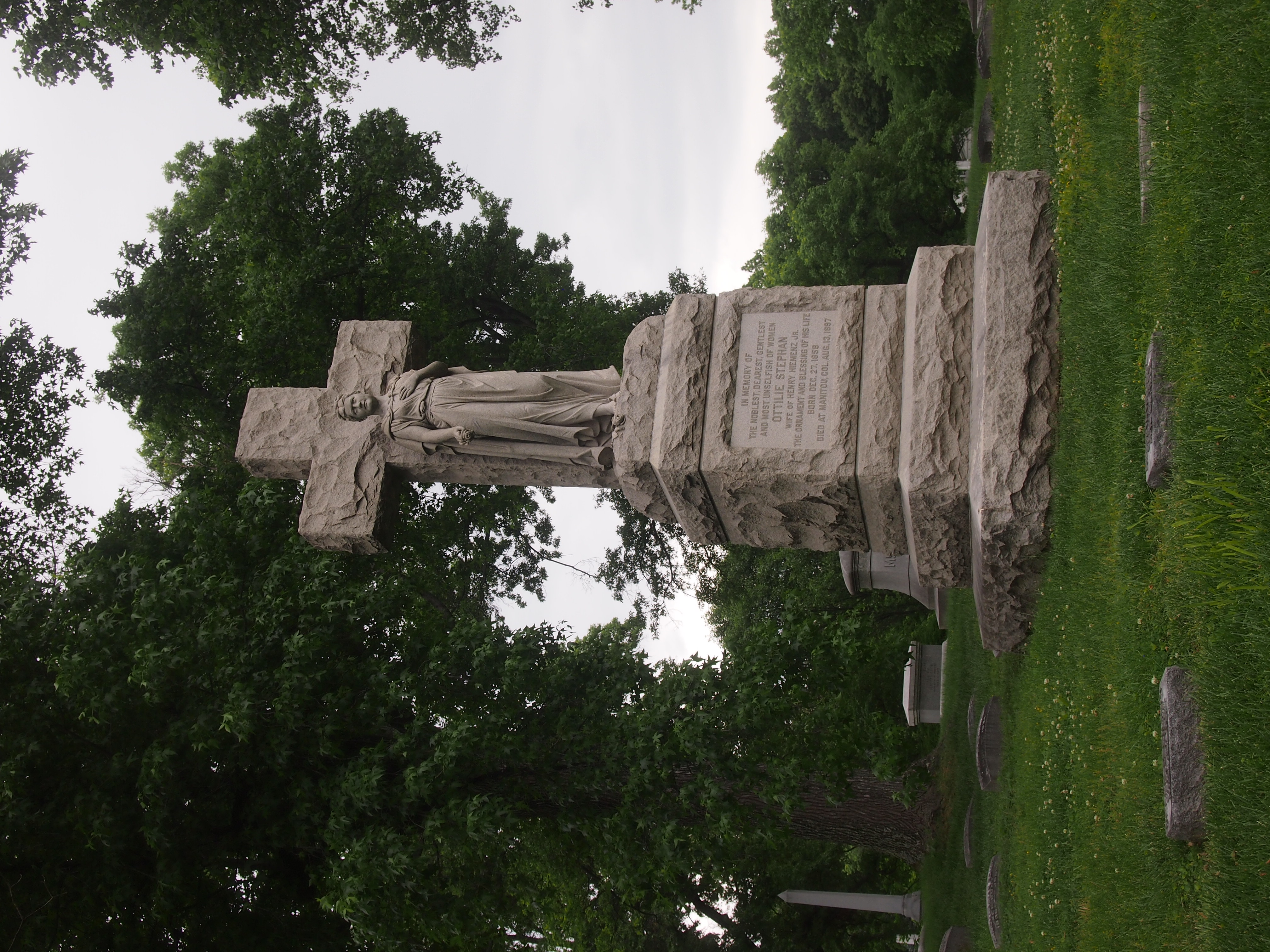 Bellefontaine is also known for its mausoleums. Such as one for Ellis Wainwright and family.
Bellefontaine is also known for its mausoleums. Such as one for Ellis Wainwright and family.
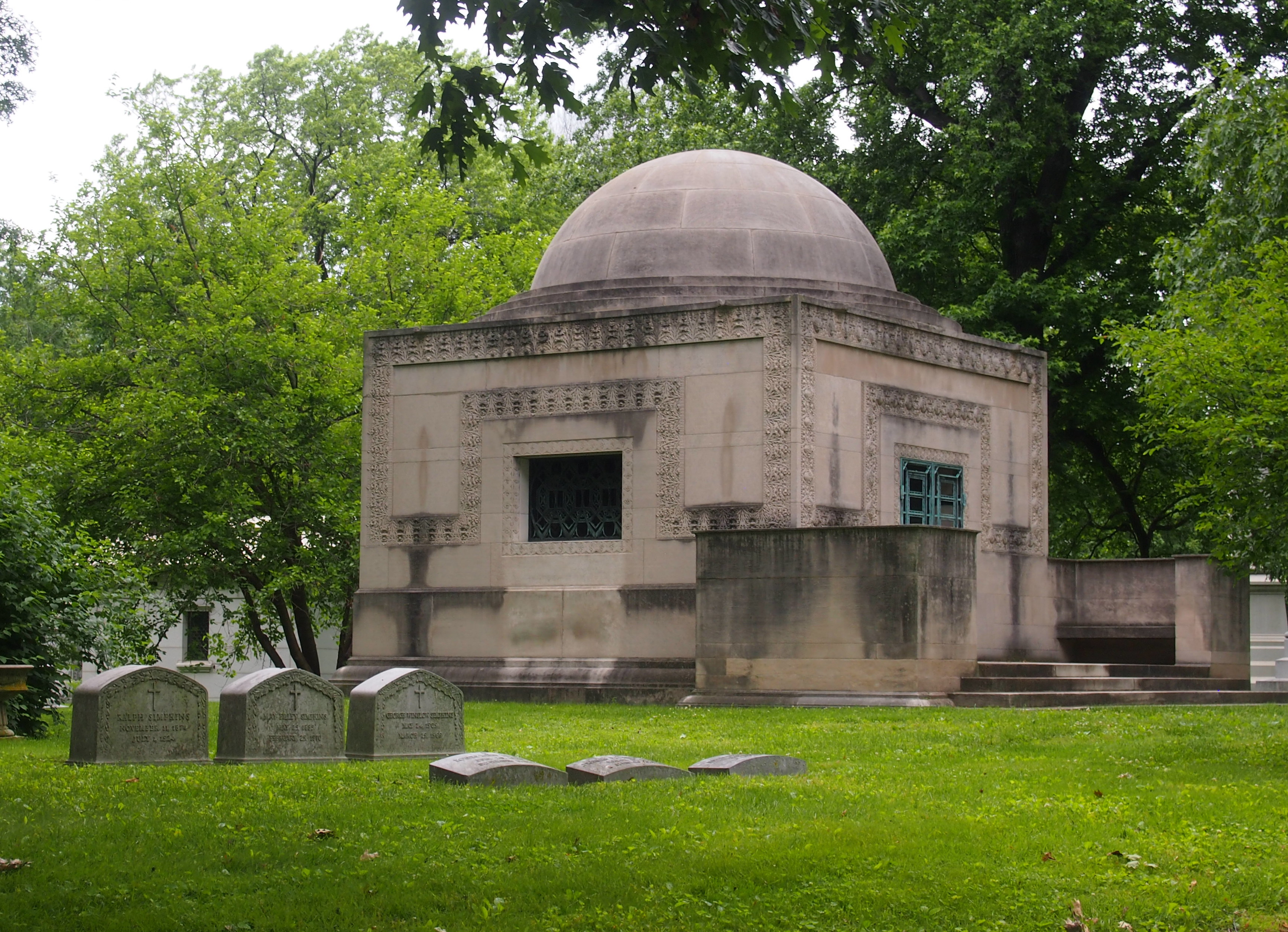 “In 1891, St. Louis millionaire and brewer Ellis Wainwright commissioned architect Louis Sullivan to design a tomb for his wife who had died suddenly of peritonitis,” the cemetery tells us. “Sullivan had recently completed the Wainwright Building in St. Louis, which is considered to be the beginning of modern skyscraper design. The mausoleum is a domed cube with simple carved decorations in Sullivan’s signature stylized plant patterns. The mausoleum’s double doors are bronze grills framed by delicate stone carvings. Sullivan’s draftsman for the project was Frank Lloyd Wright.”
“In 1891, St. Louis millionaire and brewer Ellis Wainwright commissioned architect Louis Sullivan to design a tomb for his wife who had died suddenly of peritonitis,” the cemetery tells us. “Sullivan had recently completed the Wainwright Building in St. Louis, which is considered to be the beginning of modern skyscraper design. The mausoleum is a domed cube with simple carved decorations in Sullivan’s signature stylized plant patterns. The mausoleum’s double doors are bronze grills framed by delicate stone carvings. Sullivan’s draftsman for the project was Frank Lloyd Wright.”
The Tate mausoleum is a little different.
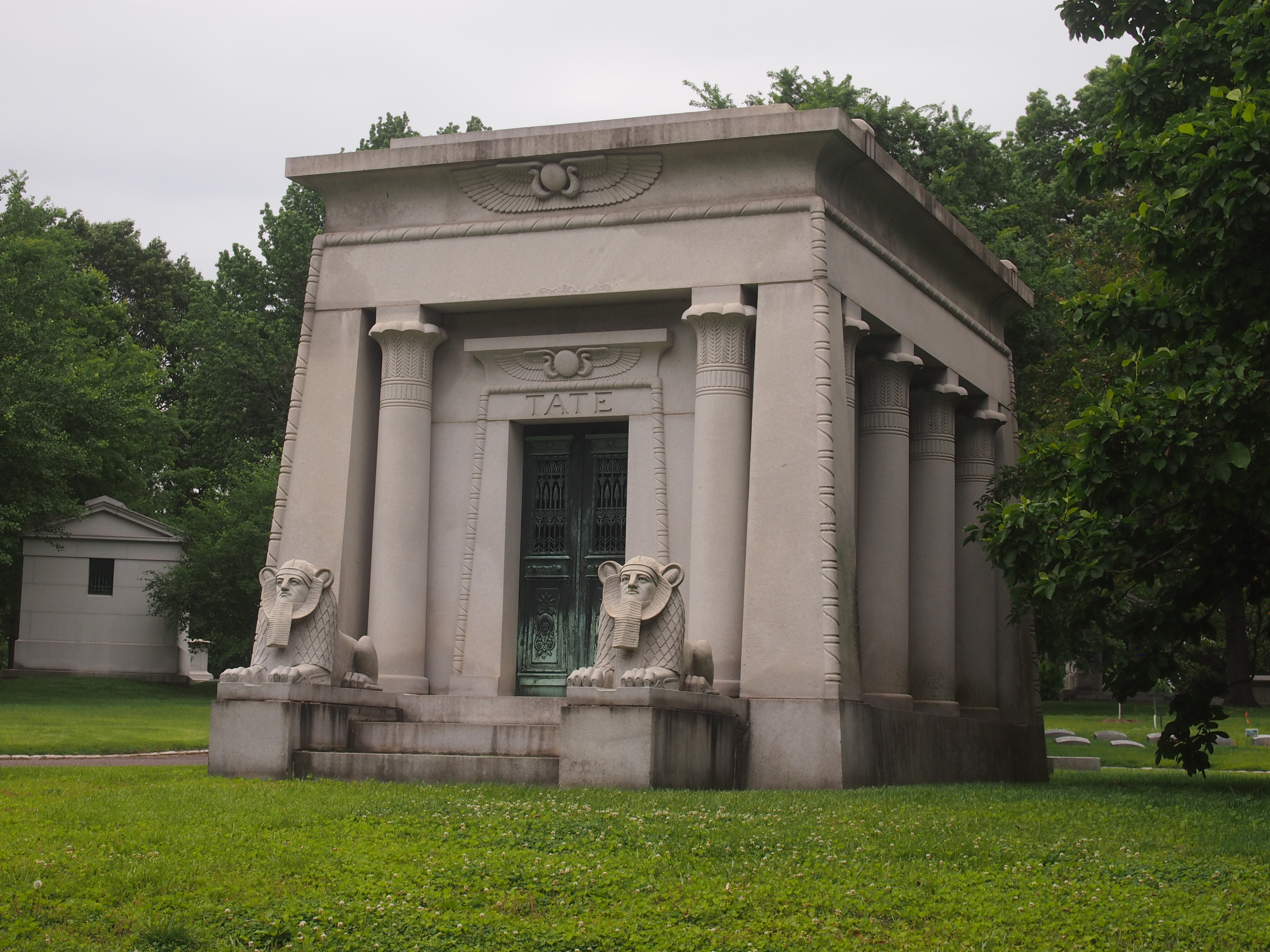 “This Egyptian Revival mausoleum, designed by Eames and Young, was built in 1907 by Frank N. Tate, who at the time controlled most of the theater property in St. Louis. He also owned theaters in Chicago and Buffalo, New York…. The mausoleum has an entry flanked by columns with palm capitals. An Egyptian winged disc is flanked by serpents above the entry, and a pair of granite sphinxes guard the front.”
“This Egyptian Revival mausoleum, designed by Eames and Young, was built in 1907 by Frank N. Tate, who at the time controlled most of the theater property in St. Louis. He also owned theaters in Chicago and Buffalo, New York…. The mausoleum has an entry flanked by columns with palm capitals. An Egyptian winged disc is flanked by serpents above the entry, and a pair of granite sphinxes guard the front.”
